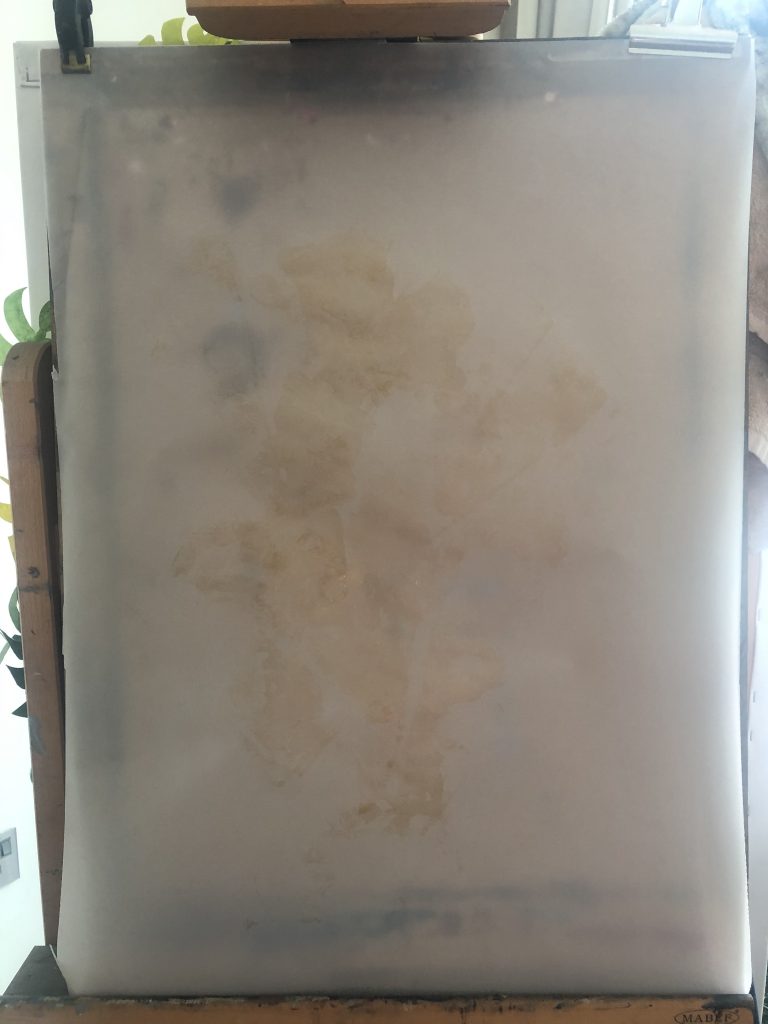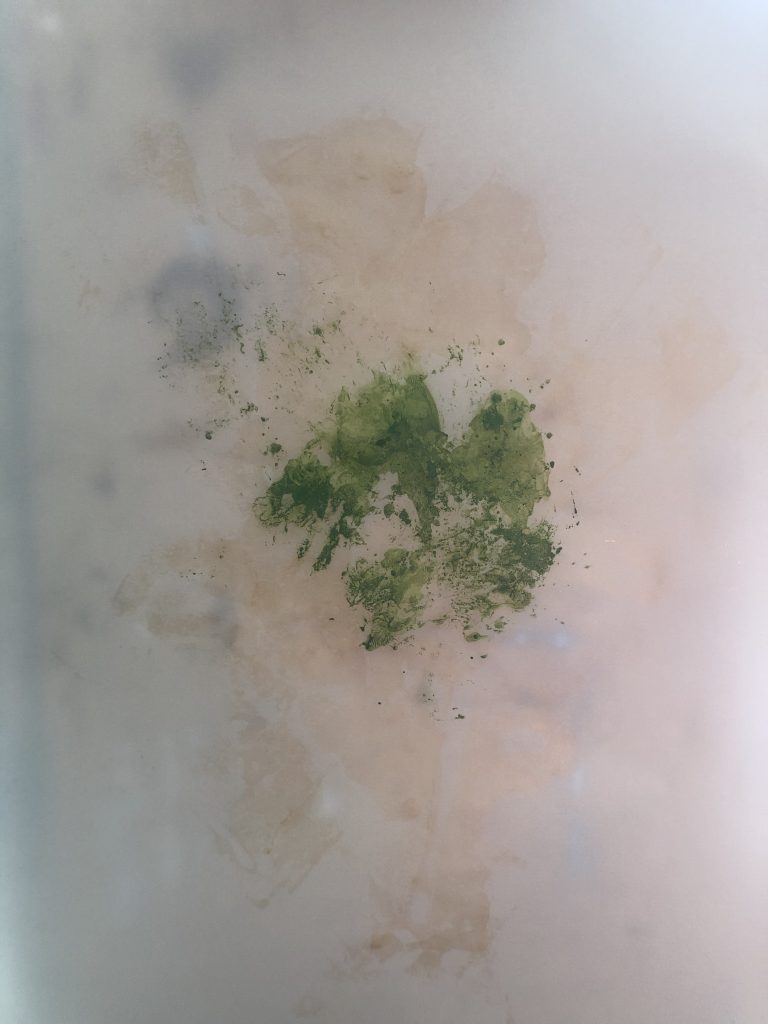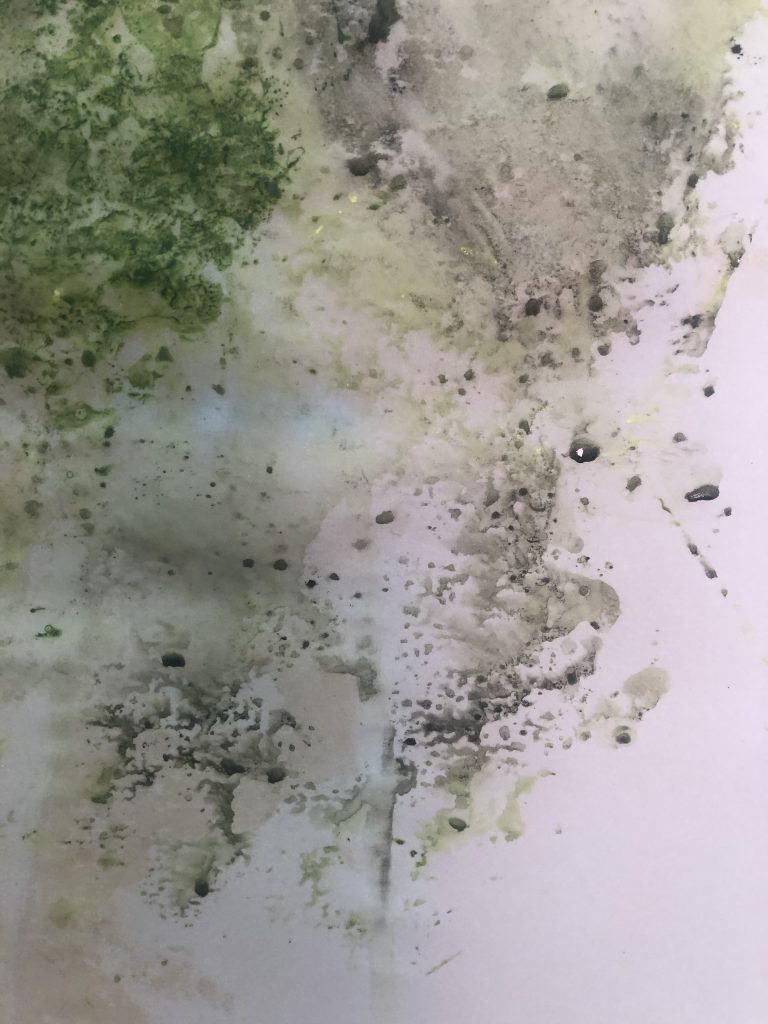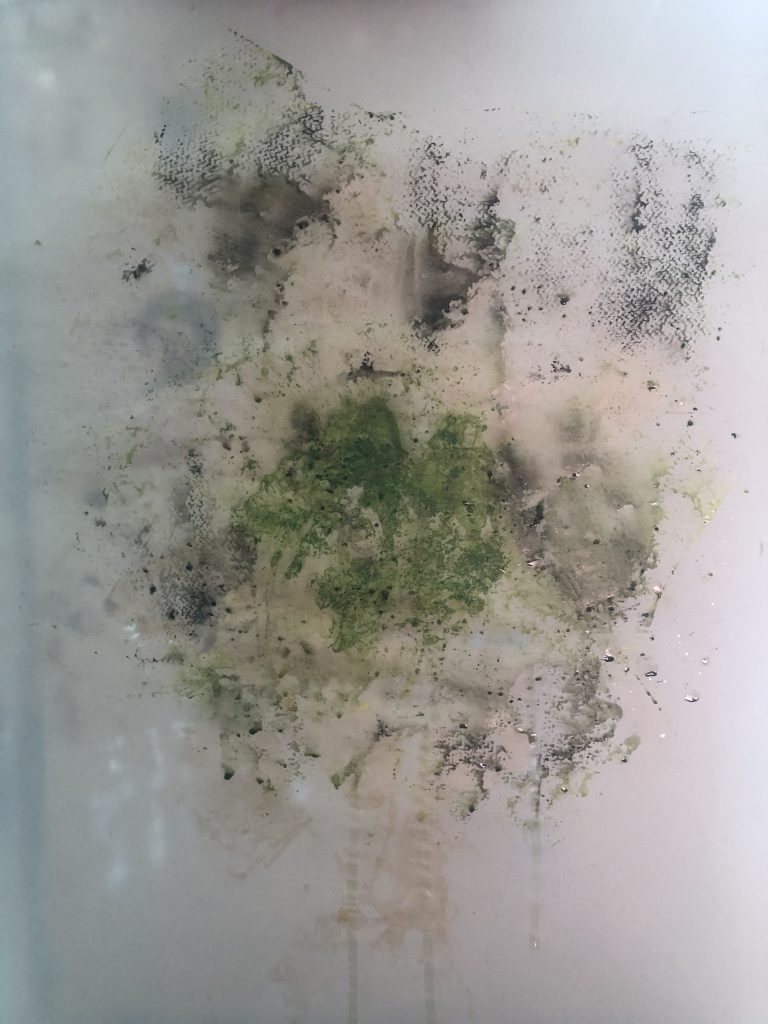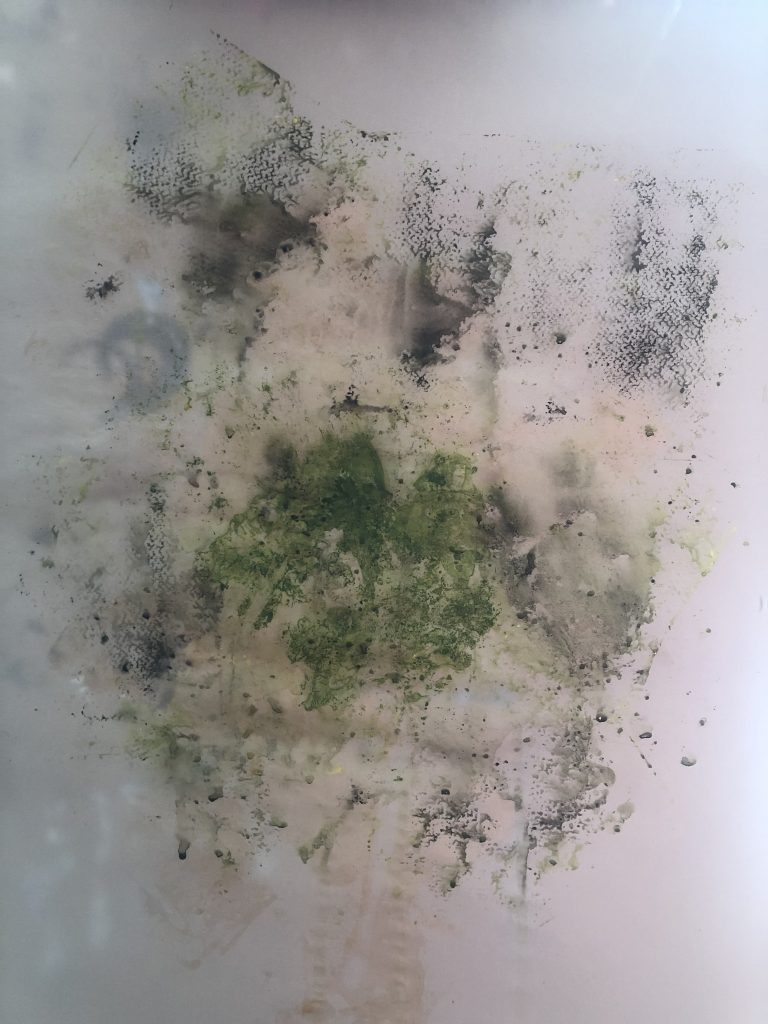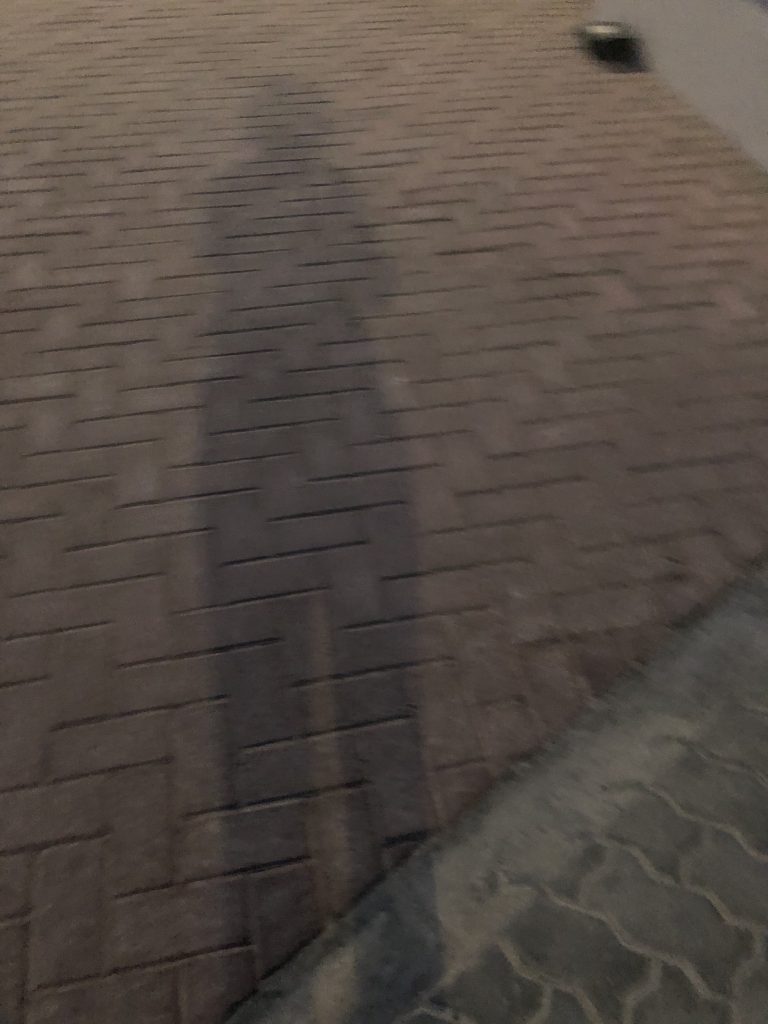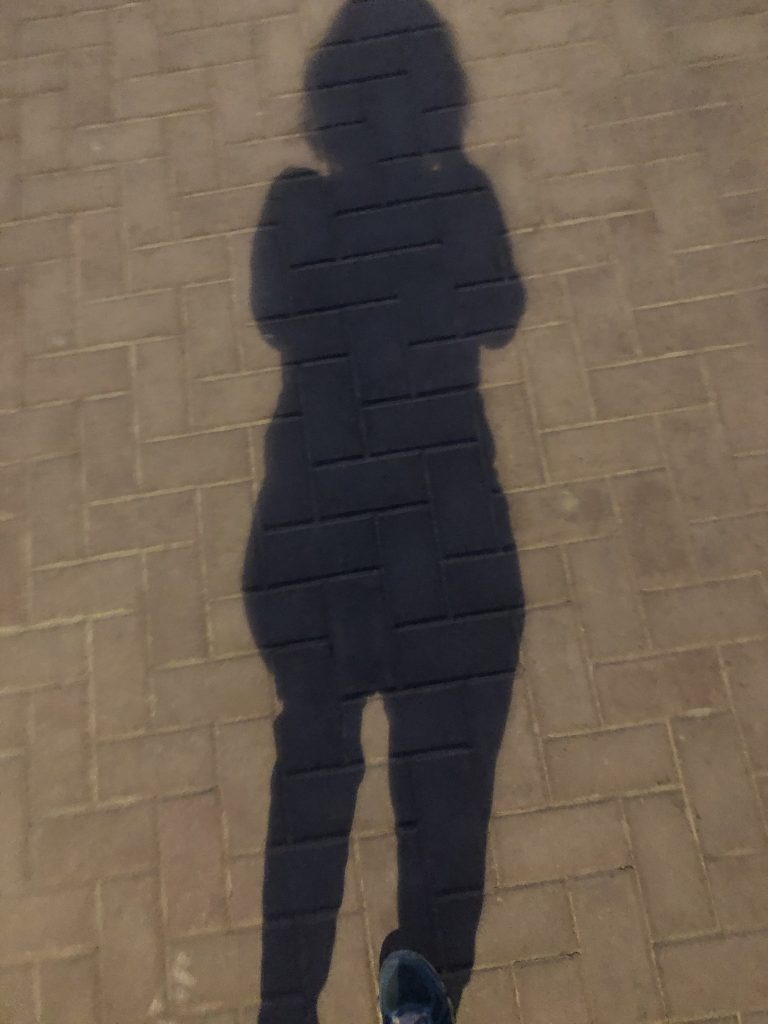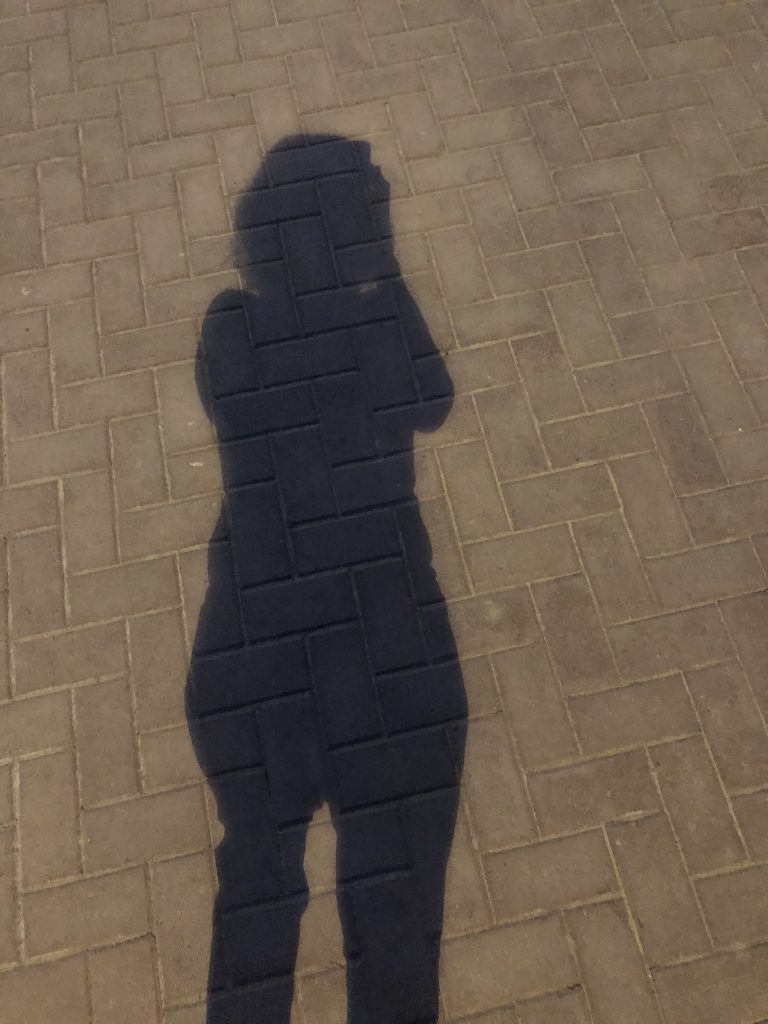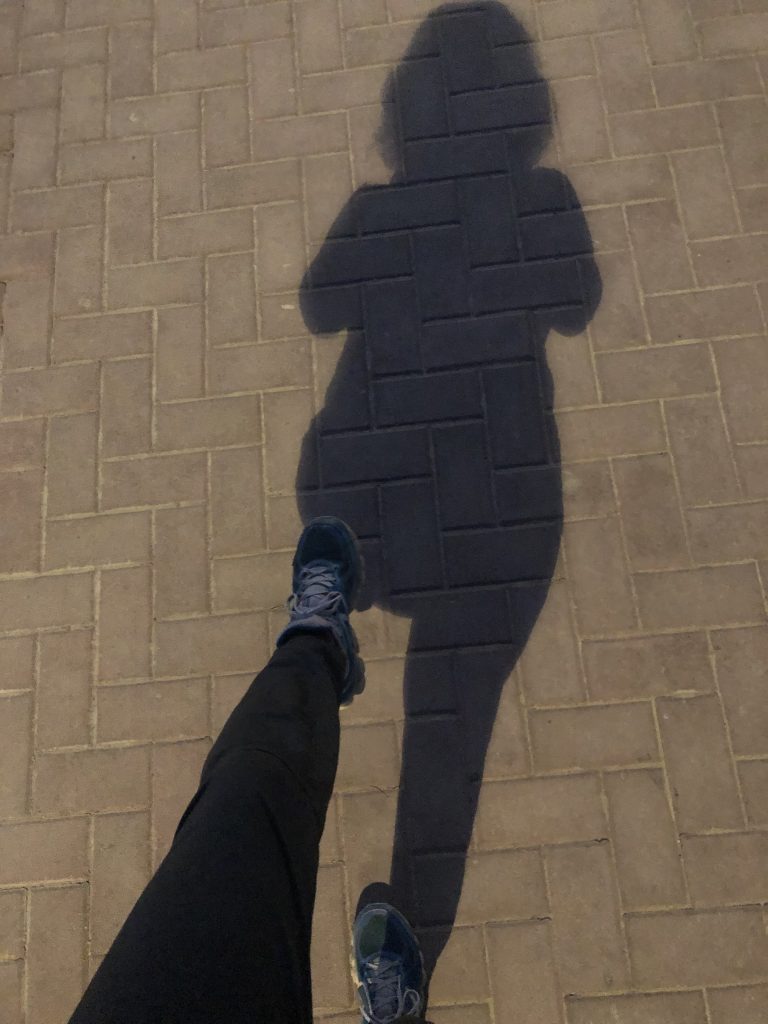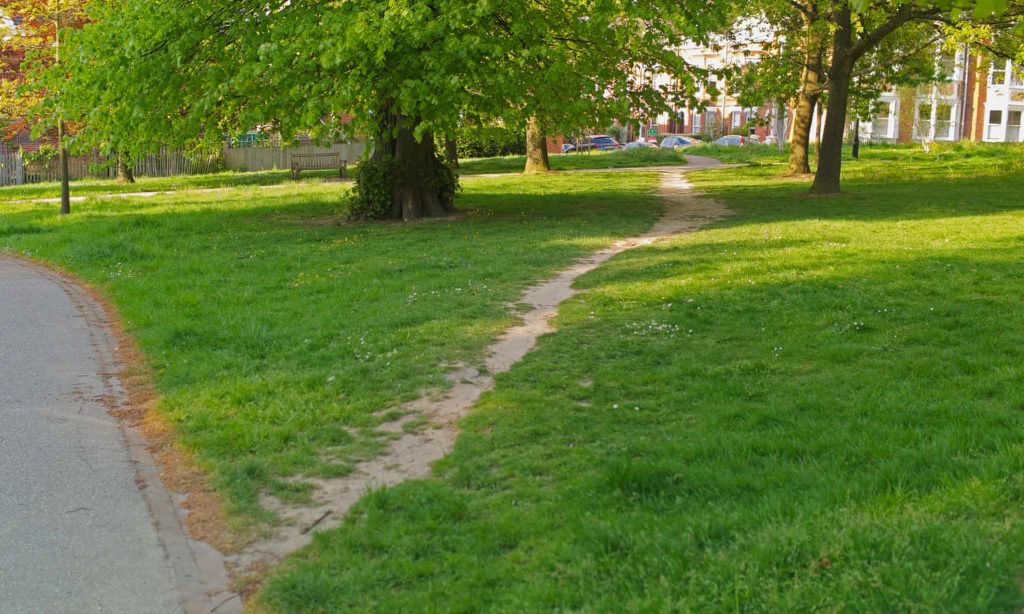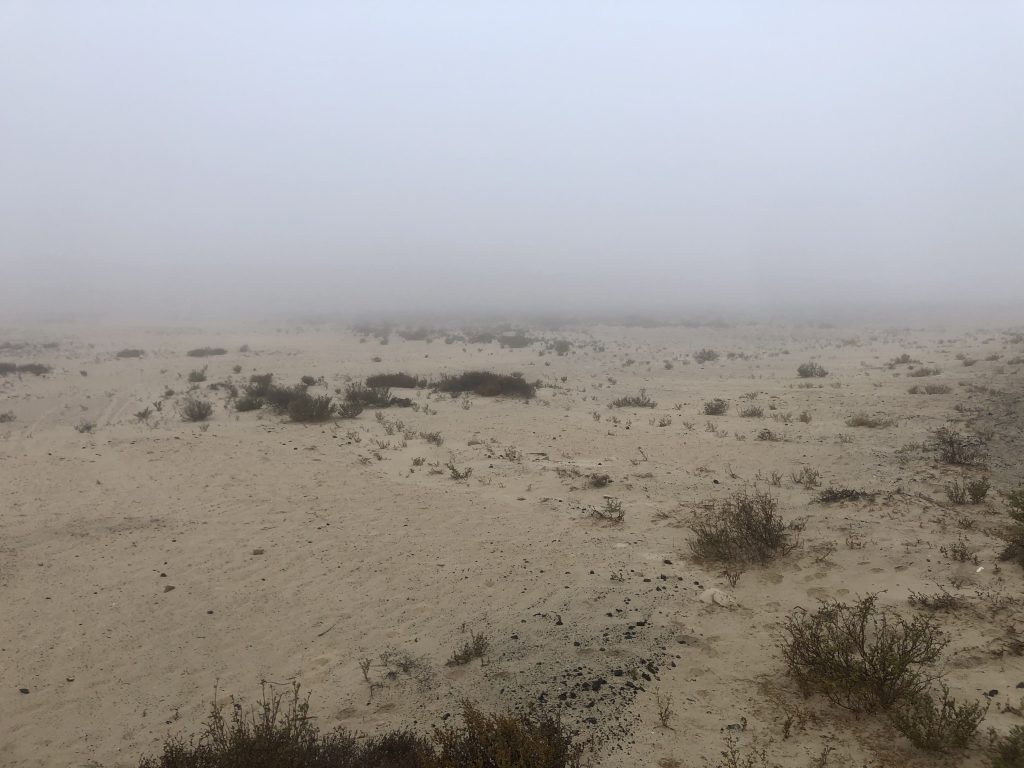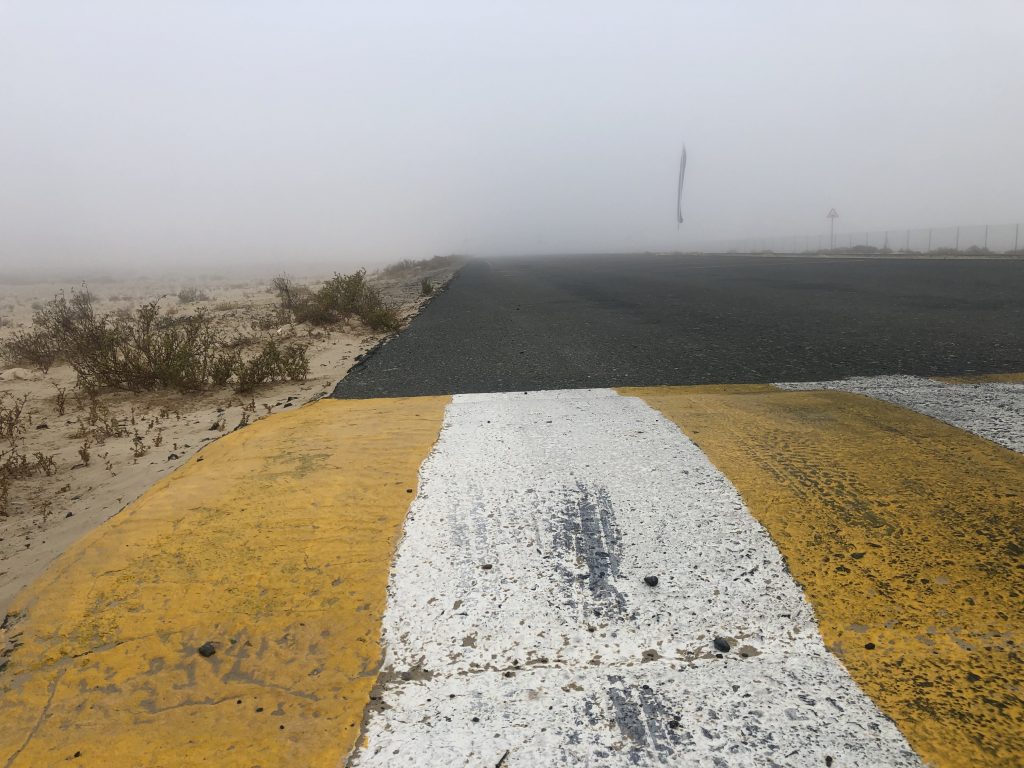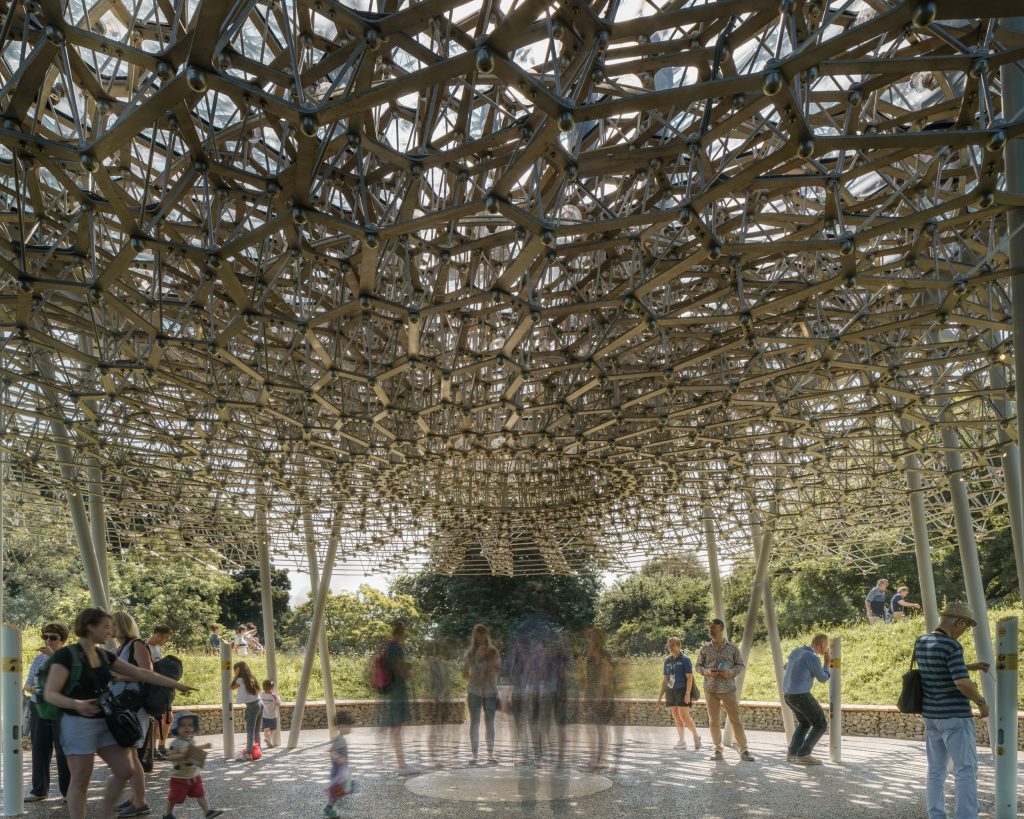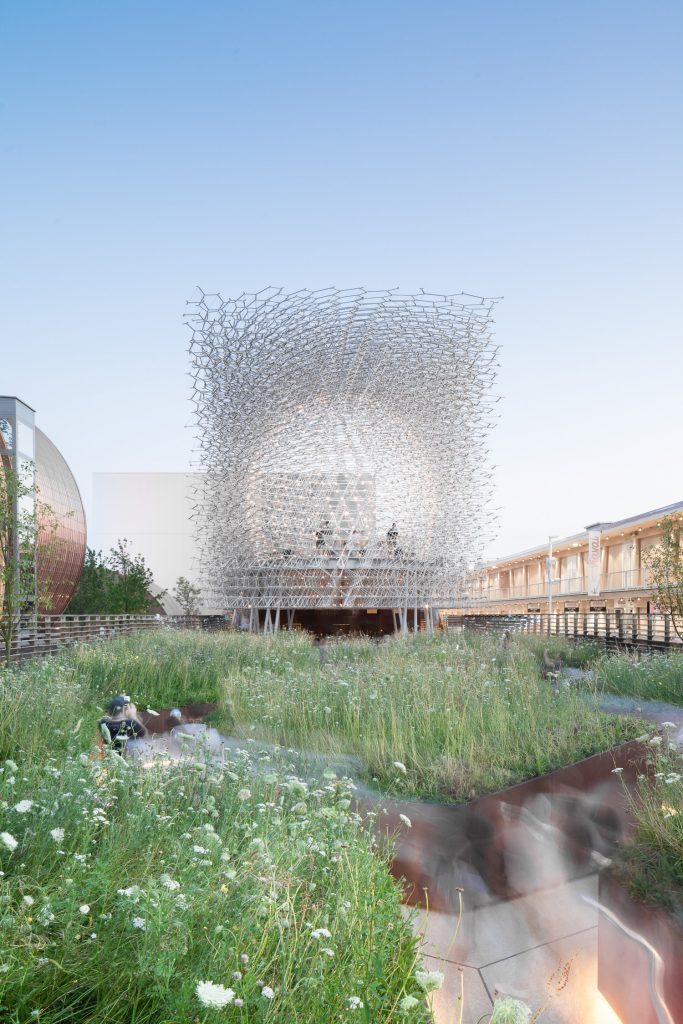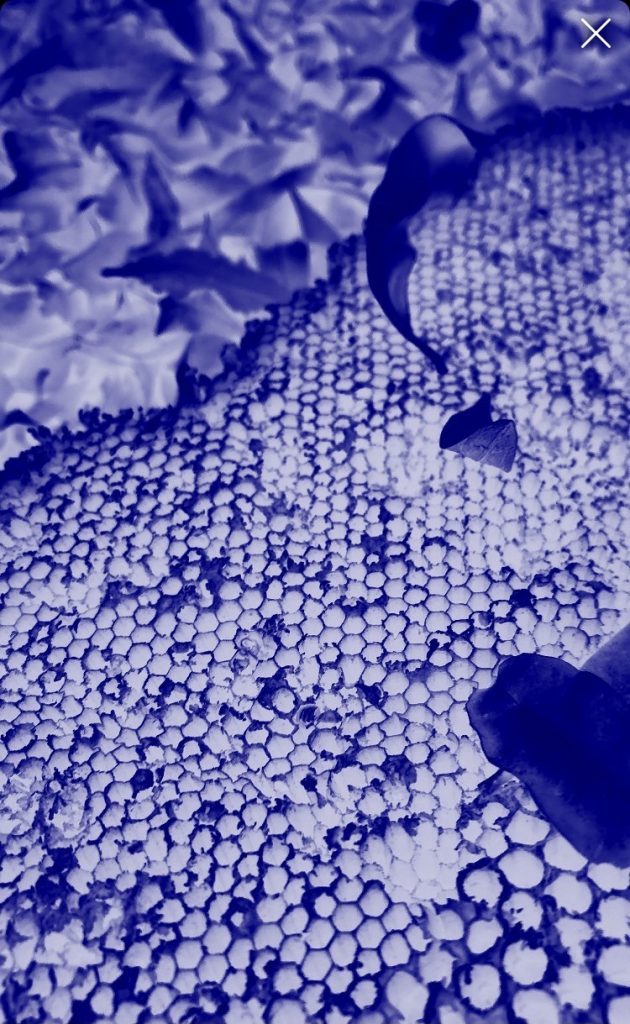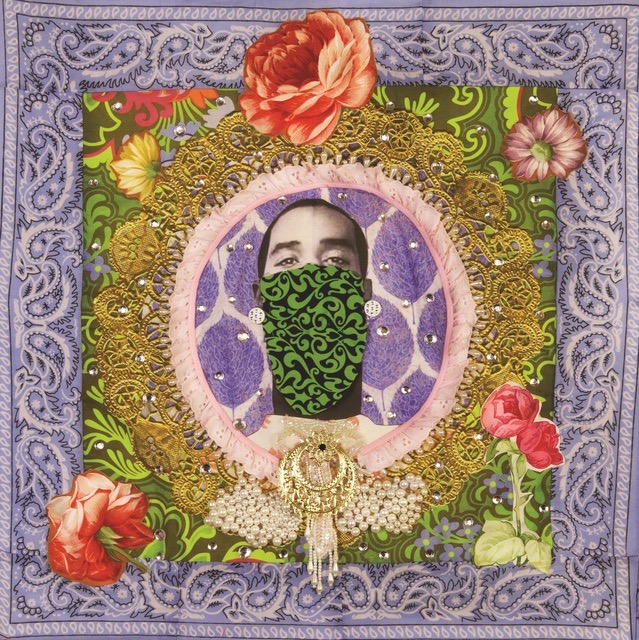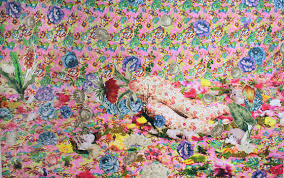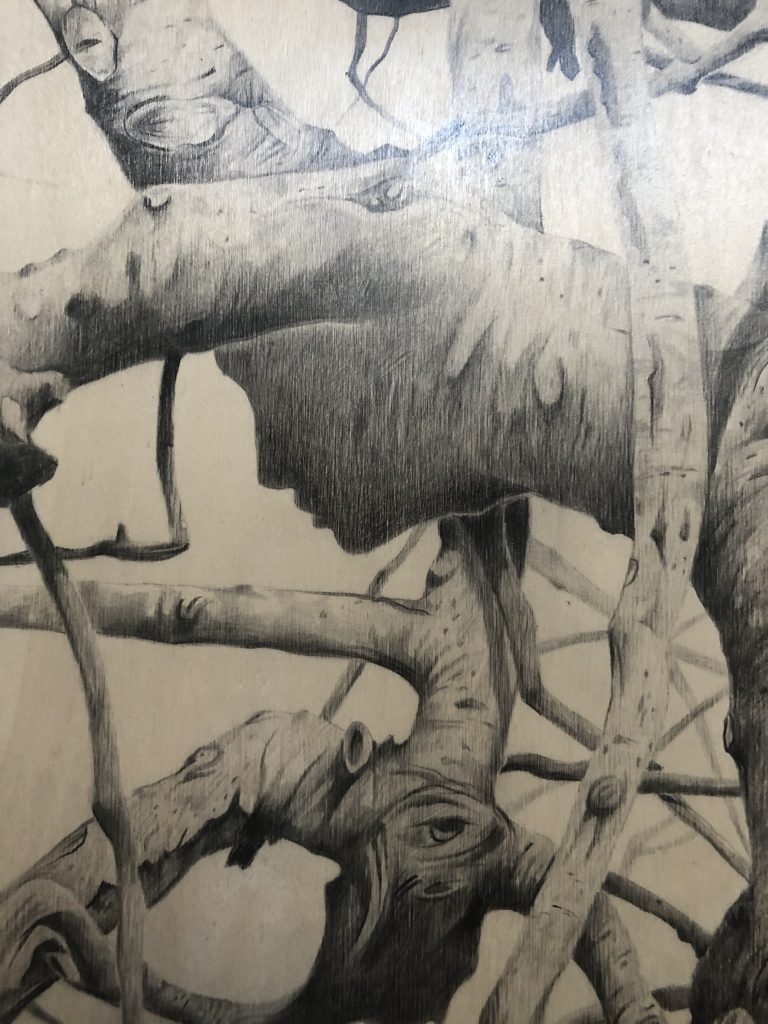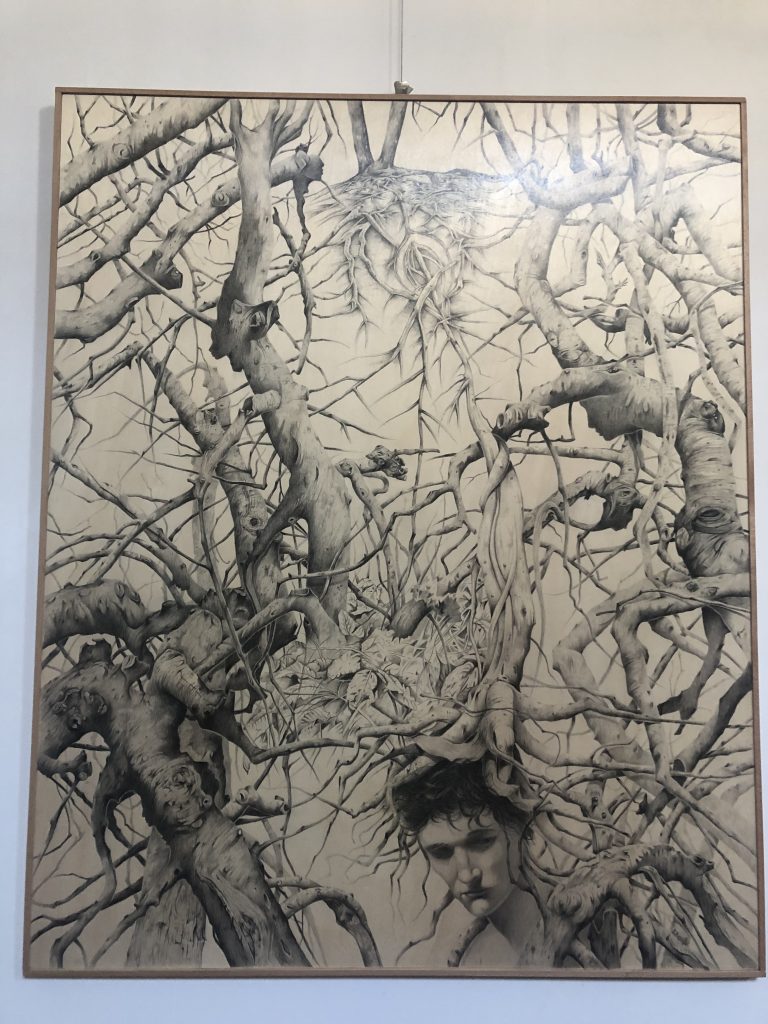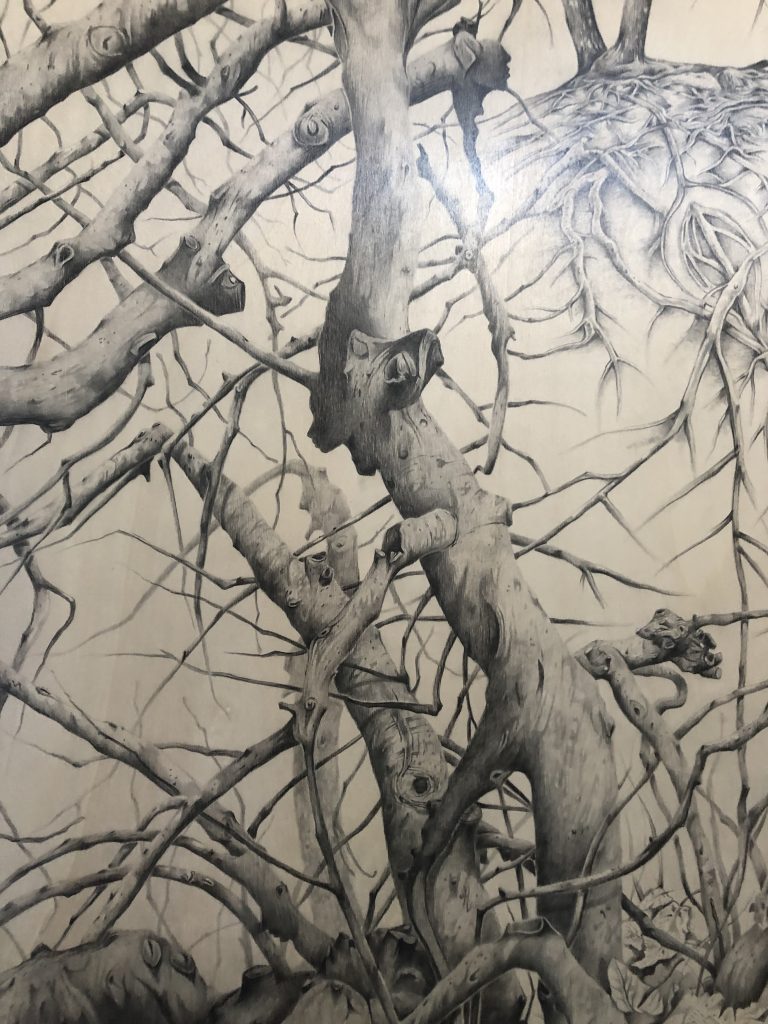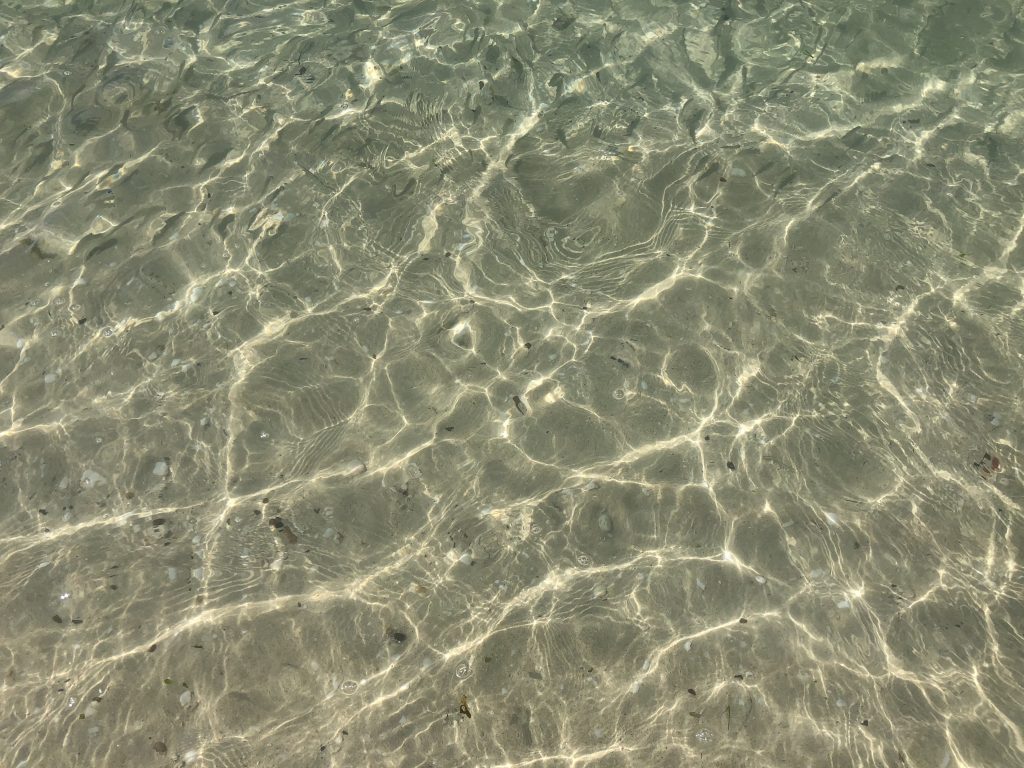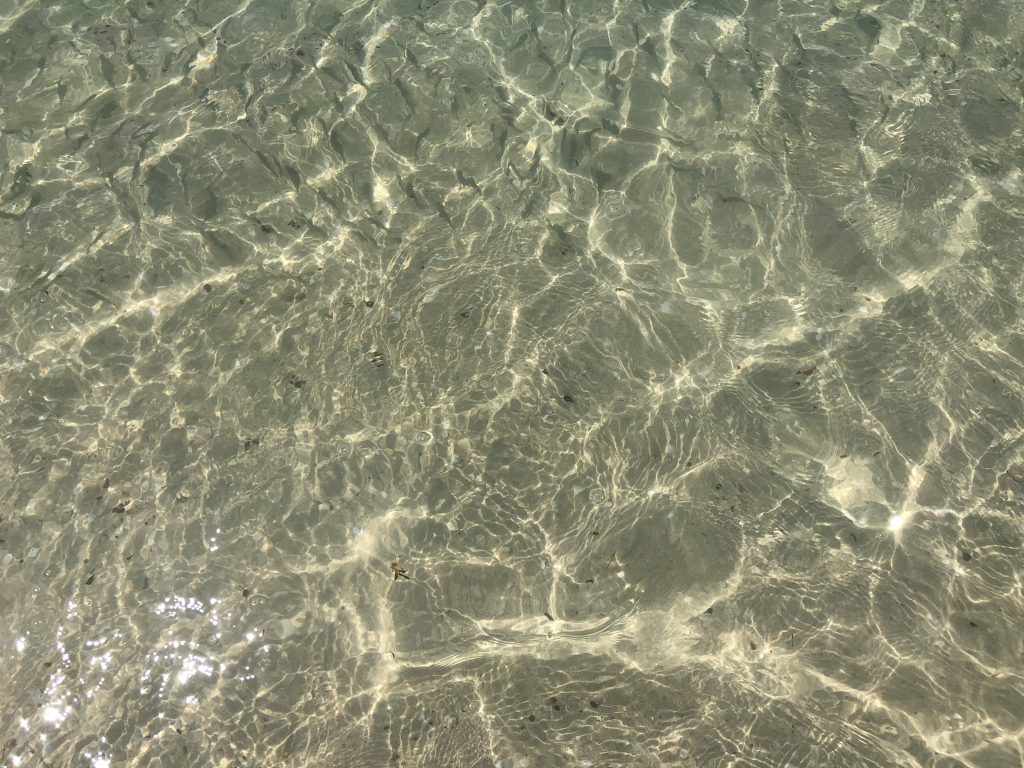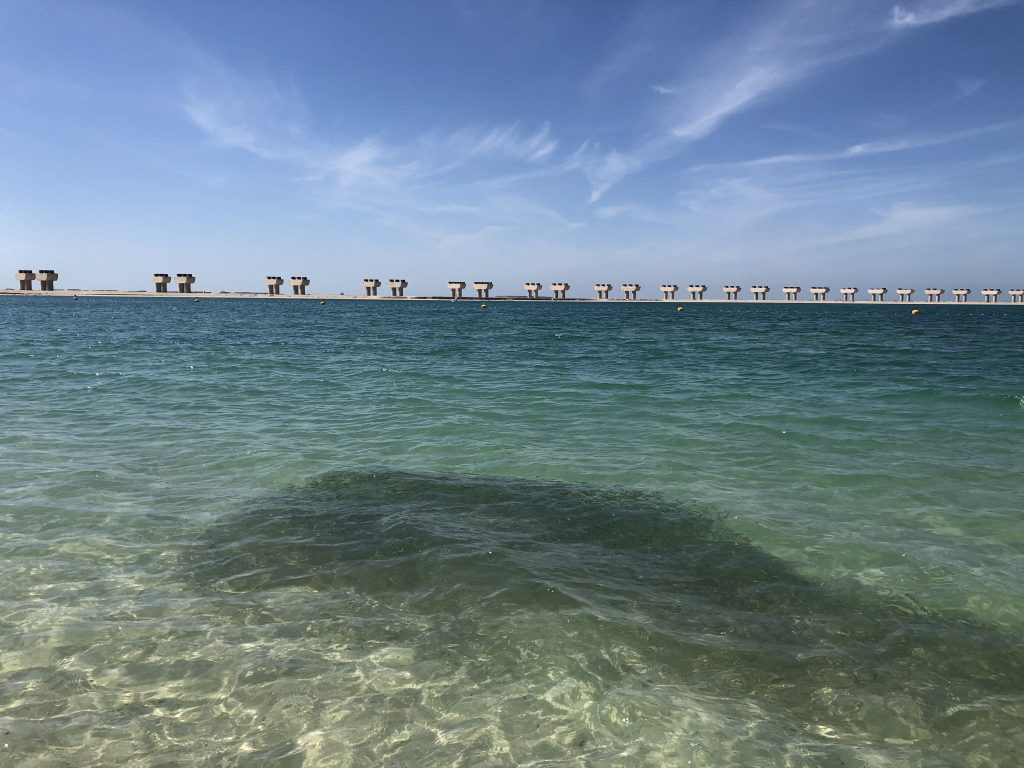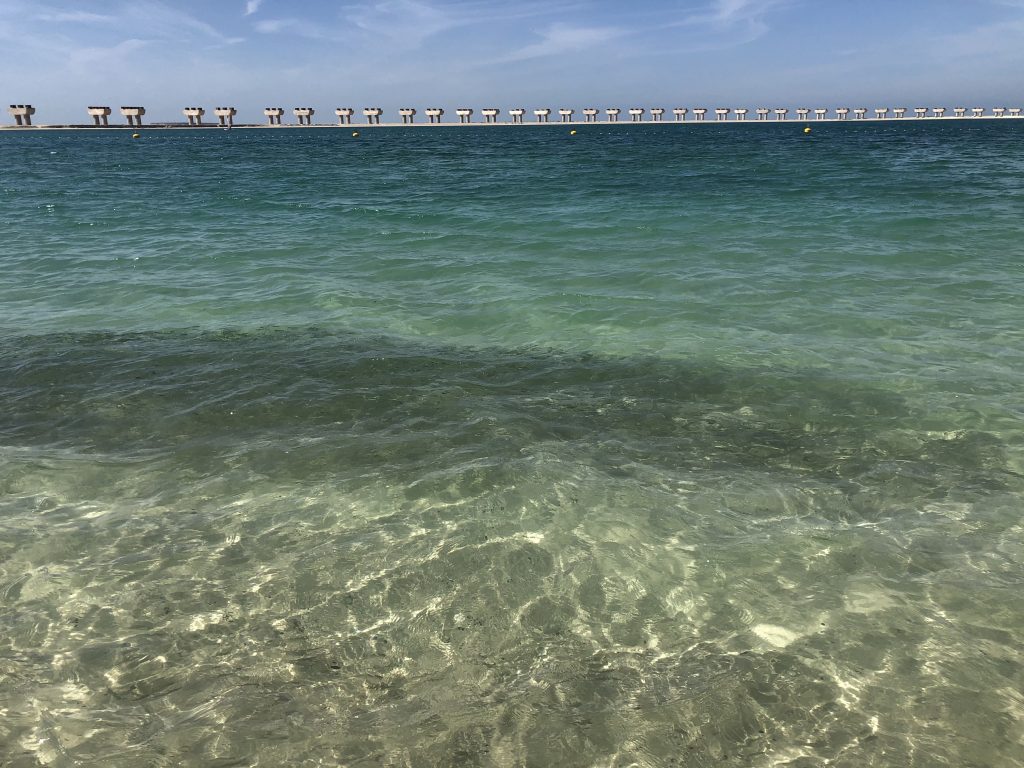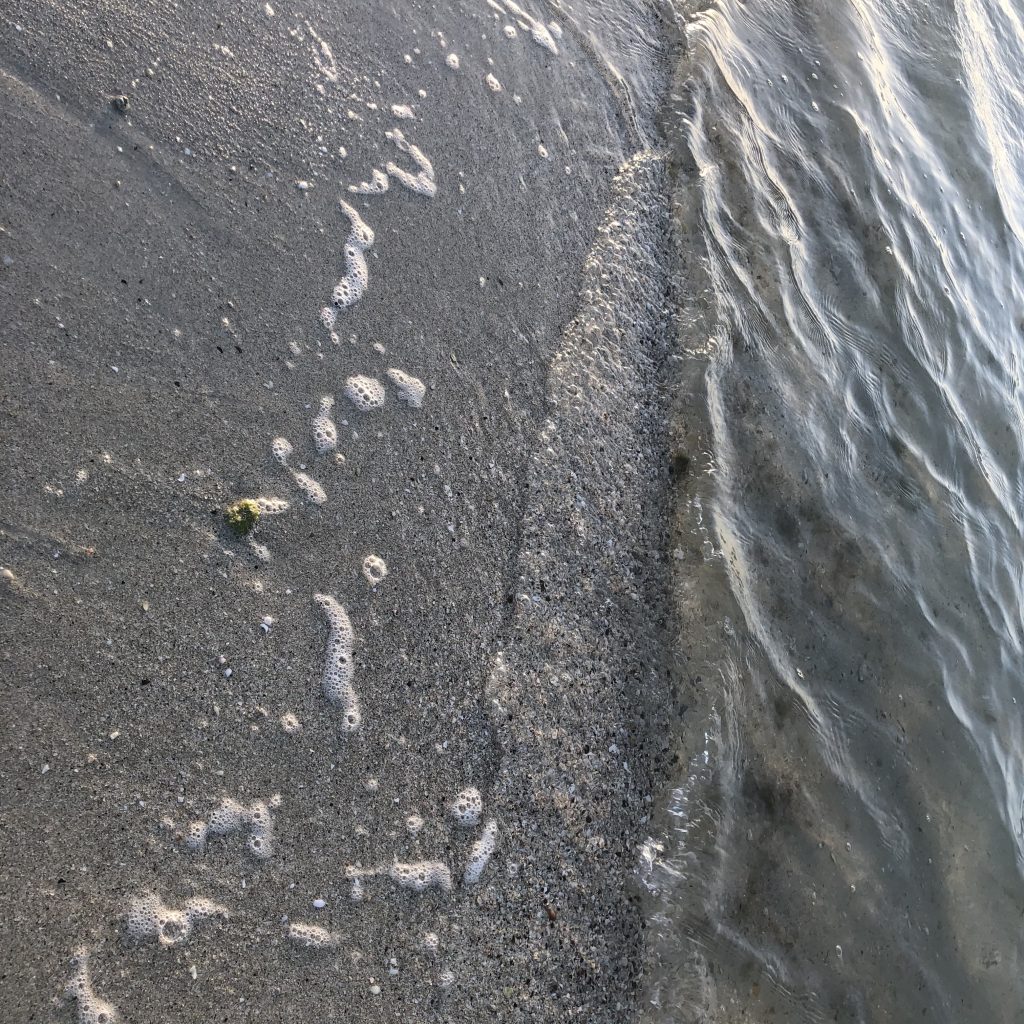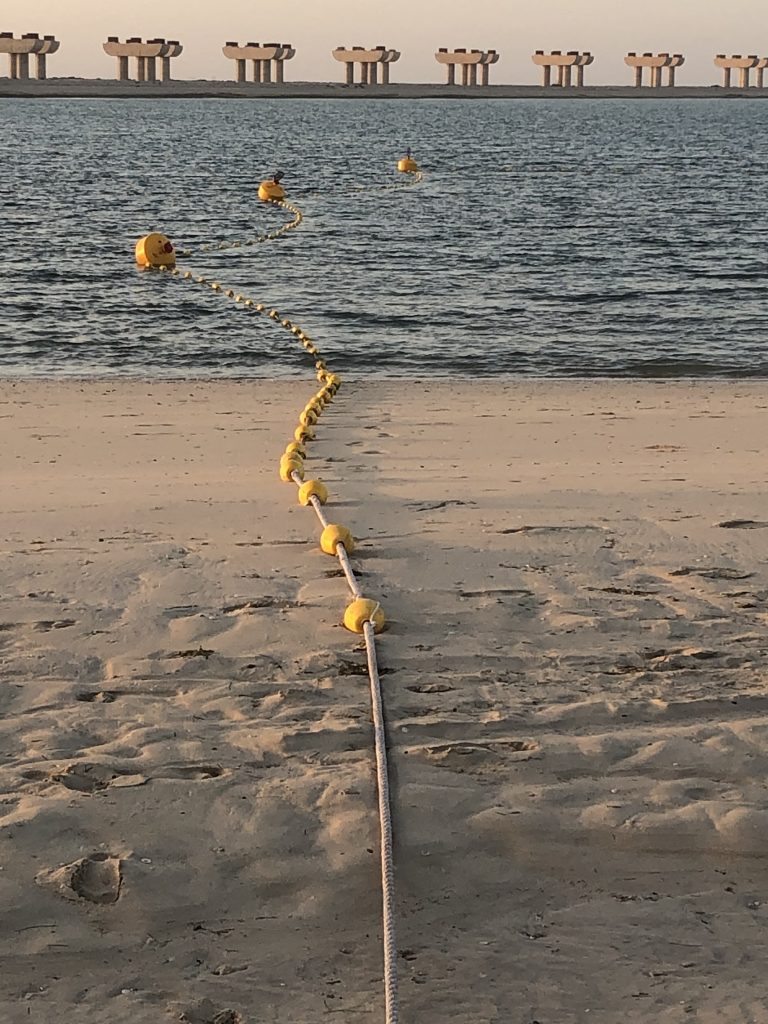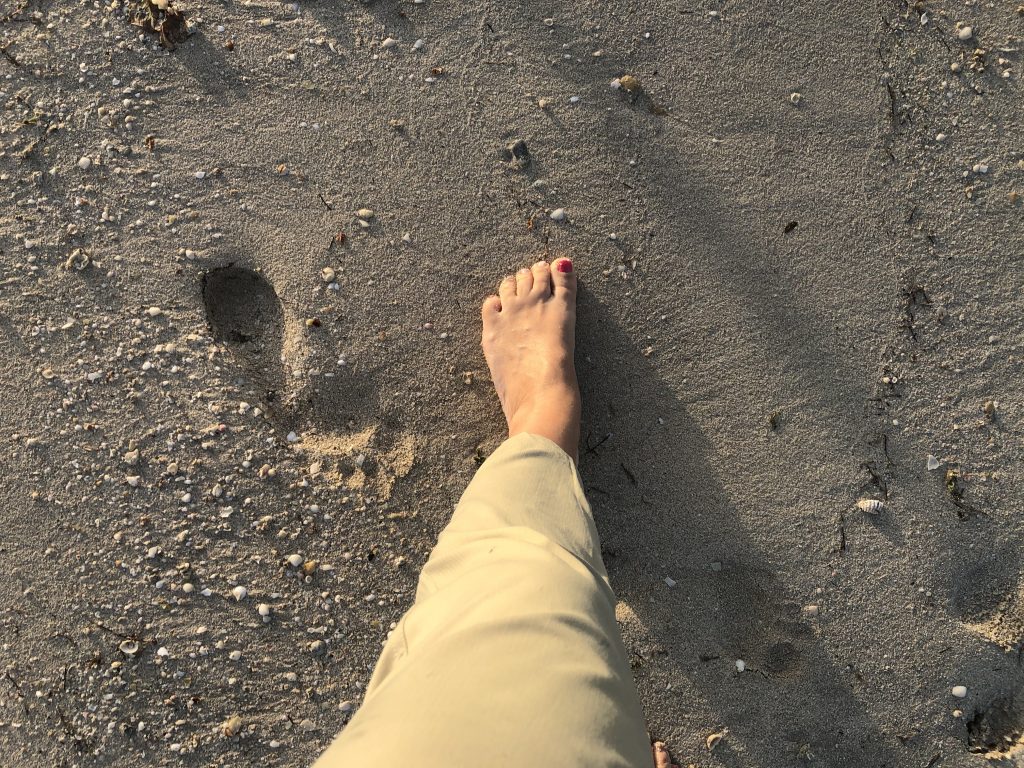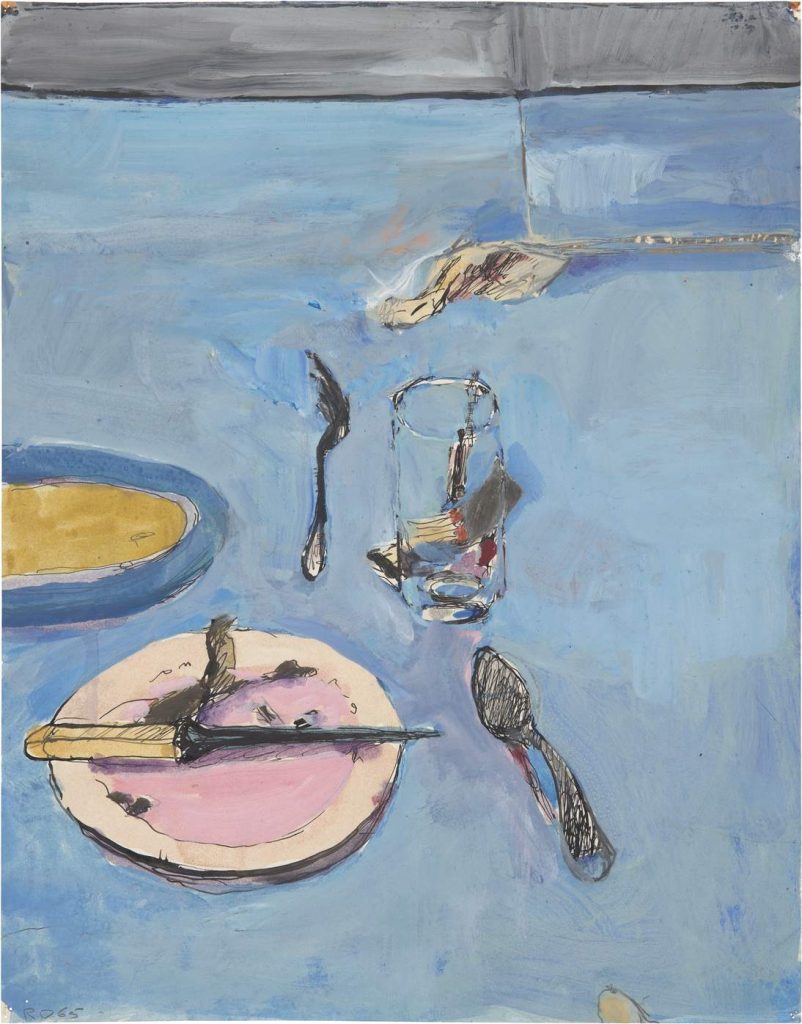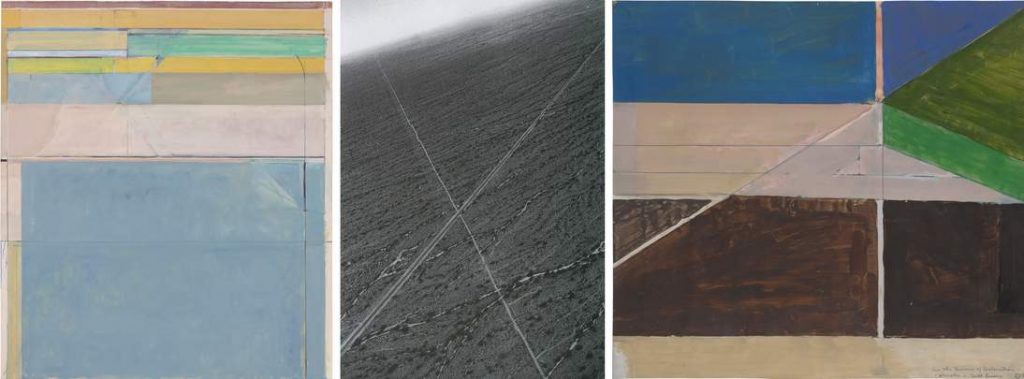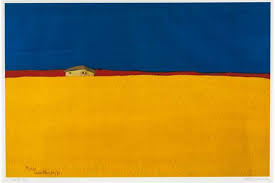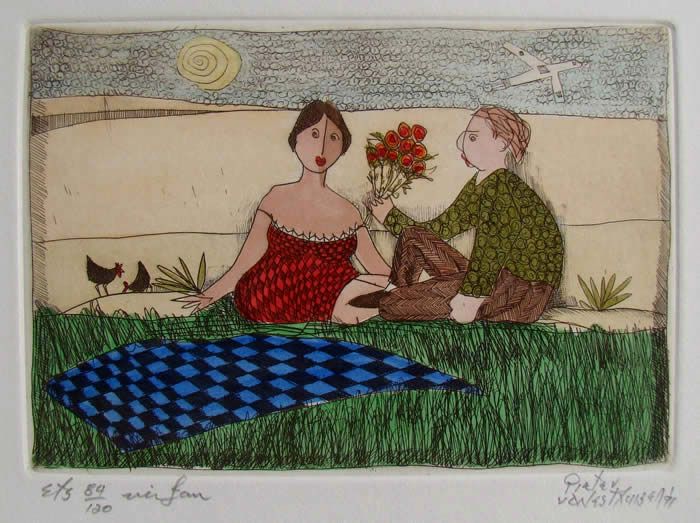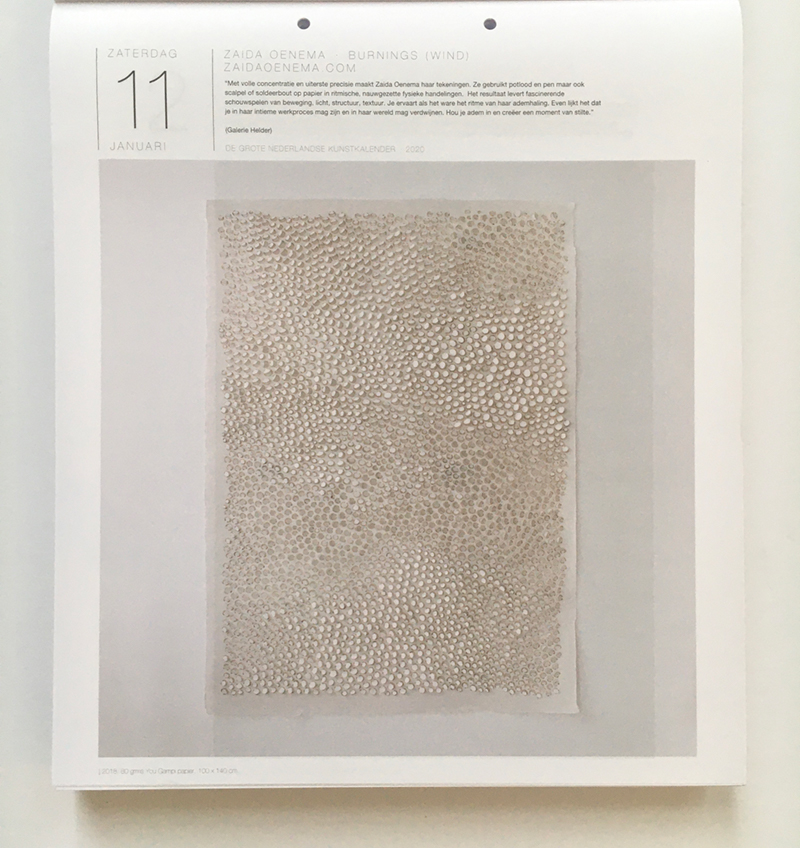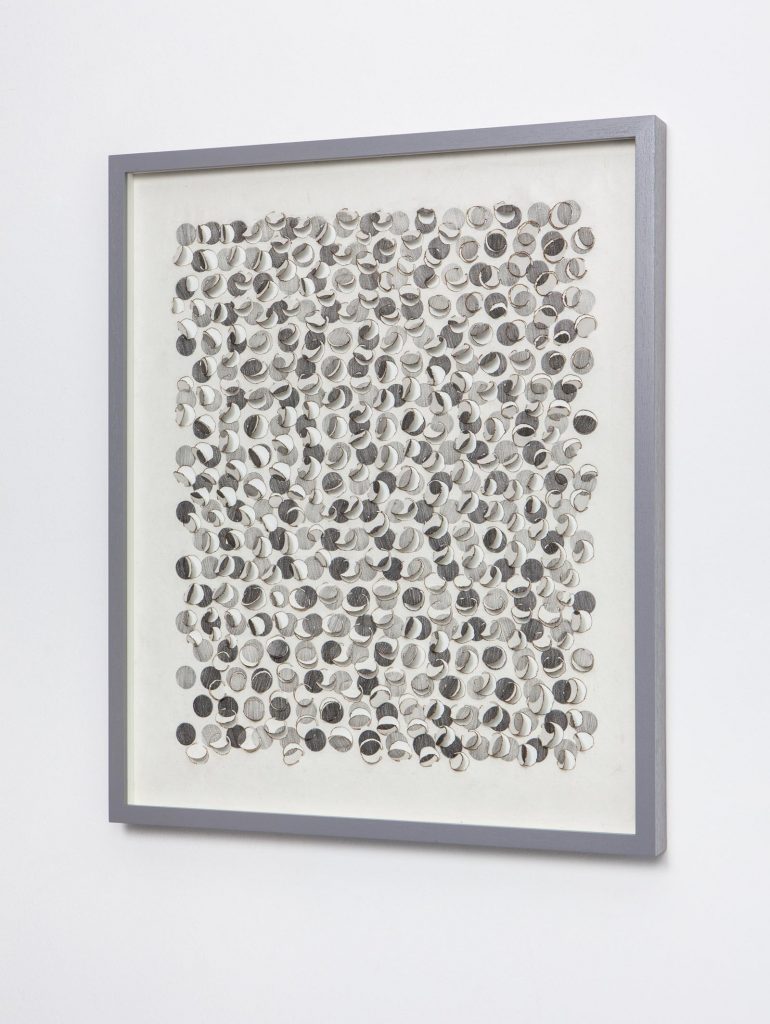11 JANUARY 2020
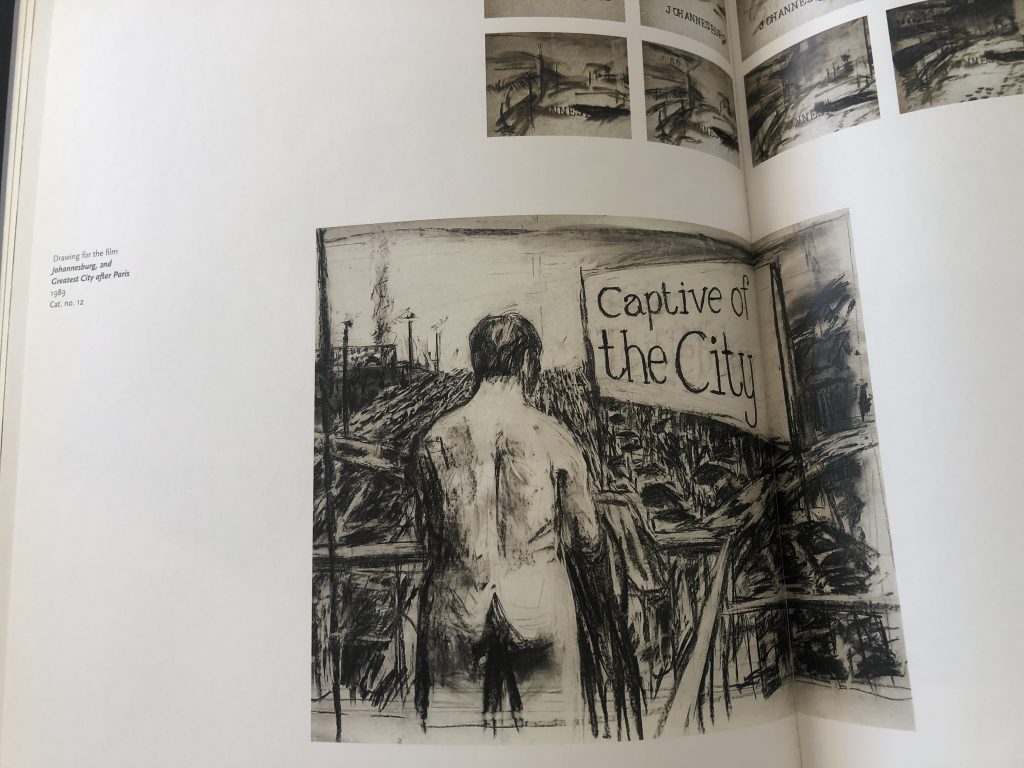
A local newspaper in South Africa wrote the following of above work in 1990: The artist stands outside society and scrutinises the historical and bourgeois norms, taboos and ideas of what art en-tails and disconcerts with its honesty. (https://repository.up.ac.za/bitstream/handle/2263/15043/Oppermann_Contrasting%282003%29.pdf?sequence=1&isAllowed=y)
William Kentridge managed to stay away from politics, capturing a moral message or gesture to create the ‘urgency’ of that message. He use mostly film as ‘performance’ in his art. The work is part of experiments, charcoal drawings, which come alive with a great use of fluidity between these drawings and gestures. There is a playfulness and almost surrealist use to ‘disturb’, in his compositions – he is a white artist in Johannesburg South Africa who ventures into these visible and invisible issues of this country’s landscape – political, historical and social. This work as part of the film, address loss and the devastating effects of this history of Western economic and political advances on the society and landscape. I also realise the influence of artist William Hogarth’s (1697-1764) and his work, Industry & Idleness on this artist, (a series of twelve engravings) to make eight etchings for his own Industry and Idleness series. I have many times in my work process looked to Hogarth – always had the idea to bring it into my work with the rhino drawings (see blog)
I relate to above work as living in a city – something my husband and I do not particularly prefer, hence our reason for moving to this neighbourhood away from the city. In many ways I feel like an onlooker, and outsider – this has translated into my thoughts when I walk.
I think I appropriated Kentridge in my daily walk, but it opened my eyes to forms around me – formality of a living space we create for our lives – architectural ideas of modernity and city living within the Arabic culture. I see so many conflicts due to difference, but also the need to have a safe place which protects from the harsh heat and winds, as well as moving away from traditional living which was in tents and later into square blocks interviewing into communities. I am also aware that I have a need to react to this space around me – walking in this way helps to think and transform me – I am influenced by what happens around and within me.

I am thinking about feminist critique and how as a woman I identify with many of the artists of the 60s and 70s – looking at this culture and wondering about being a woman in those times and all the myths about wearing covers and facing a strong masculine gender power preference in ideology and cultural history. Looking back onto this history is also a narrative of change and growth, but one of doing it mostly ‘under’ the covers and accepting a slow development and opposition on cultural and religious grounds.
Book is used: William Kentridge a Catalogue by the Museum of Contemporary Art, Chicago 2001 Edited by Michael Sittenfeld and printed in Belgium by Snoeck-Ducaju & Zoon.
Thinking how I will bring in my walking practice into the current part of the studies: Transformation. I can imagine it two fold – myself, a personal transformation as well as how my work can contribute, and the transformation in the world how that takes place (activism) and how I can take part, or how art plays a role in this collective
Seeing that I am walking there will be a focus on artists who use walking. In 2015, days before the opening of his Royal Academy exhibition and only weeks after being permitted to travel outside China for the first time since 2011, Ai Weiwei and Anish Kapoor walked east together from central London to his sculpture, Orbit, in Stratford. A focus of their walk was London’s East End, which is home to centuries of immigrants fleeing oppression and deprivation, including Jews, French Huguenots, Irish, and Bangladeshis. The artists carried a blanket to indicate fundamental human rights to rest and security. They have said they will walk together again in other cities. The current situation of refugees was becoming a catastrophe and governments were not showing how they would put in efforts to prevent this from unfolding.
Anish Kapoor pledges $1m prize money to refugee crisis
‘I am an artist, not a politician, and I feel I must speak out against indifference for the suffering of others’

This walking was a physical way of showing what art as a form of performance, but also a collective can do to take or make a stand against injustices. It made me think about my own walking – how on a personal way I have thoughts to work trough, come back to my working space and hopefully have a better understanding of things – then take action which is shown through my work in the studio, but also about how I do things in my daily living.
In what these two artists were doing, one sees how performative actions starts with an idea – namely it imagines change, which then provokes feeling, be that sympathy, anger, or empathy, love. I was touch by watching this video about and how their affective force compels (us) their viewers to pay attention, and sometimes to copy it, ( see how many people were following) in which ever way we can. Later in my work I started reading and looking into the work of Trinh T Minh-ha and this really enforced an artist being an activist in practice.
Minh-ha in her book, Lovecidal (2016, 100 – 106) refers to the power of Pink and writes about woman in Argentina that in 1977 started with a group of 13 woman, young and old, who challenged their government about the search of their missing (disappeared) children. They continued ever since to walk every week on a Thursday for an half an hour, wearing white bandannas, white head scarves or white hand gloves. They are called the Las Madres, and on their kerchiefs which they wave are embroidered words: ‘Bring them back alive”. Minh-ha writes about the act of walking together and the grieving which is collectively seen as revealing some power to address a national trauma on a regular walk. Today their walk reaches more – it attracts visitors from around the world, who support these walks. It reminds of the terrible pain of denial and the power of authorities to censor and opress. It makes me think of when a peaceful march is ‘named’ a riot as to legitimize the use of power against the protestors.
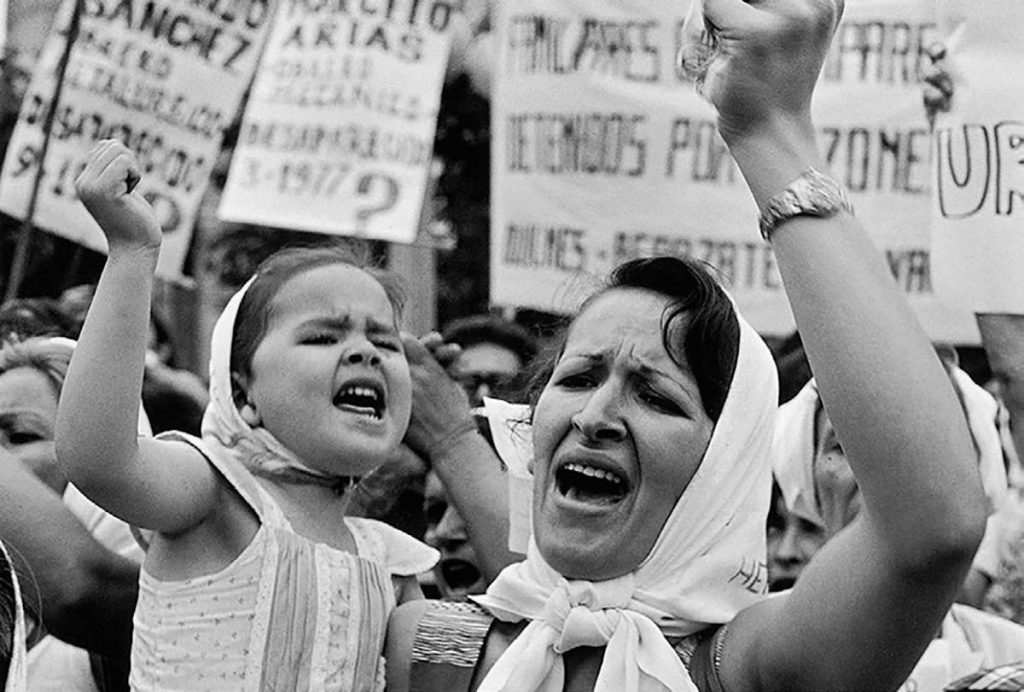
This area where I live, could (was?) be a pristine coastal landscape flowing into the desert-landscape as well as the ocean – development and aspirations of leadership and economy grew over time, making this part of a growing city and a leadership phenomena to be admired by others. I have feelings of ambivalence in my awareness around the role of capitalism, religious and other ideologies, ect. within urban development as well as broader developmental ideas for a nation and country, as we come into these confrontations about new materialism and sustainable development . I became concerned with use of water and electricity, growing pressure on natural resources as well as creating waste and management of the growing concerns with marine and land pollution. There are many efforts by the leadership to research and find best practice methods and I will always acknowledge these efforts which would include, biologists, nature conservationists, scientists, sociologists, historians, etc. Dubai uses culture, media and sports events to maintain and highlight its global recognition and push its soft power – cultural heritage is very much part of this soft power. Within current things in USA, one is very aware that pres Trump has indicated a preference for hard over soft power – in my opinion the world needs a combination of both.

Pressed specimen of Chamerion angustifolium, also known as Epilobium angustifolium. This specimen of bombweed was collected during the London Natural History Society’s City Bombed Sites Survey in 1950. A member of the society that conducted the survey wrote of Cripplegate, the neighborhood in which it was collected: “This area in the very heart of London provides a splendid opportunity to members of the society for recording the colonisation and establishment of a new fauna and flora which, its is to be hoped, will not occur again.” Courtesy Natural History Museum, London.
I consider to look into the role of art in urban development of the city – I can walk these routes and experience it very tactile for the next few weeks. I know that back in South Africa in the town where I will be living this will be a part of how i will share and experience art with fellow artists and local art studios and art programs I will be part of.
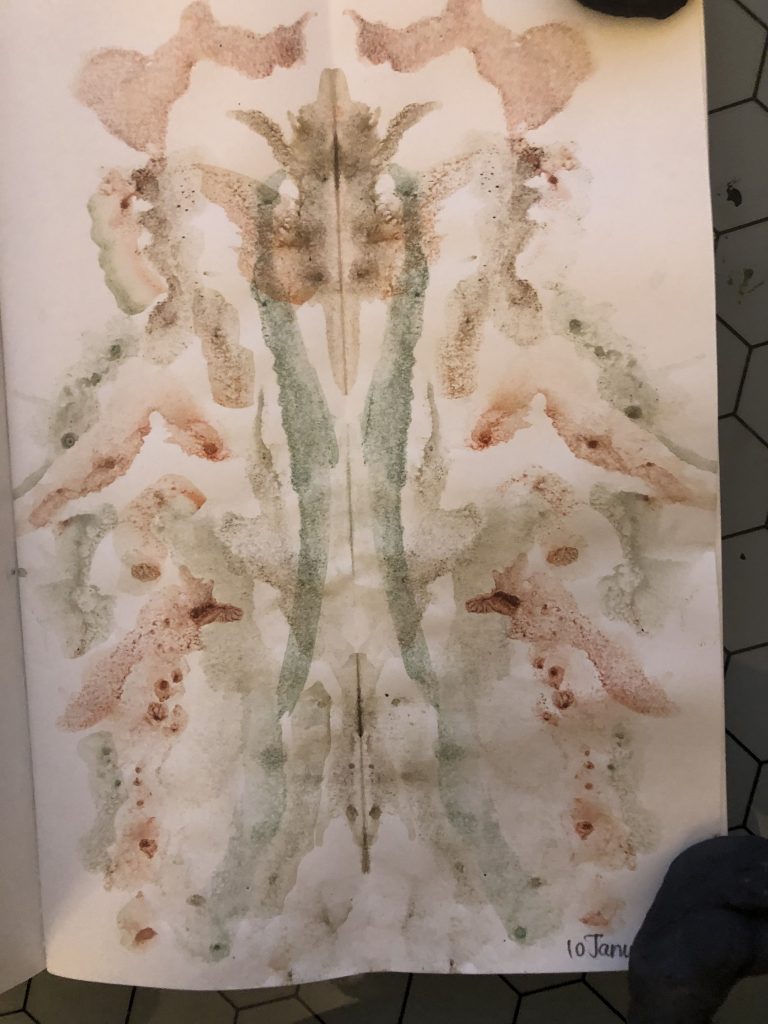
Alserkal:
Alserkal Avenue is a vibrant cultural district in the Al Quoz industrial area of Dubai, and hosts many contemporary art galleries, visual and performing arts organisations, designers, home-grown and entrepreneur-led businesses, like a movie theatre. These businesses are hosted in warehouses – a local Foundation, by the Alserkal family runs the project.
Art Jameel
I prefer this location as my ‘go to for art experience’ here in Dubai.
They started an Artist Garden project, which I followed online – with the driving idea that of the desert where we all live, so a relationship with human, animals, mineral deposits and plants, domestication that took place between species living together.
I follow two artists, Sunoj D and Namrata Neog who feel strong about the project, The Desert is a Forest, and want to use it as a study where they bring in their home (Kerala) in India, which has historical connections with the UAE. I will attend attempt more about this later in the exercises and work for Part 5.
Reflecting after tutorial session today
14 January 2021 My practice and ideas at this stage:
I also want to go back to interconnectedness of these relationships in our daily living – my walking practice – can I do it more object oriented, and not so human centric? I can look at my landscape as my everyday life whilst walking outside?
I want to use fragments of objects I found, fragments of visual memories and fragments of thoughts into the material work. I want to look at the interconnection between these objects.
In my tutorial session with my tutor today on the work done in Part 4 my tutor comments that she observes my less literal work as stronger works – I want to explore my experience and how I can represent it.
I feel I should work more intuitively with layers – not controlled by any form ideas.
I started with a sheet of velum and made an impression with ink (amber colour) and let it dry, the added a second layer of green ink – moved the paper I put on top of the first layer around to make more imprints. I then sprayed water and added an older work done on water colour paper, with black ink on top as a third layer – I moved it into the surface of the velum to create more marks and let it dry. The process will continue.. or not..
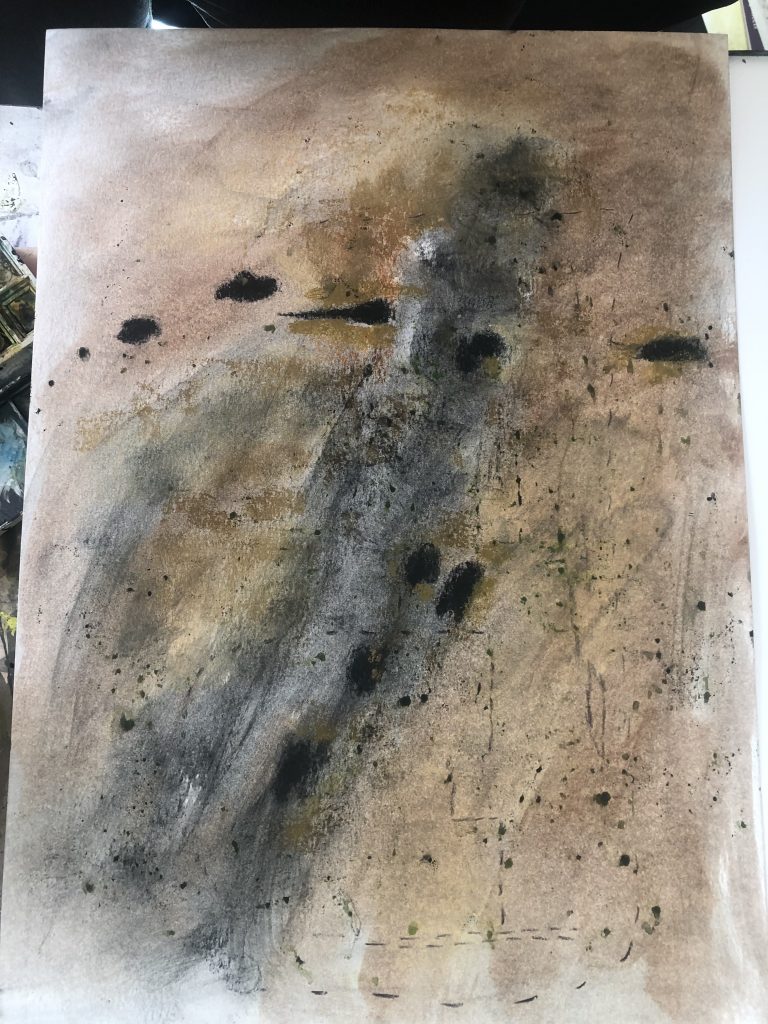
In the work above I started by drawing spoor of the Arabian Gazelle I found in my walks outside our compound – on the sand dunes around our fenced community. I used charcoal and other pastels to make the imprints, made a few broken lines for my own tracing (mapping), created a figure in shadow and sprayed a fixative in the hope to add more layers with paint. Whilst doing the imprints on the velum paper above, I also imprinted this work on the velum to see what would move onto this work. I can see fine dots and marks and will continue to explore with this.
I have been thinking about walking as an event, a performance an action and gesture within my practice. I like to bring in a part of my body, as a shadow – evidence of being there, having experienced the walk. It makes me think about the feminist artists, the Black artists, in the way that in my art I am trying to give the viewer a glimpse of my experience – how it is to walk in my shoes – what happens and how that influence my practice as artist. In my mind the word ‘walkabout‘ was asking me questions to where does it originate, I knew it relates to Australia and its Aborigine folk culture. and our need to identify with culture. I relate to it as a place or time of a walk where I feel I have returned to a natural place and can do a proper ‘hike’ or walk and experience nature and being alone. I found great material on the following website, https://www.ancient-origins.net/history-ancient-traditions/walkabout-coming-age-001219 and made the notes below:
Aboriginal Australian cultures have a rite of passage known as the Walkabout. Aboriginal boys, once they reached adolescence, embarked on a journey of self discovery by venturing into the wilderness. In the years before the Walkabout they are prepared by the elders, who give them advice both about surviving physically and about their imminent adult lives. They receive the secret knowledge of their tribes, and knowledge about how to survive in the unforgiving lands which have been home to their ancestors for so many generations. In the Walkabout they live off the land for as long as six months, undergoing a spiritual transition into manhood, journeys can be as long as 1000 miles, and the young men are expected to complete them without a compass. It is also a spiritual discovery as the young men is expected to reflect on (his )relationship with his ancestral land, and with nature and to connect with those who have been through the same rite of passage before him. He is supposed to think of his ancestors as he undertakes the Walkabout and to honor them. During an Australian walkabout, it was not uncommon for Aboriginal children to experience “Dreamtime.” Representative of creation, Aboriginals believe that during Dreamtime their ancestors made the world. The Aborigines believe they are guided by a higher spiritual power when they are making their Walkabout journey. When the boys return from the Walkabout ceremony they are considered men. They have not only proven they are able to survive alone, but that they are spiritually awakened, and ready to take on more responsibilities and play a more important role in their communities.
There was a movie, Rabbit-Proof Fence which based its story on historical events of 1931, when 3 Aboriginal girls who were taken from their family under Australia’s so-called half-caste reeducation program (here they are taught to re-invent themselves as members of “white” Australia) to an institution and they story tells of how they undertook a journey on foot of more than 1 500 miles to eventually arrive home. I read that these ‘abductions’ by the Australian government has taken place between 1905 to the early 1970s. This is also about a history some people would rather not reminded of – it reminds me so much of my own country’s history of Apartheid about how one is influenced towards the ‘other’ and how humiliating this is. I know that this journey does not count as a Walkabout, which is a male rite, but the fact that they thought it possible made me aware of actions to overcome the trauma of being separated and the powerlessness of individuals in the face of government oppression ……..and look at walking as a way to challenge or overcome cultural norms. I also wonder when we think it possible that these kids (the oldest girl) had a map of how to get home, in her head, it can relate to how we ‘map’ our way – we have abilities to navigate our physical surroundings and find ‘direction’.
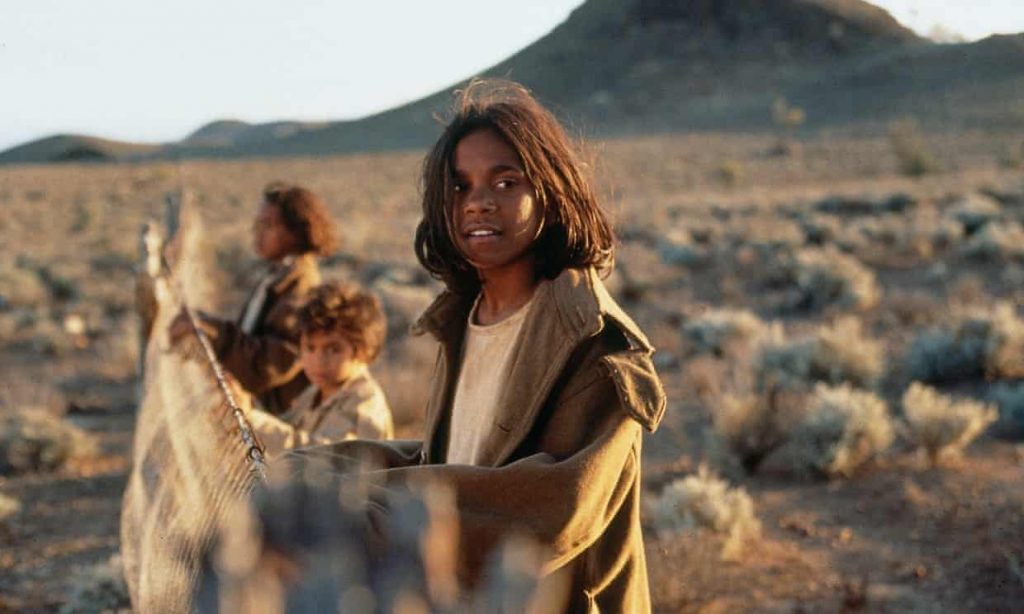
I believe a process of transformation could be linked to it and this brings me to my walking practice…. and how I relate to place and time. I feel comfortable in a way to agree with Dub that the way we present life is a spectacle – we produce things to look at. Are we doing art in that way? Am I making experiences of something of a seperate pseudo worlds that I want others to look at. I prefer it to be just my ordinary life – if prefer that my art is is about my life and how I experience it
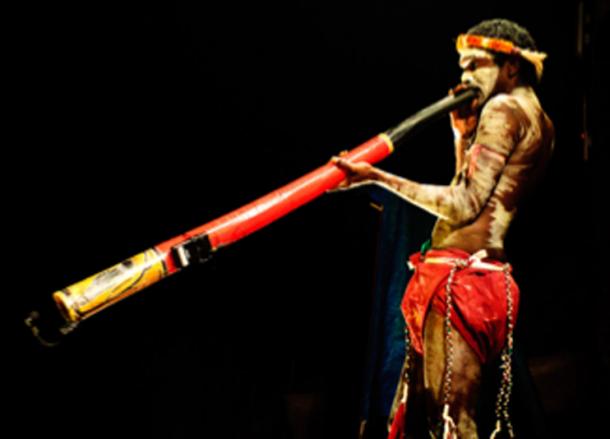
Dead reckoning refers to an ability to navigate a large space by taking an areal perspective on the terrain to be covered. Absolute spatial frames of reference are organized around what English speakers might call the cardinal directions of north, south, east, and west. (Julie Tetel Andresen)
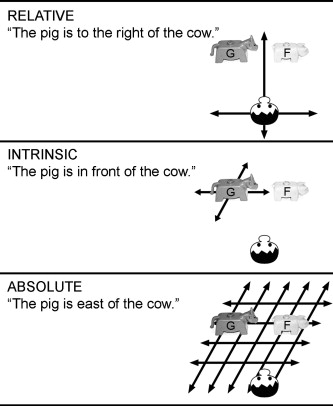
Thinking about walkability within our urban landscapes and that I can diarise my walks in order to make it into a form of documentation. I can also collaborate with other walkers.
I wanted to spend some time contemplating the layout of my urban landscape and how the ‘walkers’ use this space. We have different walkers using the space for different reasons: dog walkers, runners, cyclists, children. Our needs and reasons are dependent on the terrain, but not necessary the grid of the layout of the compound – I criss cross the area – walk on sand, walk where there is no indicated walkway. I make my own ‘road’ with my impressions during the walking.
I made many ‘maps’ of my area – some are like mind maps of lines I follow intuitively. In the map below I added words and texture.
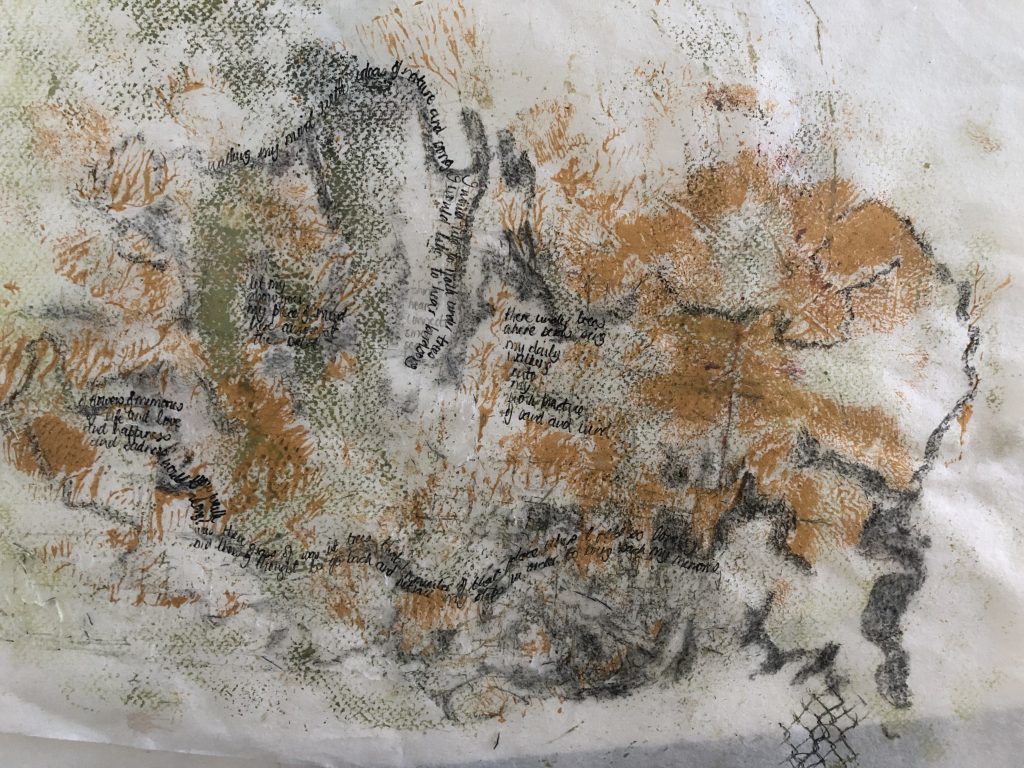
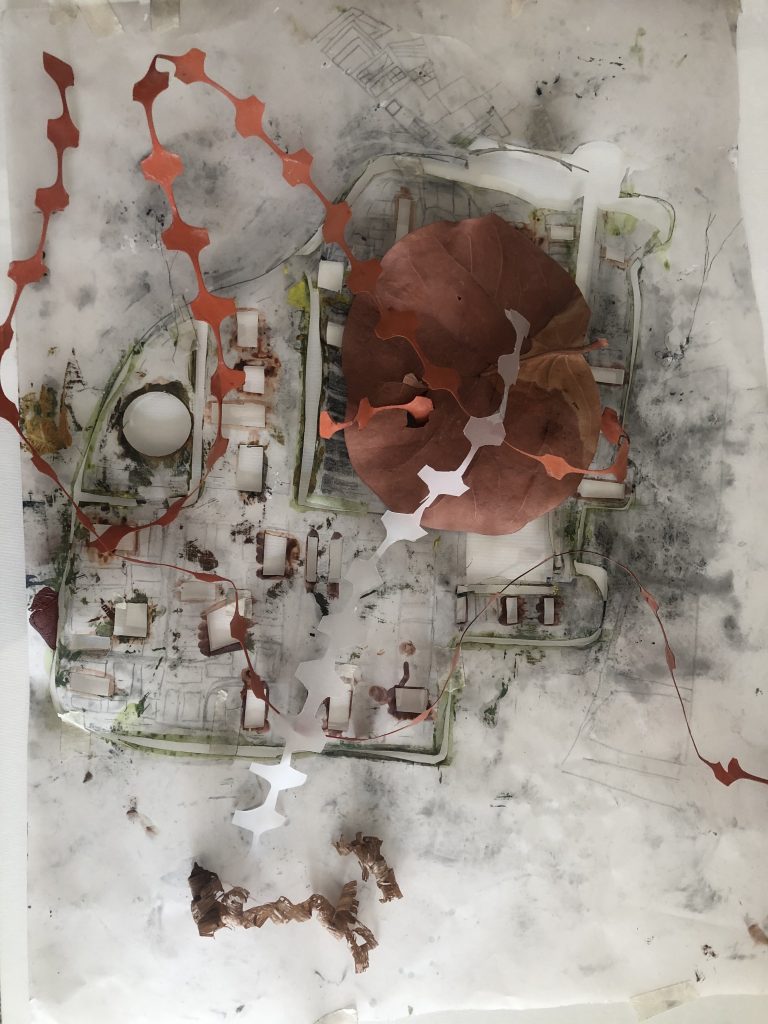
I asked friends to share their walking experiences with me – either in writing or as a video or sound clip, all via WA, and in their own time. I asked them to share how their senses are influenced by their walking. Below is a WA note from a friend who does a weekly walk in the local botanical garden, as well as some video material she shared.
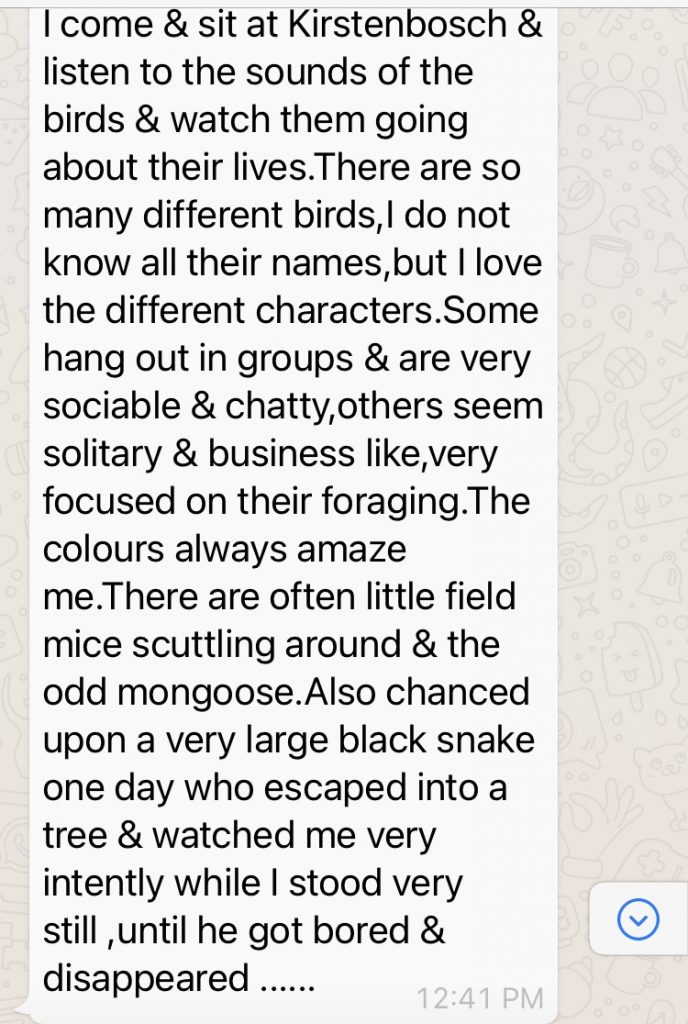
Below is a comment on a cold day and walking in the Limburg area, Belgium (a note from my sister)

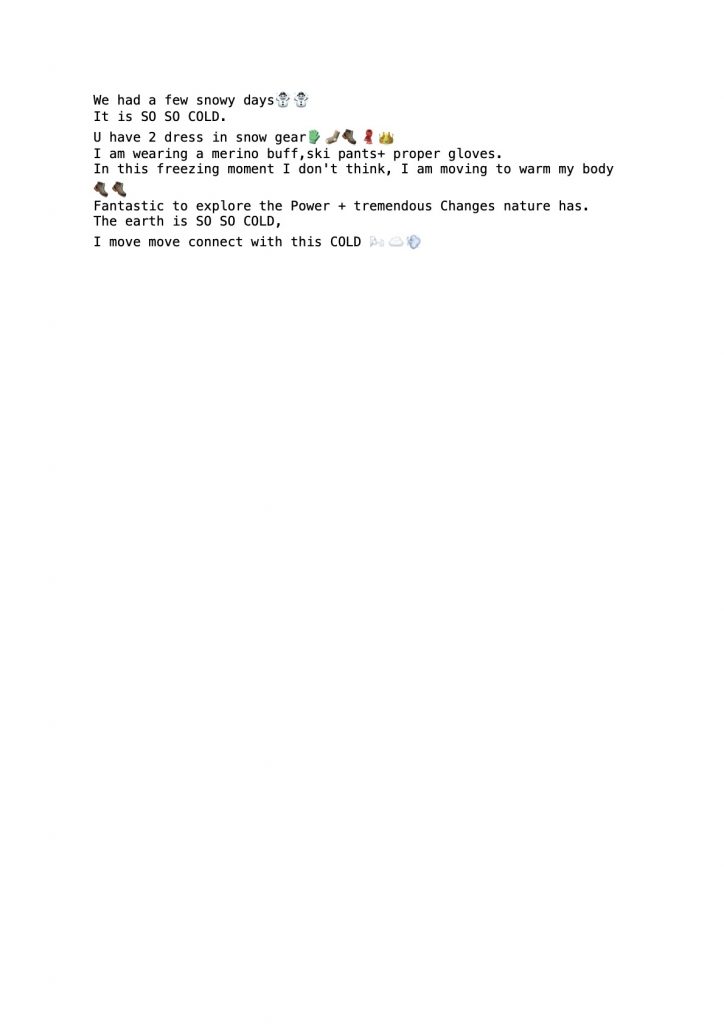
I battled to get the voice notes onto my blog. Some of them were also made in my mother tongue, Afrikaans.
I think to comment will be to refer to the awareness that my friends reported after filming and talking whilst they were on their walks.
They reported that they do not always stop to look at things, or take in what they hear, smell or that they not necessary stop to touch things like trees or collect things to take home. I am aware of our different approaches as well as reasons when we are outside in nature and circumstances are different according to place as well. Friends in SA are wary to take out their cellular phones – could be mugged for it, so not always safe! I think what I loved were the familiar sounds of birds in the trees from the friends who shared their walks in nature.

This morning I was walking in thick fog (17 Janaury 2021) – I took time to consider fog as a metaphor: how it as a natural phenomenon screens off what is ‘true’ or in front of me, how people can feel foggy physically or psychologically, not to see or think clear, even as a form of blindness. in the studio I found an artist (Peter Rostovsky) who in his ongoing series, Zero-scape uses the fog-enshrouded landscape as a metaphor for today’s social and political uncertainty.
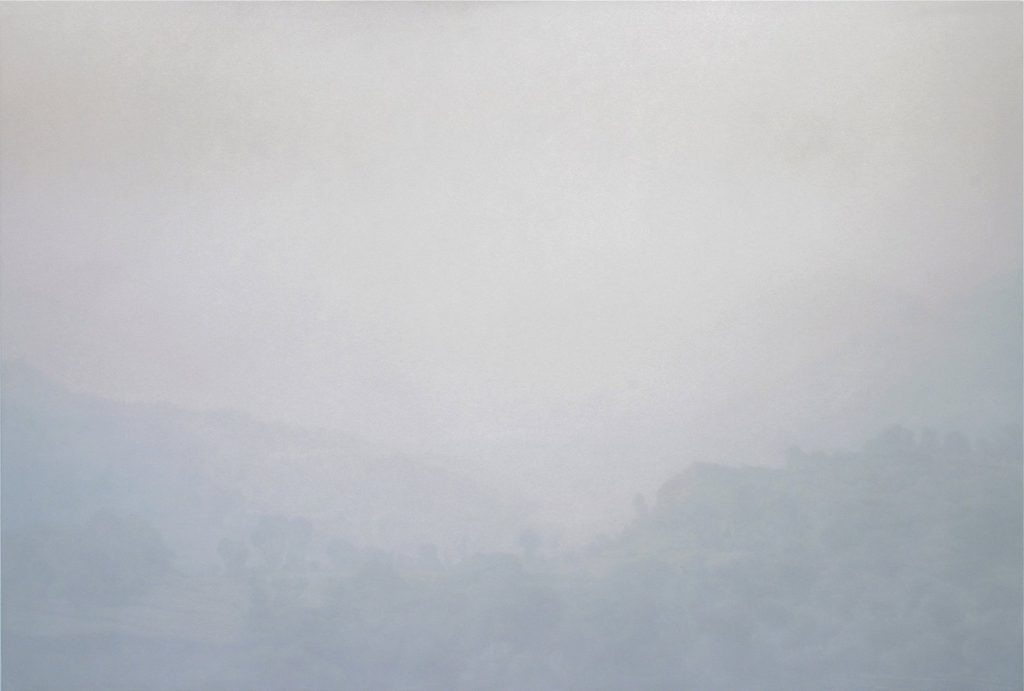
It was interesting to read in local newspapers about the experience of fog in this city, with major concerns being lack of visibility as people move around. I am also reminded to the thick smog/fog in London in 1952, which killed at least 12 000 people.

On the National Geographic website I read the following about fog:
“Fog shows up when water vapor, or water in its gaseous form, condenses. During condensation, molecules of water vapor combine to make tiny liquid water droplets that hang in the air. You can see fog because of these tiny water droplets. Water vapor, a gas, is invisible.In order for fog to form, dust or some kind of air pollution needs to be in the air. Water vapor condenses around these microscopic solid particles. Sea fog, which shows up near bodies of salty water, is formed as water vapor condenses around bits of salt.”
The Italians call the thick fog, nebbia.
Figuratively speaking, nebbia can be used to describe something that does not last long, has no consistency, or has no significant effect. It is from this sense of the word that we get the expression stringere nebbia (lit: to grasp fog) which means to do something in vain or to end up empty-handed.
A second figurative meaning is anything that obscures the faculties of the spirit and/or mind. For example, la nebbia dell’ignoranza translates as the fog of ignorance.
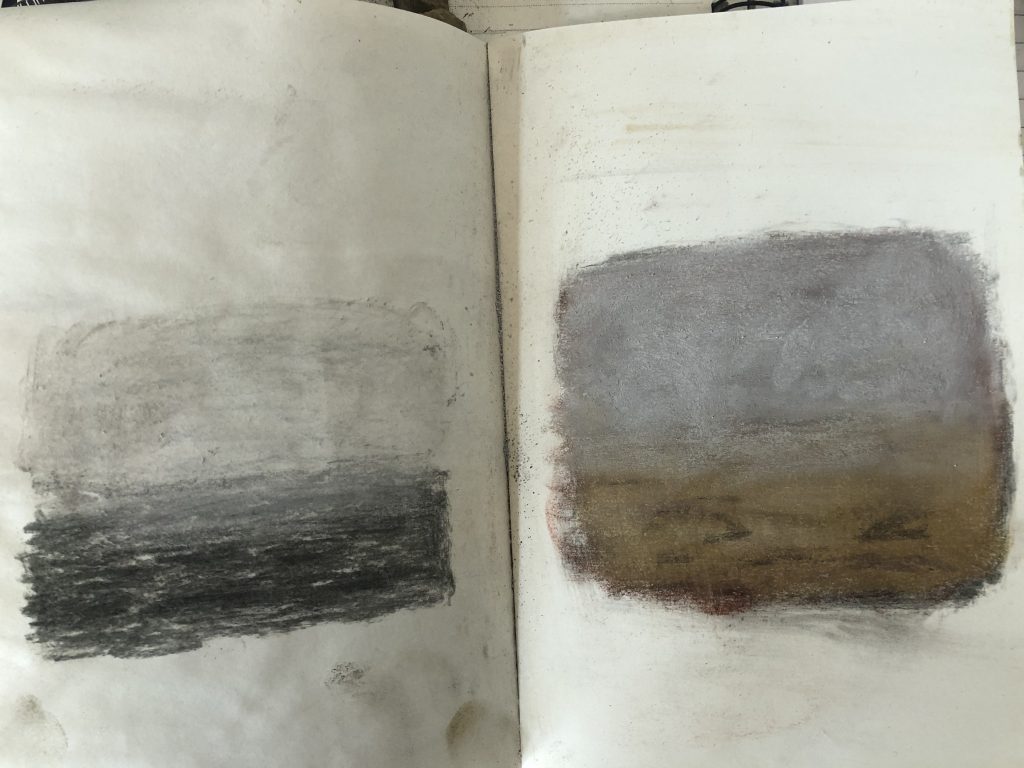
Above drawings was made with charcoal and soft pastels. I wanted to look at how layers of drawing lines can hide and reveal. It is interesting to mention, that the blurriness happens at the place I can call the ‘in between’, that liminal area – here lies the possibilities of showing change within the landscape – not really opaque, but also not really transparent either. It reminds me of work I did in POP1 when we explored transparency and opaqueness of painting media. I am reminded of people who after having had Covid19, suffer from a mental tiredness or cloudiness, memory and concentration lapse, difficulty in thinking and talking (speech)…. all physical phenomenon related to a metaphor for fog. There is a medical condition described as ‘brain fog’.
How do I translate this experience of the wetness/humidity and sensing the thickness of the fog, the effects of lack of sight during a walk, when I am so aware of pollution in the air? I am more aware of the threat nature find itself in – my walks outside have made me question the ecosystems where human development and living has intruded into. I look at the fog as an ephemeral phenomenon which plays out in front of my eyes, but which also reminds me of how everything is in flux and how delicate the balance is.
Below is a video I made to record the sound of walking in thick fog – water dripped from the trees and the sound was like raindrops falling. (interesting to note that we have not had rain here since March 2020)
I hear rain
I made short videos of my walks and focussed on the soundscapes around me. Sometimes the birds are the main sounds, or children playing, or the noise or cars/trucks passing on the roads outside or near me, depending where I walk. I have been influenced by other walkers doing this with WA or sharing videos. I have one memory of a home I pass on my walk, here I am always in anticipation for the wind-chimes which really is very soothing to listen to. I think in cities people are very habituated to noise and it aeroplanes and car noise becomes part of their soundscape. The reason we chose to live in this area, was for more peaceful quiet living. I am tuned in to certain birds making sounds at night time, when its dark, and the difference to that of early morning and late afternoon bird sounds. We have a variety of birds around the compound and the noise makers would be the crows. Below is a recording, one of the beach at AbuDhabi – which is much more ‘noisier’ than my local beach – we do not have the constant flow of waves here, and an evening walk in my neighbourhood/compound.
On Instagram I read about as series of activities, called Elements, that I decide to pursue until the end of February. Today the focus is on capturing traces whilst moving around your environment. The idea is to focus the mind and hand as you draw on the ‘inhabited environment’. (hashtag aert_elements) I will add these to my daily drawings blog.
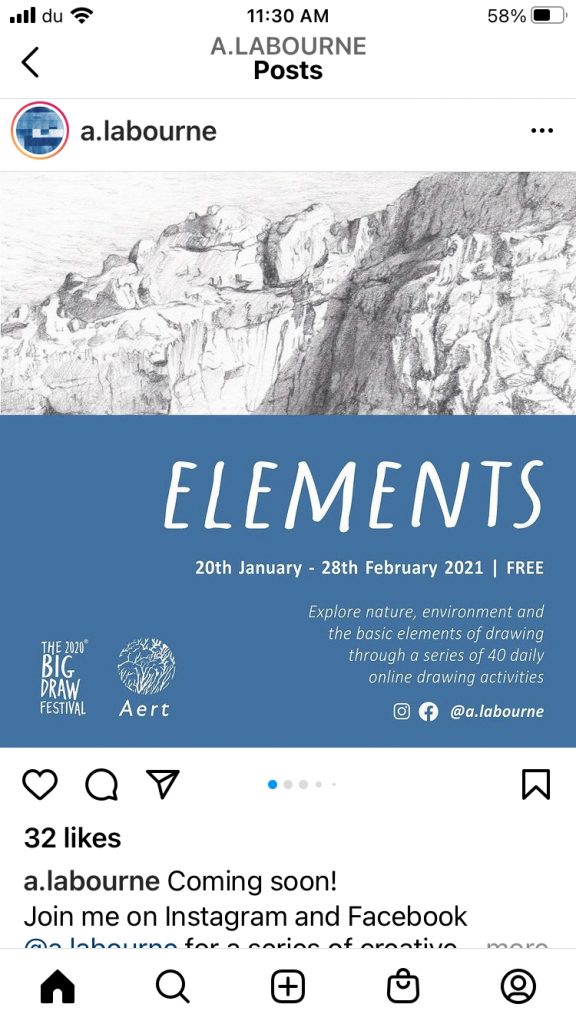
A little research into the practice of Aimee Labourne was found on her own website: “After completing studies in Fine Art at Falmouth University, Cornwall, I moved to Shetland in 2016. Exploring both the islands’ natural environment and its many aspects of heritage and history, I make work about human notions of landscape and space, and I am especially interested in how changes such as environmental destruction, climate crisis and shifting contemporary ideologies are affecting this.” Elements will be an online drawing activity in association with The Big Draw, 20th January to 28th February 2021.
I will be posting my drawings on Instagram on a daily basis and hope to continue to the end of the project. My instagram account is: @carolina519407. The more this process developed in the days into February, the more I realized the potential of these drawings done in the course to become ‘drawings from drawings’. In a way I want to translate what I am learning into work done by me. The main thing of this daily commitment for me is more and more about the learning of drawing and acquiring confidence in my skills as I work to develop it. I can show how I interpret the daily exercises, how I reflect on them and how it give me meaning in my own practice.
On day 5 of the process the prompts for this experience was to draw sounds. We were reminded of ‘usighted drawings’ we made in the first days and to just open up to a process of listening with closed eyes and let the pencil move in response to what you hear. This made me aware that movements of the pen/pencil as marks can embody these qualities of sound one hears – high-pitched, quiet, short, repetitive, low, continuous….One could also consider time – doing short or longer duration drawings which could built up layers of sound. In a next exercise we explored touch – drawing from touch and not observation. The idea was to focus on line and moving beyond the purely visible.
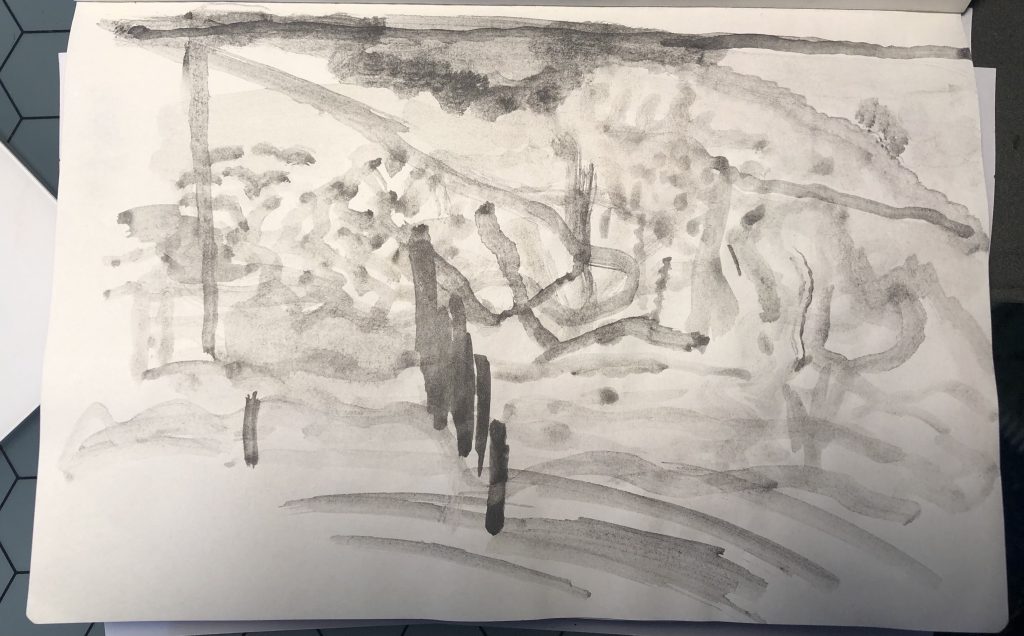
A quick search on the internet showed many apps about how sounds look like?
During one of my walks I came upon a piece of honeycomb. I took photos with my ‘magnifier’ app with the idea to look at these back in my studio. The months past and I have not yet did any work around this found. I have a strong feeling about the importance of bees in our environment – in South Africa I have done beekeeping (2 hives) and I plan to start again on the farm – the hives are mostly abandoned by now, as they were not maintained.
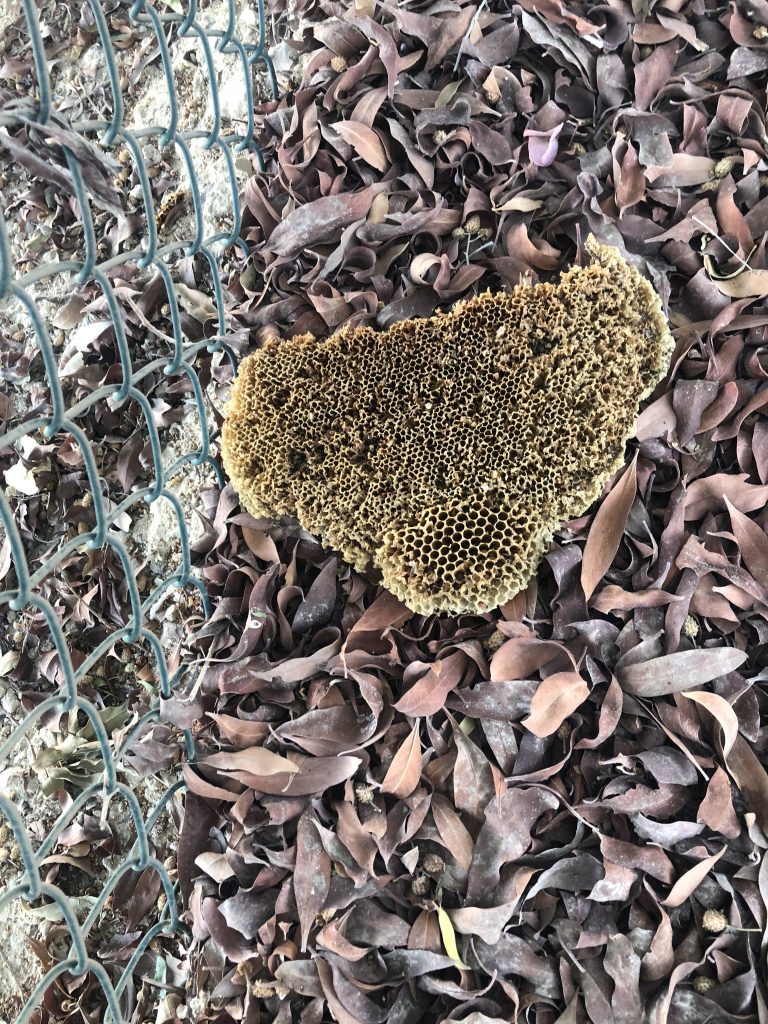
I decided to add these images to my blog and do further exploration after a workshop with OCA on work done by the Jamaican artist, Ebony G Patterson and her installation work, While the dew is still on the roses. (early March 2021) In one of the videos about the installation she talks about the artist as the bee – doing the work in the background. I then found a soundscape on a walking app which led me to an installation piece, The Hive, at Kew Gardens in 2016. ( I made a small video of my find – and lovely to hear birds in the background)
The work:
The Hive, is 17m high and weighs 40-tonne, which also incorporates Led lights and a music soundtrack, which was connected to a real beehive and then composed with other layers over it . It was originally created for the 2015 Milan Expo: Can one call it site specific? I would imagine so – as long as it is outside. It is a lattice installation, made up of 170,000 parts and was the artist, Wolfgang Buttress’s largest sculpture work/installation to date. ( It reminds me of the roof of the Louvre, AbuDhabi) According to wikipedia ” He creates multi-sensory artworks that draw inspiration from our evolving relationship with the natural world. ” Then I found the following information that affirms his research and the science behind his project: “I was always keen to have some connection between the human and the bee elements set up within the structure, and it was during the research process, while working with a physicist with an interest in the vibrations produced by bees – that I realised there was the potential to do something with music. We could hear what was happening inside the beehive at Brackenhurst [Nottingham Trent University] in real time, because we had accelerometers inside the hive and could stream and measure the vibrations. ” (Q&A with artists at https://www.a-n.co.uk/news/a-qa-with-wolfgang-buttress-hive-artist/)
I think what touch me mostly is the sense of wonder I experience when with bees, and this work is very much about an experience. I am grateful that walking outside has put me into contact with nature and confronted me with inter-connectedness.
It seems that the latest research about hives consider that the bees make the hives round, but over time the shape changes, or flattens and become hexagonal in shape. This is something that has intrigued man for a long period, already in the 4th century AD people were wondering how the bees construct their hives, and a Greek mathematician Pappus of Alexandria stated that bees had “a certain geometrical forethought”.
I know that here in Dubai, in one residential area, The Sustainable City, there are around 1,000 hives, which boasts a population of more than 20 million bees. The local Sdr, Ghaf and Samar trees are considered good flowering trees which the bees like to pollinate. Honey harvesting will start around May here in the UAE.
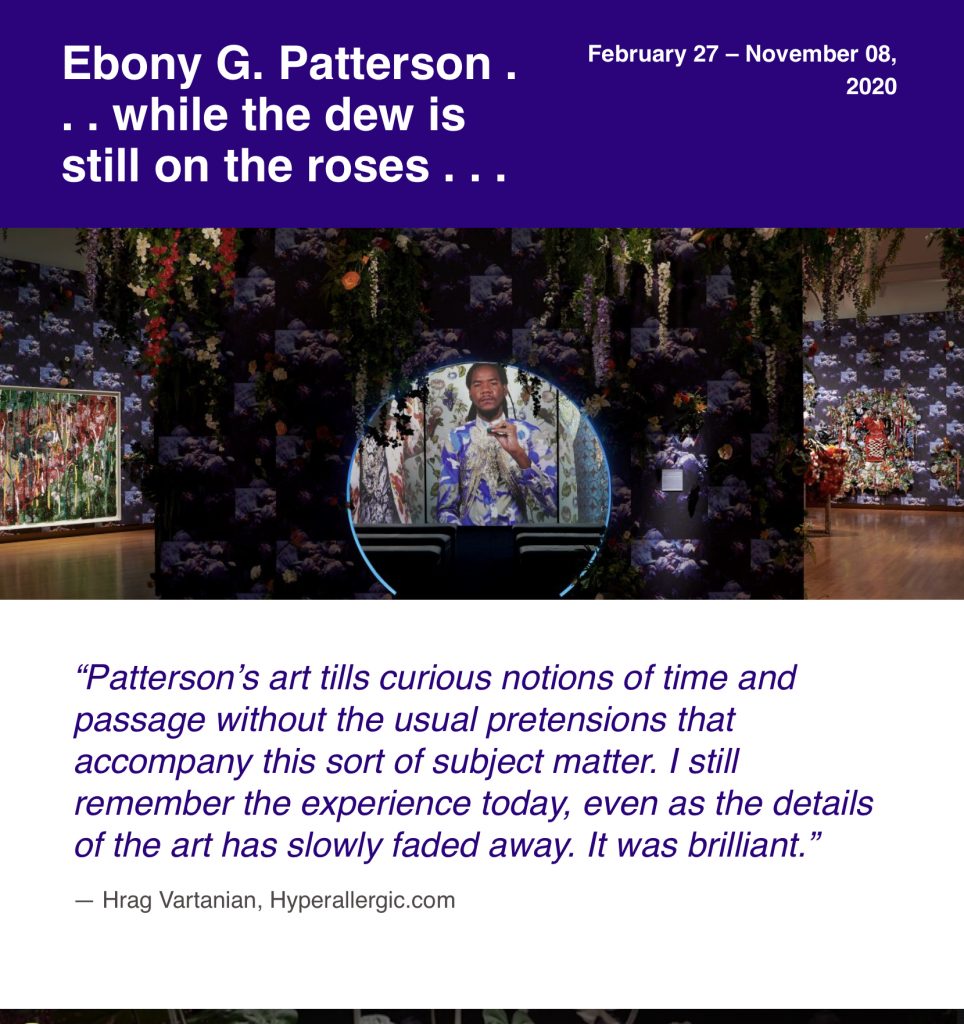
In Ebony G Patterson’s work which we discussed in the student group I found images of bees and butterflies. On the PAMM Portraits.org website I read where the artist talks about beauty as a tool of seduction, a trap and how she thinks of it in relation to a bee: “the bee is attracted to a flower because of how bright it is and then it decides to dwell if the nectar is sweet enough. If not, it seeks out another flower. ” For me she captures place/environment, here it is a garden,(apparently at night time) as a place where humans experience fleeting moments of aesthetics (beauty) as well as mourning (burial) and pain (black lives suffering). She talks in a video about the work as the flower and the audience as the bees, the bee is attracted by the bright flowers, but before you understand what happens under the layers, you know what is happening to the nectar. . how you look into a thing.
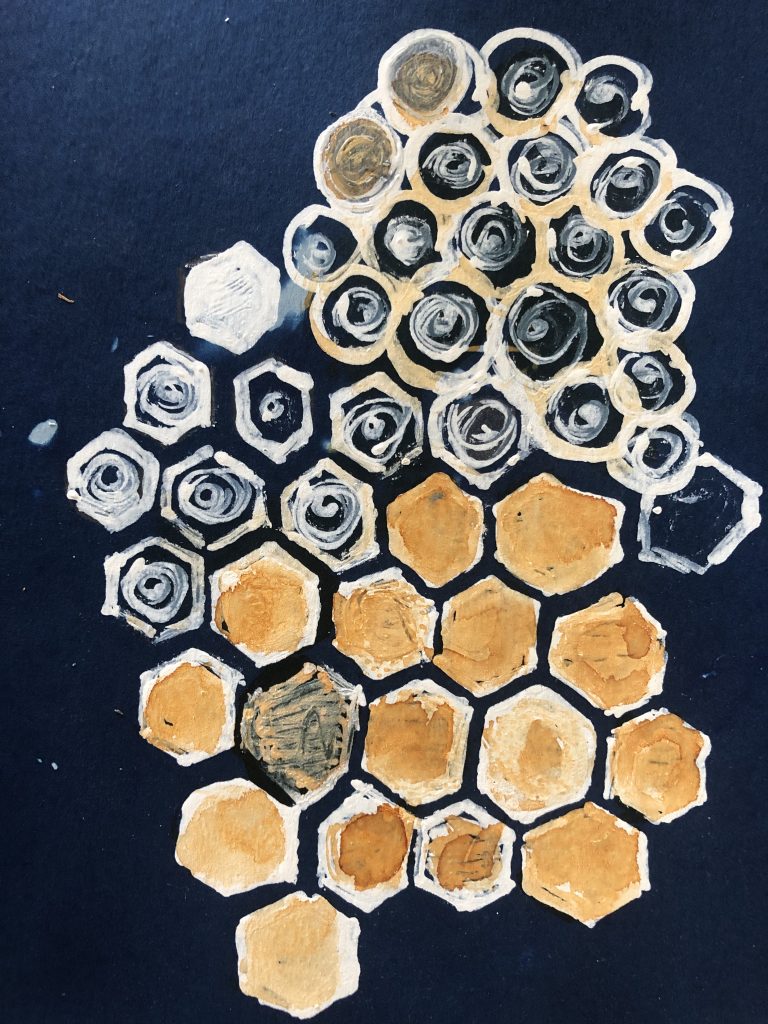
Her work is about hiding and revealing. She helps us question how we look and in this work she draws her viewers in with the bright beauty materials, almost excessive detail. I think what I can learn from her making is how she assembles objects and materials with different narratives to create new meaning. In this time of being over stimulated with images, we can also be wary of not spending too much time ‘behind’ a camera, instead of engaging with what we look at. My walking gives me opportunities to look, hear, feel, smell – all fleeting moments, fragments of happenings in that time I take to engage. My work is to bring that into my work – this is what I am seeking in the process of making.
I cannot but look at her gardens and not be aware of violence, pain, tears and memories that are unresolved and still hurt communities and individuals. I do think on a personal level gardens can have that same memories for me – many a time I have spent outside with different emotions, my gardens have given me so much space to feel and release emotions, other than also mesmerize me with their beauty. I am also aware of socio economic boundaries and how this can be linked with gardens, from colonial period onwards.
With regards to looking and seeing – by walking regularly in areas, that become known to me, I believe I was opening myself to really look and see. To make space in these moments for what happens around me – look inward, go beneath and between, dig and question what is here, what is happening, what am I looking at..
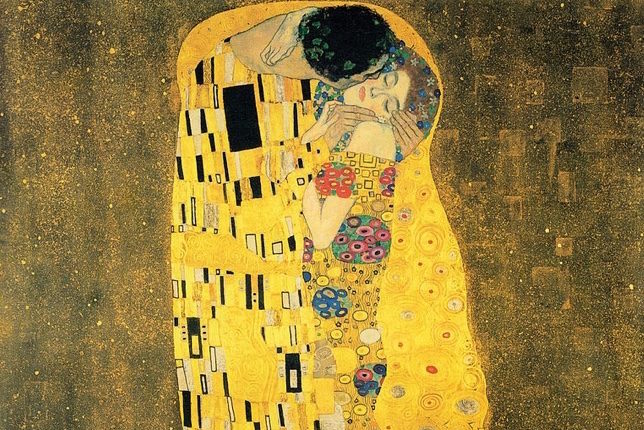
I added this work as this work has always captured me for the embellishment, textures. colour, patterns, design the artist made use of. In this case it protects, hides. cocoons the lovers, or maybe their bodies?
I feel here is so much to develop in my walking practice form what I have learnt from this artist. I also enjoyed viewing her paintings of bodies in gardens.
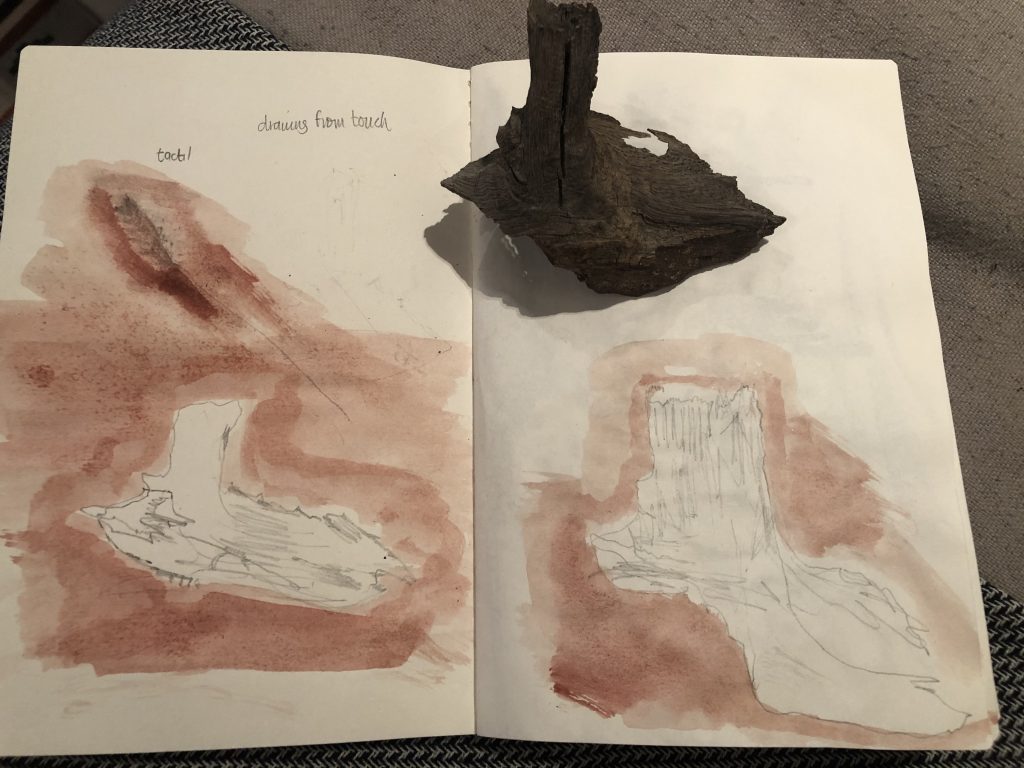
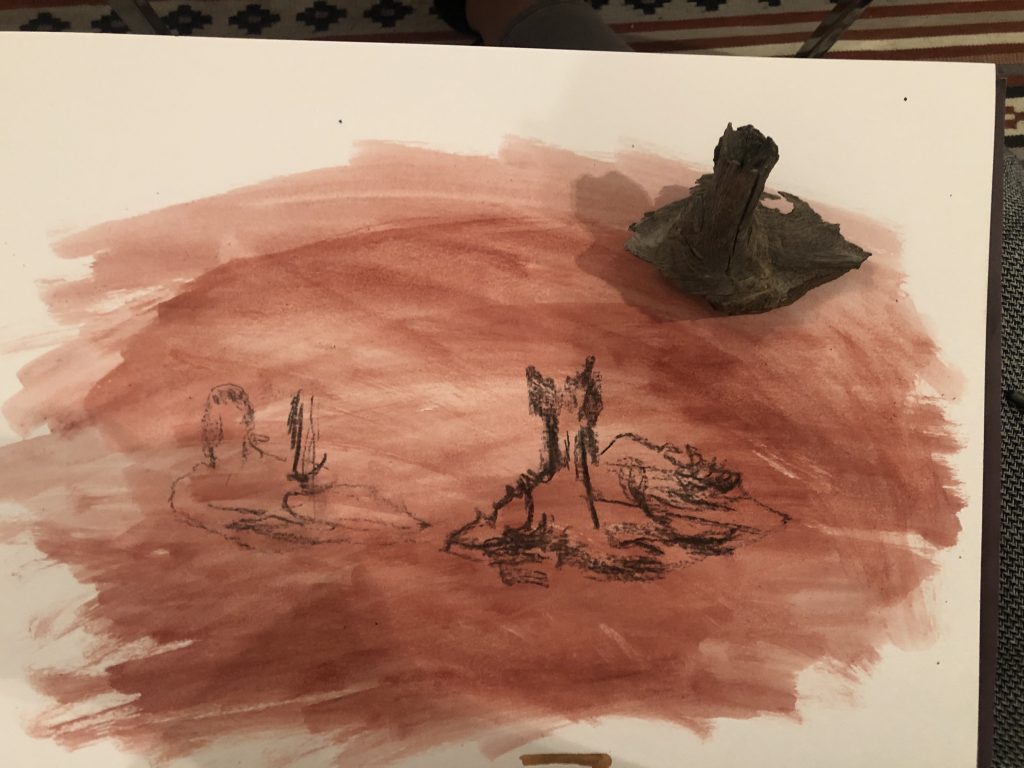
Thinking how these drawings/paintings are building up a narrative:
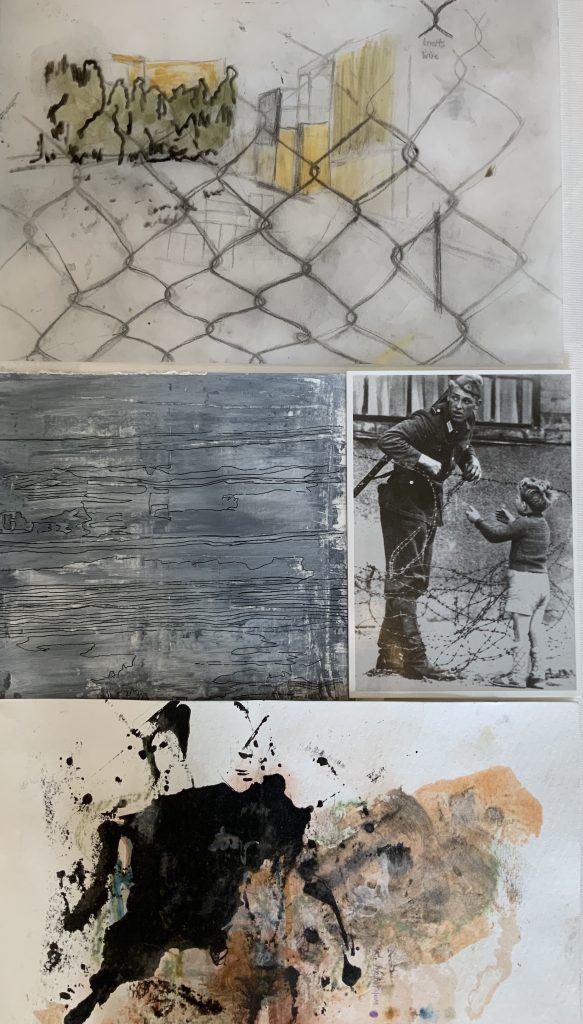
During the 2019 Venice Biennale there was work by an artist, Paolo Rossetto that really spoke to me – his work was called, Methamorphosis. I wanted to look at it during this part of my course and within my walking practice, as I remember walking to it, there was an area where tree bark was strewn on the floor – like if walking on a forest floor. For Rosetto the relationship between man and nature is ‘a thin and sublime border’ and he writes that we ‘belong to each other, even if we are different in shape. The artist worked with viewpoint that if his work was inspired by the verses from the Italian writer/flaneur, Gabriele D’Annunzio, when he starts to explain his ideas for his work which originated from Ovid’s myth of Daphne transformed into a laurel tree due to the tension when she experience when she did not want to accept the courtship of the god Apollo, one can see all the amazement and fear of the nymph who observes her body in metamorphosis. In his works the artist portraits this transformation as serene, accepted, complete, but the tension is completely new. “In the dampness of the wild greeting / the feet become twisted roots / she feels and from them arise a trunk / that the legs up to the thighs / includes and of the skin peel makes / and where is the flower of virginity / an inviolable knot composes. “
Reading about G D’Annunzio I find it interesting that he was not a likeable man, very much a narcissist and self-made, self-obsessed, seducer, womanizer and Fascist. He declared himself to be Italy’s greatest poet since Dante, and likened himself to Caesar, Nelson and Byron. He wrote to the newspapers giving news of his own tragic death following a fall from a horse in advance of the release of his first publication, just to drum up publicity. ( Funny he reminds me of many politicians of the day) As a poet/writer D’Annunzio was famous for redefining the relationship between life and art . D’Annunzio’s ‘life as art’ aesthetics develops a ‘lifestyle’ with an individualist as well as nationalist dimension with its climax in the First World War. Becoming a bit side tracked by this research, but trying to find the link with the artist and his work I read that D’Annunzio’s aestheticism, was that ‘beauty’ and ‘art’ are primarily identified in terms of sensory experiences provoked by artifacts and settings. Is Rossetto pointing to the superficial superiority type myths we create and the mass media promotes?
As Rossetto developed this work, starting with female bodies, he was searching for questions regarding a heartfelt dialogue between man and nature, and bodies became bark, branches and leaves and the work is infused with myths, dreams and realities. Some works were done in charcoal, pigment powders and oils as well as acrylic
He describe man as limited and abusive and nature as immense and generous.
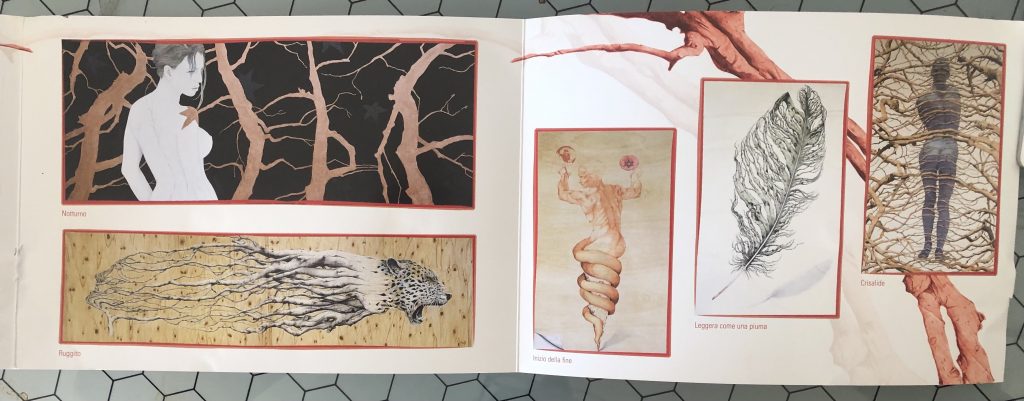
Was nature, namely the woods his source of inspiration? The works speak to object, the material element, man/woman, animal, representations that represent something else – being a symbolic way of working, even Surreal, an Anthropomorphic tree? Can the tree speak to the tree of life and how life then springs from the woman? Trees are also a vital symbol from which the figures grow and could represent (essential) periods and moments of life…. In my daily drawings with Elements I became fascinated by the detail of small branches/twigs and how one can use it to study an object and work on your observation skills.
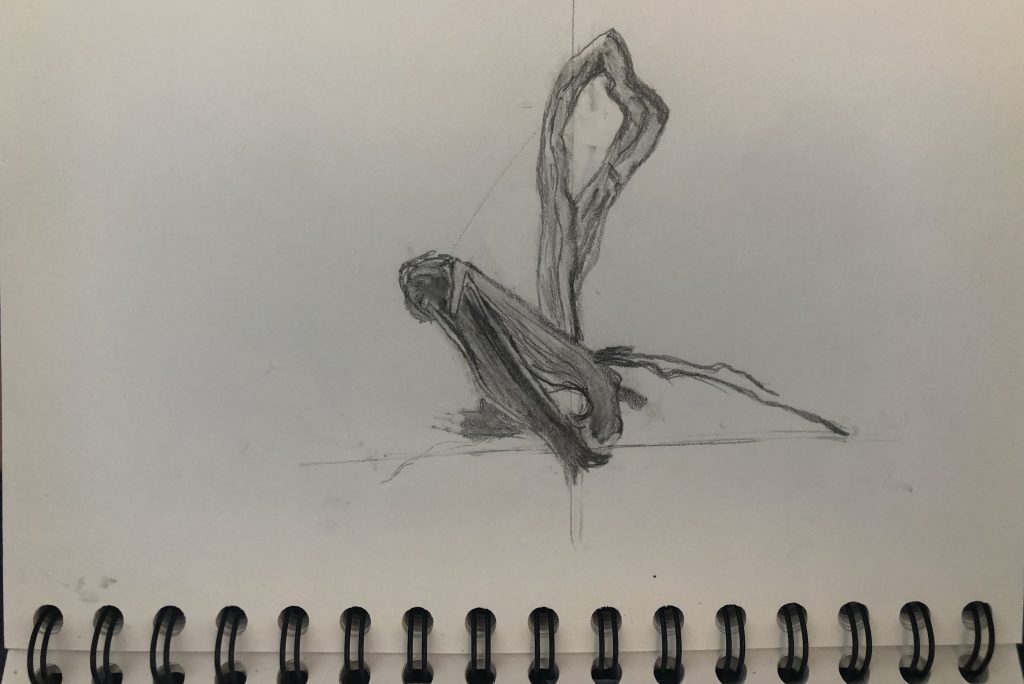
Further research to be mindful of the course material and how I connect the theory within it with my own material work and other artists I studied; as well as to show how I use theory to inform my work.
I want to look a specific artists who work with the lived experience of walking/physical tracing of the landscape/ indexical abstractions of the experience of landscape/new materialism/embracing chance
I connected with a group called, Walking the Land through Zoom and the first meeting was a synchronized walk on Friday 5 February. Our next ‘virtual walk’ is on Friday 5 March 2021. Info on the group: Walking the Land connect art, landscape and community, with the landscape and walking providing the catalyst for their creative activities. Based in the Gloucestershire countryside, Walking the Land comprises three lead artists, Richard Keating, Tom Keating and Kel Portman. Each share a passion for the landscape, using artworks to bring landscape and environmental issues to a wider public audience. As painters, sculptors, photographers, videographers, curators, academics and educators we produce work which refers to specific places, localities and environments, combining art and walking.
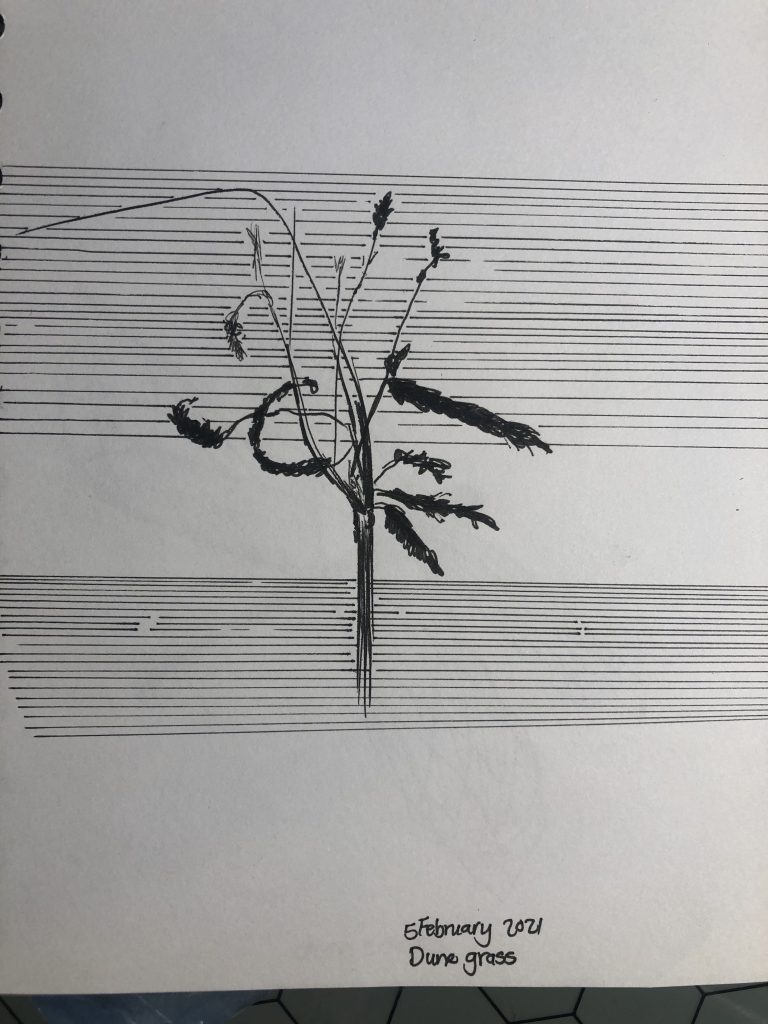
Above drawing is done after I had the news that a family member, Ronel, died of cancer which was only discovered a mere 6 weeks ago – too soon such a shock and she had so much pain in the last two weeks of her life. I could only talk to her on WA – sometimes she was too weak to answer, and her husband would do it. On photos I could see how the life was sucked out of her eyes and how her body was suffering. I started a portrait drawing of her – keeping her alive in my mind whilst dealing with the imminent outcome and supporting my kids. I found my walk on the dune today a place to cry for her and my daughter in law who lost her mom, my grandson who lost a grandmother, as well as for my son – the loss is raw and I felt that this sand dune reminded me of temporality and how I long to be closer to my own family (kids and grandchildren) I also made a portrait for my daughter in law and made a small still life on vellum to keep as a memory of sitting on a dune far from my family and contemplating loss of a loved one and how I could honor it. It changed my life in other ways – I promised Ronel I would me a mother to her daughter, my daughter in law, wife of my son and mother of my first born grandson. I feel the pull to move back and life closer to my children is becoming stronger by the day.
More about Kentridge’s drawings with charcoal: after listening to a video lecture by Sue Fields (part of the DRN Temporal Drawing sessions which they recorded on Vimeo) accessed by me on 18 February 2021, Called Staging Drawing. The talk was about drawing a gap in time and looking at scenographic design to explore time as erasure and disappearance – in Kentridge’s work one sees performativity, temporality as well as ephemerality in the way he digitally animates his charcoal drawings. She shared the following quote I value:
Kentridge’s utopia is a vision of transformations, relaying on the ambiguity of the future, drawn and erased ever and over in an effort to transcend the absurdities of everyday life. (Ando 2010, 335)
I am again so aware of the gestural touch of the artist in this process – it becomes part of the performance (which is the real people) in a way that it seems part/real – It makes me wonder if it can be seen as the involvement of the other? The gestural touch combines the eye, hand and mind of the artist – this thinking drawing way of the process.
I am open to not be to ‘literal’ in my drawings – response after sounds as well as things experienced that made me feel in a certain way – sometimes I feel excited to see or hear a bird sound and think about the fact that they actually life in a very harsh environment . The sea birds who arrive during the migration season will also be leaving soon. Yesterday I watched a crow ‘attacking’ a seagull and I wondered if it is a territorial thing or about food, or just dominance – there are far more crows in that area than seagulls.
My thoughts about not working literal took me to look at work of a conceptual artist, Tom Marioni, who put a lot of effort to prioritize the making or process of the art work – not about the object. For him, art reveals something about life. Below is a re making of The Act of Drinking Beer with friends, is the Highest form of Art his 1970’s work in video form.
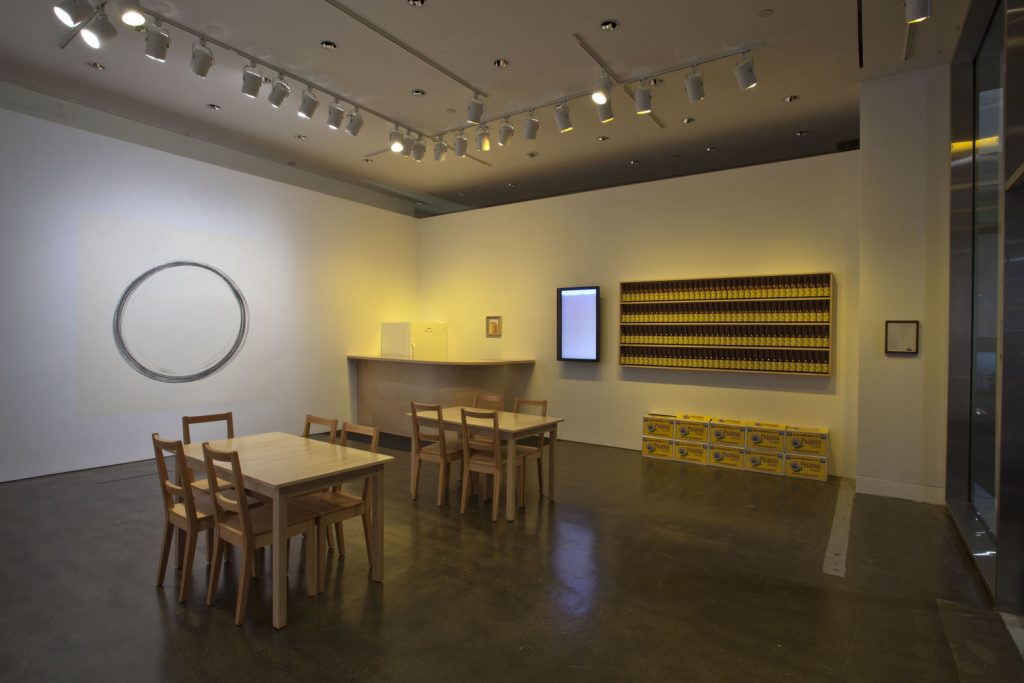
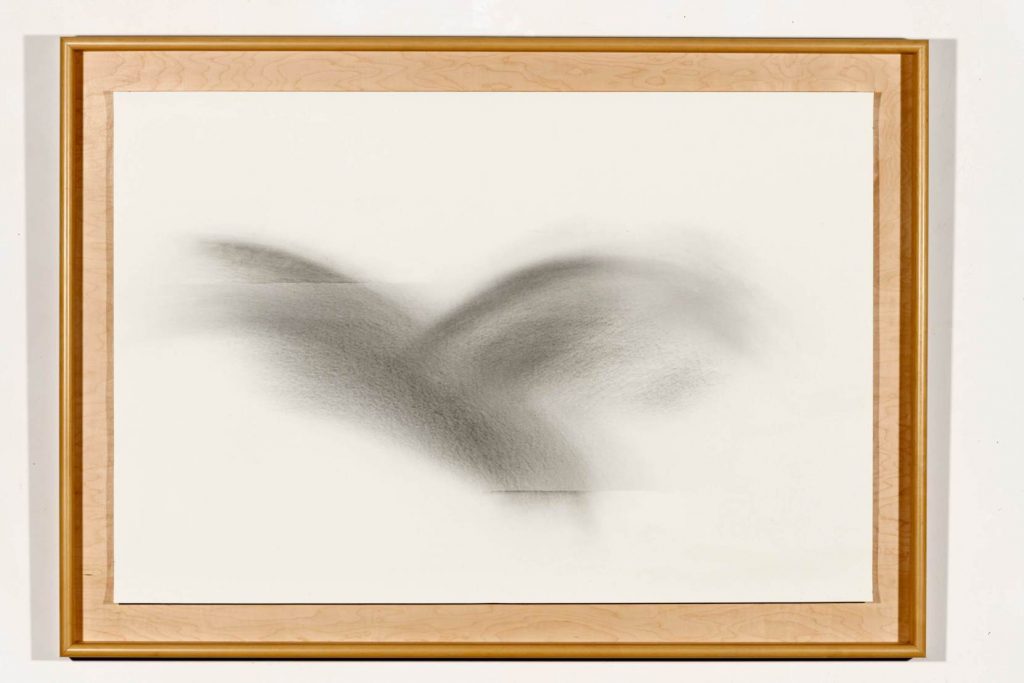
Drum 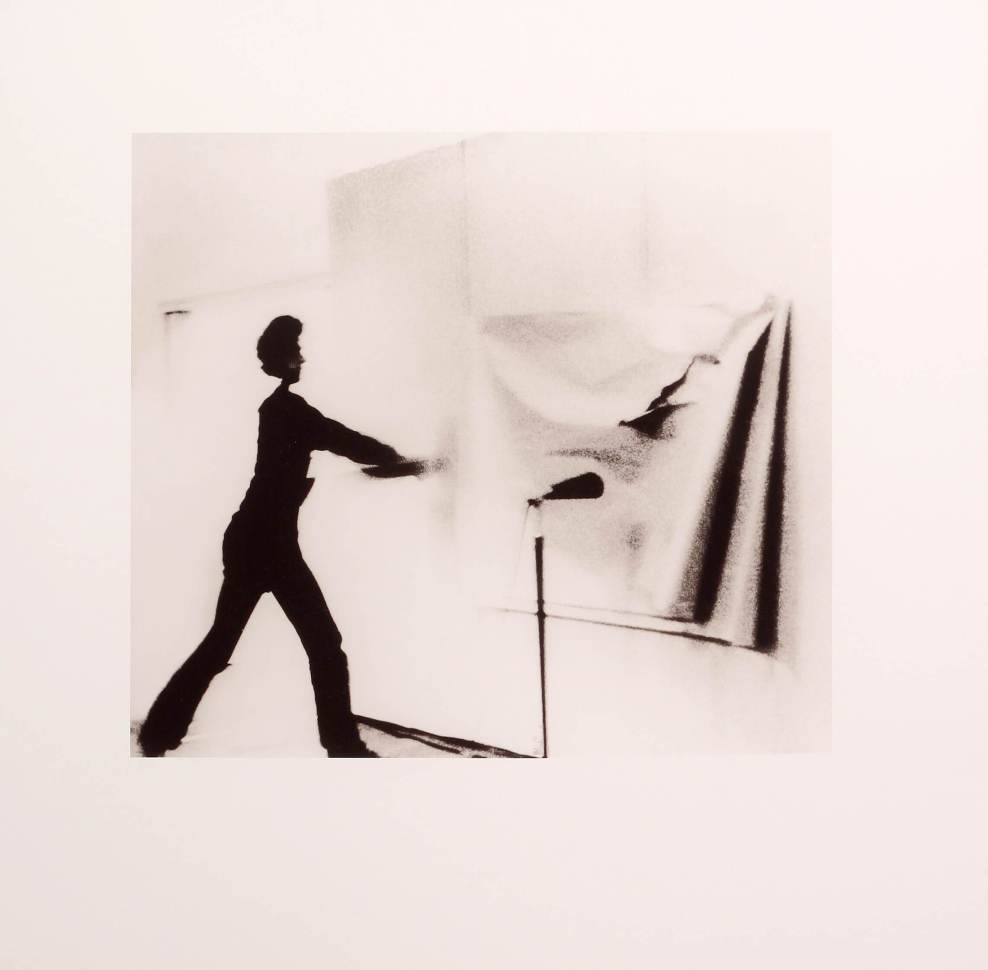
Because I can change the place where I do my daily walks, when I plan my day, I sometimes walk along the beach close by, or in the city along the many public beaches and well maintained walkways. I have not visited many parks, as they are not close to where I live. I find that walking alone when there are many people, makes the walk more of a routine exercise – keeping to myself and looking as an outsider. I have over the last few weeks learnt to take my walks to a slower pace – to stop for photos, video making, or just taking it all in with my senses. How do I relate this back to work in the studio? Can I explain the many footprints trying to enjoy a moment outside over time, thinking about when this place was only a desert and now as a busy city where people come to work and make their fortunes. Do I see walkers ‘living’ their dream?
A highlight in my research has been my recent ‘discovery’ of the work ( PhD research and exhibitions) of Lydia Halcrow, and to learn that she is an OCA tutor (Drawing) as well.
One of my drawings this morning, 22February 2021 – I am wondering about memory and how I bring it as images or ideas into my practice whilst walking and then back in the studio. Sometimes it is the found thing that triggers an idea or ask for more investigation, or is just inspiring. In this case – the idea of making and using frothing with the material (found object) lead to this drawing. I love the texture and would like to develop ideas around this pattern in my work – I reminds of indexing , looks like marks left behind … like my footprints on the sand. Can I call this a ‘memory work’ of found objects? I aslo wonder if this can be the way to catalogue find things of a walk. I can imagine that it is something I would like to do – say do it for a time and
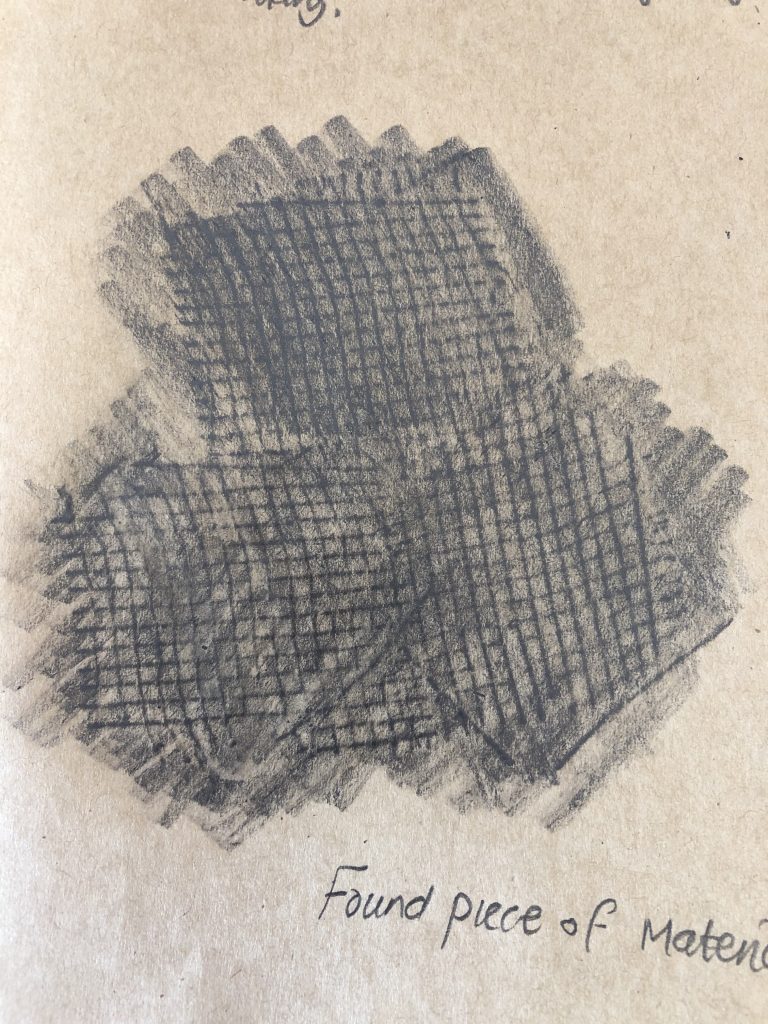
I came upon a book that captured me immediately: Joan Gibbons, Contemporary Art and Memory: Images of Recollection and Remembrance. I could download the book and will continue to read it during the next few days. Contemplating that memory acts as a form of knowledge as well as an agent of the imagination. I think I agree with Gibbons that memory should only be literal renderings but can suggest the allusive by tapping into our reservoir of emotions as much as into our store of cognitive knowledge. In many of contemporary art’s attempts to address social issues within society, the viability of the traditional narratives of patriarchy, imperialism and colonialism are challenged – we are confronted with a reassessment of history and a ‘decolonised history developed by marginalised groups and societies. Does this mean that truth and authority of history is being undermined? I see it as a move from history to memory. My understanding during this course is grounded in the ideas that personal identity is very much part of memory.
Gibbons discus memory and art as follows in her book when she describes how she put her thoughts in the book:
- address autobiographical works of art and is an exploration the ways in which memory is presented as a personal narrative and of the implications of making the private public.
- The next discusses works that constitute memory traces and involve the use of objects, photographs and sounds that were part of or link to the original memory, leaning on now well-rehearsed notions of indexicality in photographic theory.
- The third Chapter is on revisionist memories, maps a number of recovered social and political histories and puts them into the context of the current tendency to privilege memory over history. She also begin a discussion of museums and galleries as lieux de mémoiret.
- Chapter 4 is dedicated to issues concerning and strategies of remembrance of the Nazi Holocaust, in which I examine the debates over the speaking of the unspeakable and make use of Marianne Hirsch’s notion of ‘postmemory’.
- Chapter 5 is a discussion of enactment and re-enactment as relational or participatory forms of memory-work that are more emotionally and, in some cases, somatically connective.
- last chapter, I turn my attention to the ways in which artists have represented and critiqued methods through which knowledge and data, as aspects of memory, are ordered and stored by specialised and authoritative institutions such as the museum and archive.
- Finally, I end with an epilogue which also serves as a conclusion, and which introduces the (already lurking)theme of oblivion and the issue of forgetting as not just the converse of memory but as essential to the successes of memory.
NOTES FROM THE BOOK:
She use a quote of Gonzalez-Torres:
‘I’m a person who lives in this society and I’m a product of this society and this culture. I’m not only a reflection, I’m that culture itself…’
and conclude that in his work Gonzalez-Torres wanted his memories to be as collective as they are personal.
Look at memory to be indexical she explore works that anchor memory through an indexical relationship with the subject represented, works that almost literally ‘trace off ’ the actual world. She looks at the casts of Rachel Whiteread and alludes to the fact that the surfaces of objects hold traces of “the object’s ‘life’ until being frozen in time by the casting process” – and says they come as close as can be to a pure indexical relation. The mark the absence of the object. If I look at a spoor in the veld, or marking of the ocean on the sand – it is the same.
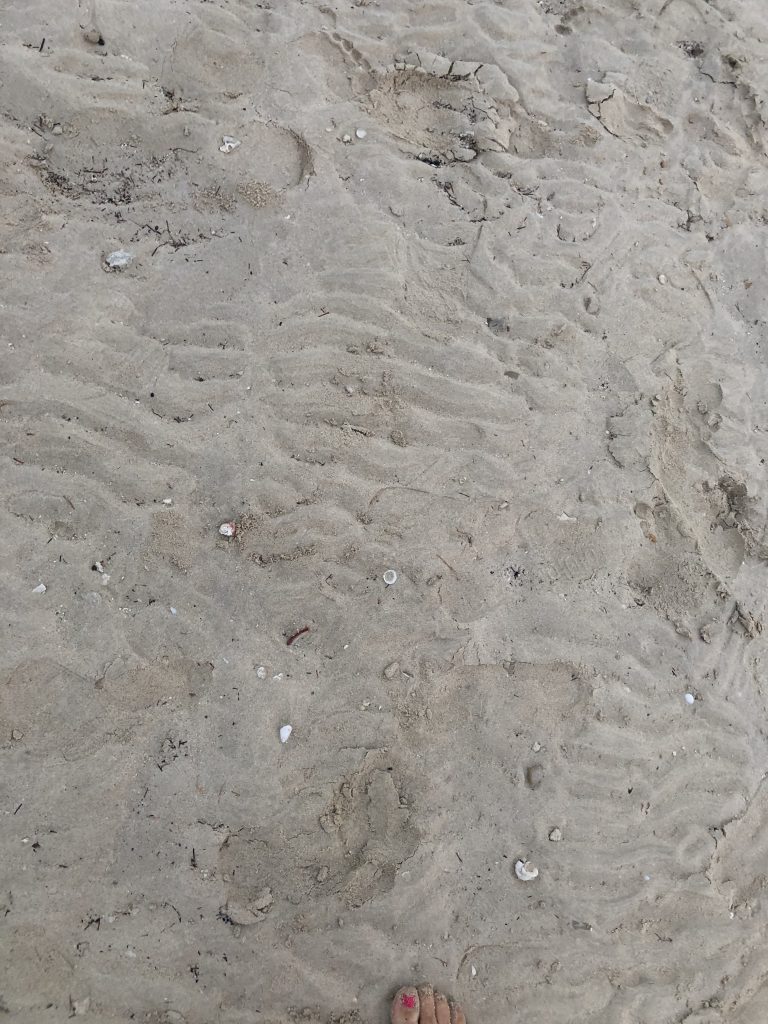
Below is a drawing I am making of the light on the sea – it is an ongoing drawing to capture lines and the unfolding patterns on the ocean as the light hits the water. I took a series of photos of this. It was high tide, around 2 in the afternoon and I literally felt in the middle of this ocean.
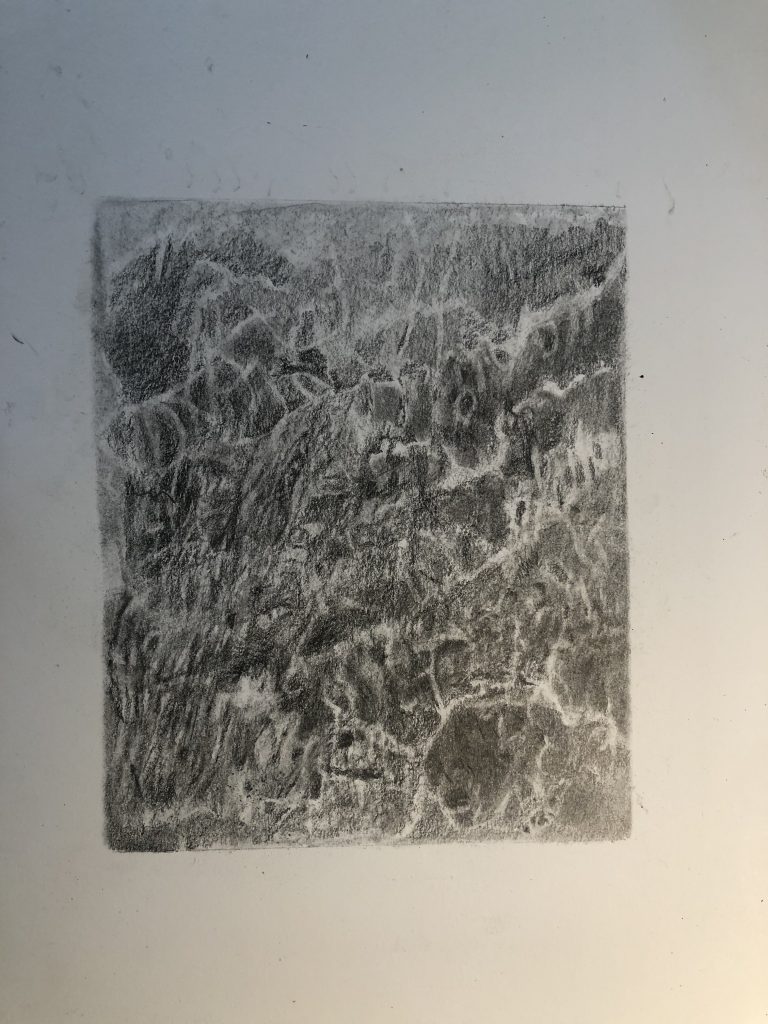
When she writes and considers memories of political/social artists, she looks at Foucault, who was always concerned with the hierarchical power relations of institutions. I do think that museums and galleries are currently more open to embrace politically charged works, and even support those who oppose the powers or oppositional politics. In this case she looked at mostly Black artists who offers a counter-history in which the artist seeks to redress previous versions of the past that have served to reproduce a dominant ideology. Her writings on Post Memory is very striking and relates so much of what I have read about in the theory of Part 5: that of an experience of inheriting her parents’ stories of exile and loss but also based on the need to (re)build and mourn.
Proboscis Projects (https://gileslane.files.wordpress.com/2019/04/proboscis.pdf)
“Social Tapestries project, which includes challenging and playful artworks,
projects and experiments exploring how public authoring can pervade
everyday life in different situations and contexts. Building upon the
Urban Tapestries knowledge mapping and sharing software platform
(developed by Proboscis and its partners), Social Tapestries includes
discrete works and public collaborations with specific communities
addressing education, social housing, community arts and local
government. The flow of ideas from Social Tapestries has increasingly
emphasised the importance of storytelling and narrative as a living,
everyday process that underpins how people co-create and inhabit
culture and society.”
A local artist who use memory and material is Zarah AlGhamdi, who is Saudi born. Zahrah Al Ghamdi (b 1977) is a visual and land artist, as well as an assistant professor at the College of Art and Design at the University of Jeddah, Saudi Arabia. I saw her leather installation at the Saudi Pavilion at the Venice Biennale during 2019. (see image below) Cultural heritage plays a big role as she works around her practice. ” Through art, she unravels these questionings with her own perception. A fervent observer of the relationship between mankind and the earth, Al Ghamdi expresses the imperceptible reality of it: “I always think a lot about how this earth lives while we are on. ” (at the Venice Biennale, September 2019) It looks as if she use accumulated materials of a place as a memory to the history and cultures of place (the leather objects has that narrative). Everything (52000 leather spheres) was handmade. The artists said she called them ‘creatures’. The leather material which she used reminds her of her grandfather herding, but now no one herds. A memory of place and time, that has changed, and is still changing as I write this. She took the leather and transformed it, like giving them a new life and then trying to settle in Venice. For the artist this should be reassuring people that it’s not wrong to transform and change, because eventually you’ll reach a new reality that way.
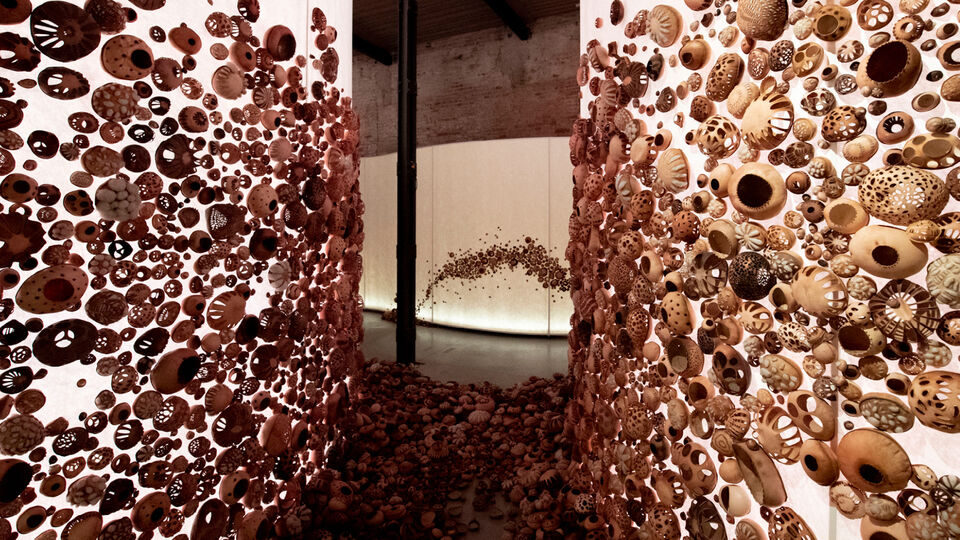
Her stacked forms in a sculptural monolithic wall she built for Desert X relates to memories of her home and desert of Saudi Arabia as well as fact that in both places, although so much distance between them, the desert landscapes are experiencing transformation due to building and developments in the areas. She used cement, soils and dyes that are particular to the construction processes of each region. To me it says she is not mirroring/representing, it is a language of feelings, longing and memories which is associated with place and time. We look at geology and human history of two different cultures and places, but similar in that both are desert environments.
Al-Ghamdi once said: “It’s important for me to smell the sand and feel it with my own hands, because those senses of touch and smell allow my work a synergy, and if I don’t get that synergy, I can’t work.”
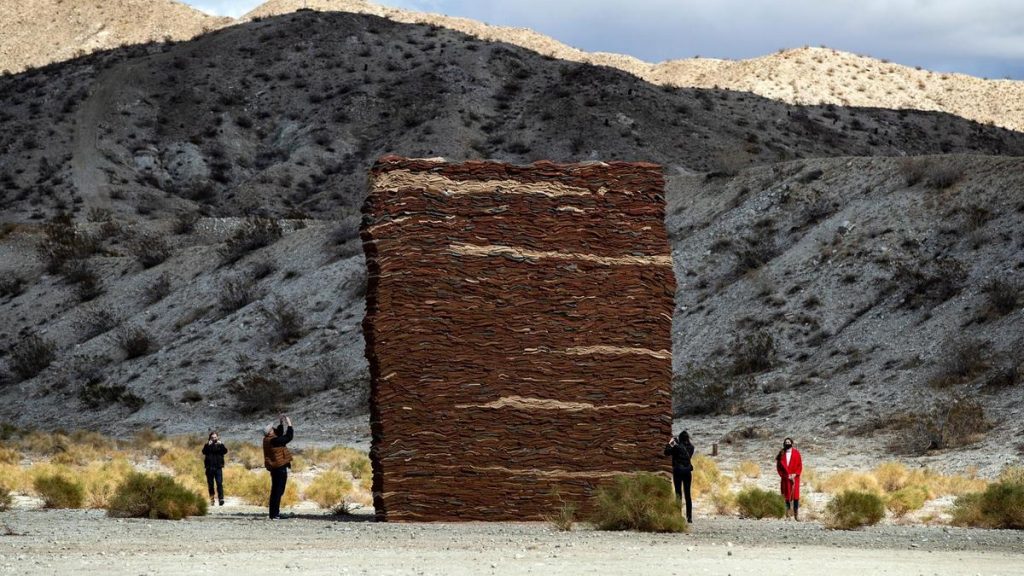
In our local news paper I read the following:
“This year, the exhibition explores the desert as a place and idea, taking into account the political, social and cultural contexts that shape the stories of people who reside there. Her installation, titled What Lies Behind the Walls, is a monolithic wall made of 6,000 tiles containing cement, dyes and soil specific to the Coachella Valley and her homeland. Visitors are encouraged to walk around the structure, which draws links between the desert of Saudi Arabia and that of the California valley.”

I read that she was inspired by what happened at the US-Mexico border during Donald Trump’s presidency. “There should never be walls in between people, in between countries,” Al Ghamdi told Reuters. “I took it as a sign that I have to create a wall that shows our similarities and how we can join as a culture and not separate from each other.”
I think the following words I read sums up her work very eloquently : Intertwining observations on urban architecture and the upsurge of emotions has proven to be the artist’s forte, citing the translation of “the concepts of identity and culture” as the roots of her inspiration. (Harpers Bazaar Arabia.com, online article https://www.harpersbazaararabia.com/culture/art/saudi-artist-zahrah-al-ghamdi-explores-the-kingdoms-cultural-heritage
Trinh T Minha-ha
With each step forward, the world comes to us.
With each step forward, a flower blooms under our feet.
With each step forward, one receives wide open and deep into oneself, the gifts of the universe. Learning how to walk anew.
The work during the course around Feminism and Activism as part of a transformation lead me to look more closely into the work of Trinh T Minh-ha. I looked at her video work and in these readings came upon work where she discussed walking. I could relate very well with these ideas. In her Notes on Feminism, I found a pdf called, The Walk of Multiplicity. In this work she focus on: She who walks, She who is being walked, and She the walking. What i have learnt from her is that walking is not much about discovering the world, (her connotation to colonial quest and conquest) but it is a focus on our ability to receive and the expansive nature of receiving. She reminds of an Asian meaning around walking that they say it is not miraculous to walk on water, but to walk on earth. Here walking becomes and experience of indefiniteness. She refers to an installation work she did and in collaboration with architect and artist Jean-Paul Bourdier. It was completed for the museum’s grand opening in 2006 and was kept on view until 2009. This large-scale multi-media installation, called L’Autre marche (The Other Walk), is about a cultural rite of passage and a transformative walk conceived for a 160-meter ramp that precedes the entrance into the new museum of Mankind, the Musée du Quai Branly in Paris, France. Images across Asian, African, Oceania and American cultures are selected and structured rhythmically so as to work on the visitor’s perception and prepare the latter in his/her journey amidst the museum’s visual and material environments of world cultures.
I read the following description of how it would have been to experience this installation:
The passage of the other into oneself, the course taken between sounds, images and aphorisms, or between the said and the seen along the ramp is an initiation walk that spans across several cultures of Asia, Africa, Oceania and America. With each step taken, relations between passage, passer-by, and passing time are mutually activated. Questions raised through sensual experience could incite the visitor to reflect on his or her present activities as spectator-researcher-visitor. Meaning moves with walking and with the coming and going, appearing and disappearing of the lit aphorisms. The strolling along the ramp could turn out to be a “rite of passage” whose fluid movement in three phases, “Transition,” “Transformation,” and “Overture” is suggested accordingly through sounds and visual rhythms.
To each phase of L’Autre marche (The Other Walk) corresponds a rhythm, as well as a sonorous and musical environment. To each screen corresponds a sequence of images peculiar to a culture (Senegal: Tokolor, Mandingo, Joola and Soninke; Yemen; Vietnam; China; Japan, Indonesia, and USA).
Awareness of a different walking toward the Self, the Other and the World takes place in the space between. At once exterior and interior to the museum, the trajectory in the ramp is also a passage from the human to the animal, vegetal and mineral universe. Access to a world other is characterized by a work that unfolds at the limit of the visual, between the immateriality of light-images projections or of sound resonances and the materiality of the objects exhibited in the museum.
[In its largely immaterial nature, this project, which is mainly based on the element of light for its visibility, may also be viewed as a counter-statement to the contents of the museum/museums that remain heavily focused on material reality, and the acquisition and exhibition of objects as cultural evidences.]
The installation unfolds in 28 autonomous visual sequences, with shifting aphorisms in twelve different languages intermittently appearing and disappearing (via 19 gobo projectors) on the sides and on the floor.
I feel I am more aware and inclined to think in the lines of binary opposition. “The binary opposition is the structuralist idea that acknowledges the human tendency to think in terms of opposition. With this categorization, terms and concepts tend to be associated as positive or negative.” Derrida argued that these oppositions were arbitrary and inherently unstable, the structures themselves begin to overlap and clash and ultimately they dismantle themselves from within.
In aesthetics of art I prefer to focus my move away from the populist ideas of favouring a specific majority: man/woman, black/white, old/young, human/animal, nature/development, original/copy Can it be that one then will be able to look pass what mass culture is presenting and think about the effects of a more complex idea of what we see and experience – that in betweenness ? I presume this is a more post structuralist way of thinking about aesthetics. If I think of drawing as thinking, it is far more complex than just a few lines appropriating something/idea? Does it mean my work will be more abstract? I do think I have to venture there and the methods of looking at abstract work in terms of line drawings I was doing with London Drawing – spontaneous inventions and almost a form of automation. I have been more under the impression that drawing is a form of abstraction and I do see a connection with my exterior world in developing these exercises with my imagination. At this stage it is important that my walking experience becomes connected to my work – one must be able to find that relationship, as in a way it is my story (autobiographical?).
Whilst drawing some of my favourite stones/rock pieces as well as contemplating lines and maps drawn intuitively I discussed with a musician friend of mine a possibility of looking at collaboration as an attempt to stimulate our creativity. She has recently lost her dad after a short illness and due to Covid 19 travel restrictions she could not attend his funeral and spent time with her close family, and we saw talking about our creative practices in our lives could help her with the grievance process. I suggested to send her an image and then she suggests music to listen to and we listen to the music for a week before I send another image prompt.
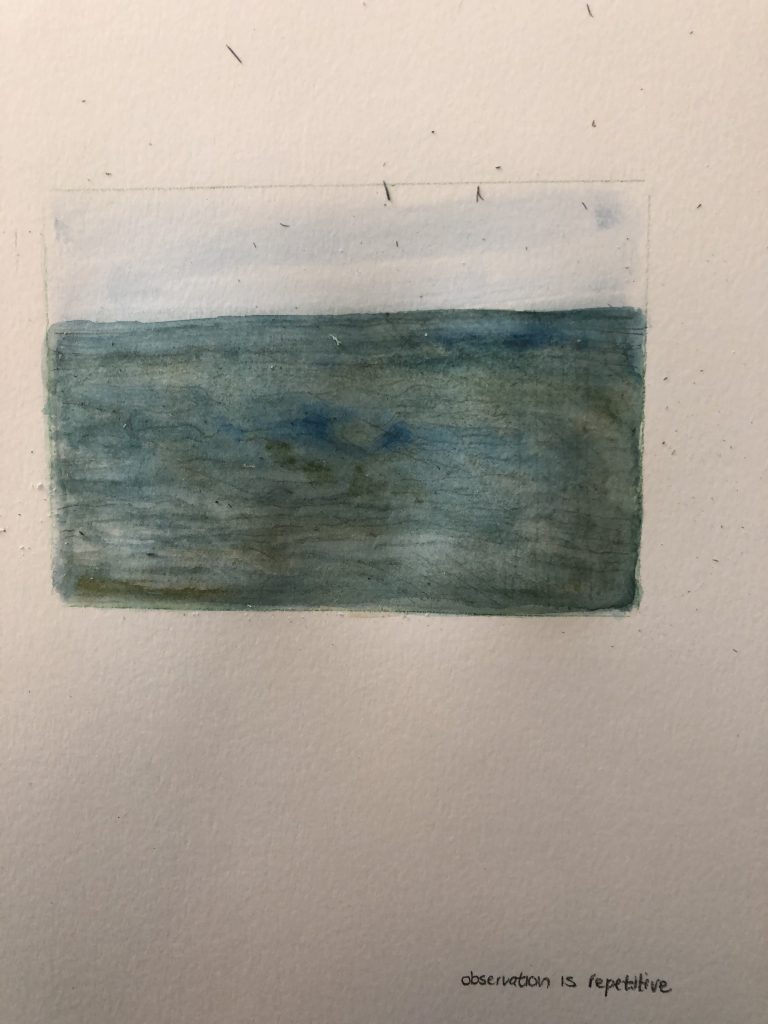
We contemplated listening to Brahms composition, 21 Hungarian dances. What I like about the music is that it was originally written as a sort of collaboration – two pianos, imagine four hands at work, the dances are lively and short. I felt I heard sounds of memories from my visit to Prague – on reading I found that it is a bit of ‘gypsy style’ – could Brahams have been accused of ‘stealing’ from folk music in the two more known dances, no’s 1 and 5? I played the music almost every day in my studio. These lines are abstract drawing lines to ‘represent’ the sea, but also an exercise in repetition and imagination. I feel the colour palet refers to the beach and the music is light and fresh like feelings one can have when outside in nature.
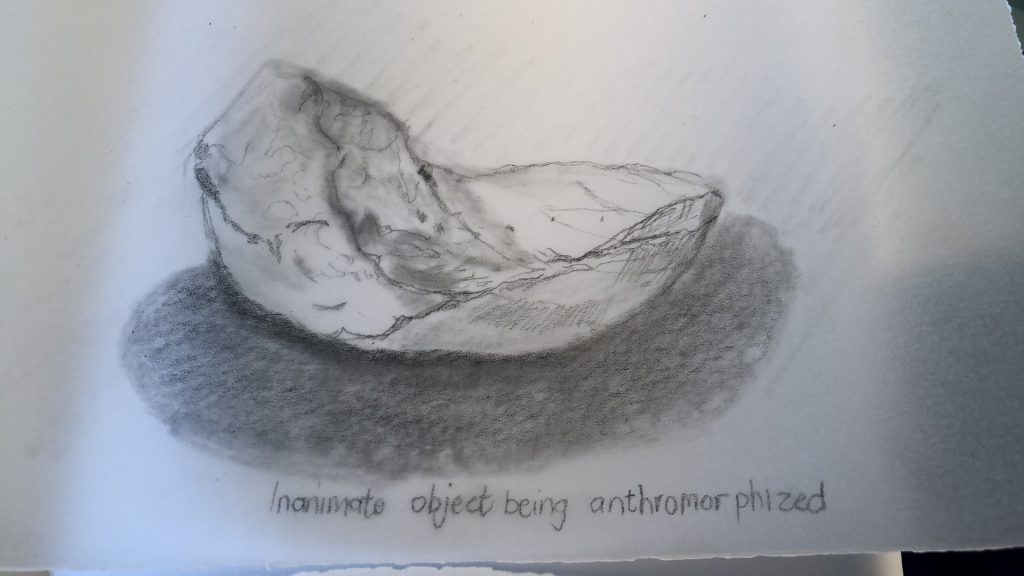
The prompt back is to listen to F Schubert, The Shepherd on the Rock. I do not know the piece and listen to a view sopranos singing (and being accompanied by a clarinet and piano) and read about the background to the composition. During my listening over the week, I read the translated words of the song and loved the rendition of Anna Lucia Richter. We talk about composition and rules of music and how the old classic masters lived in such a different environment. I share a small reading from Mary Jacobus Romantic Things: A TREE, A ROCK A CLOUD. In my own walking and drawing I relate to nature’s own writings on stones. We talk about how we anthropomorphized stones – we have so many attachments/signals in our language and emotional memories which relate us to stones. For many a dad is a rock of strength. we contemplate time – how old is a stone? A stone was once part of a mountain, which mountain, how old is that mountain? I worked with charcoal on vellum paper and love the fluidity of the materials as they come into contact with the surface of the vellum. I feel it can give some meaning to time that is layered within this piece of rock – the marks and time is inscribed.
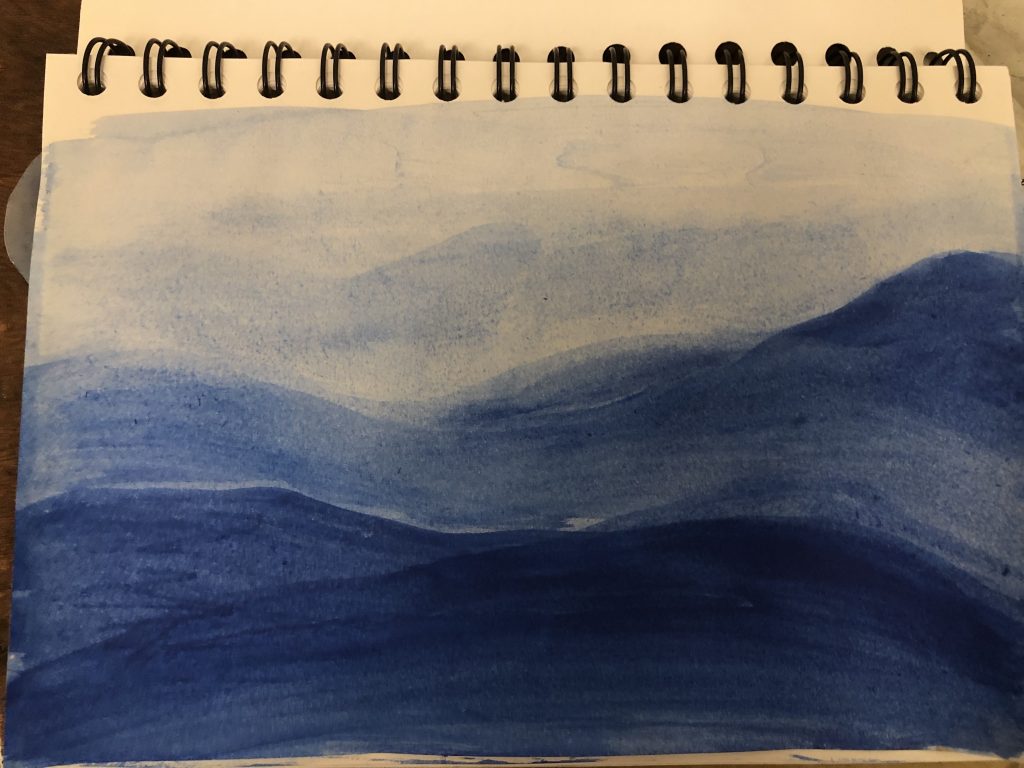
Above drawing is imaginary and was done with @a.labourne during of 40 days of Drawing with Elements. By modulating the colour the work evoke change in atmosphere and one get the feeling of distant parts of a landscape. There is also a softness and melancholy in this work – but the subject, mountains are materially hard and harsh.
I like the blue lines of the imaginary mountain ranges in this drawing with Art Graff. I came to like Art Graff as a medium very much – I can work in tonal ranges and it is very fluid medium when I dip a brush into water and then onto the block of blue graphite.
“Life itself is not the reality We are the ones who put life into stone and pebbles”. Frederick Sommer
I feel that landscape is important to connect to place – how did other artist view place in their landscape work – what influenced them? Is it patterns, repetitive and colour? I decided to look at a view works.
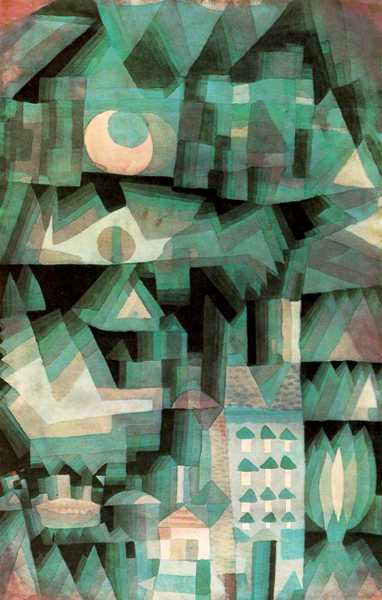
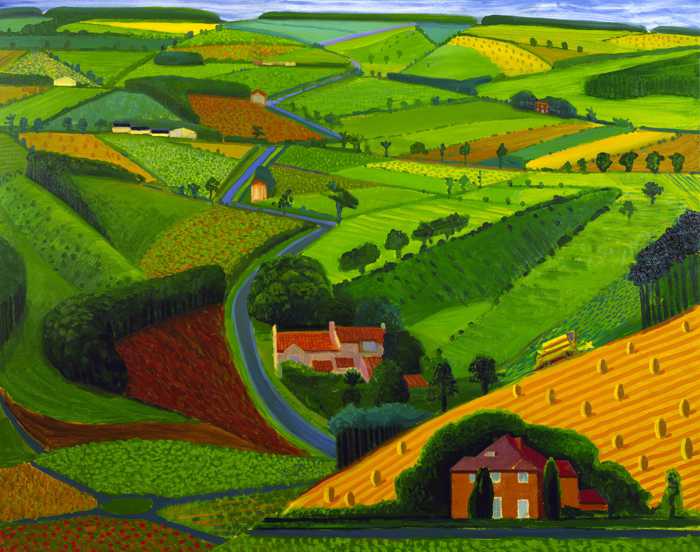
Look how Hockney flattens perspective – I think it helps to see the vastness of what he wants the viewer to see, there is hardly a skyline. I read this is a place he had known for long – also a story of memory in here? I have so much memories of driving in an area we call the ‘ruggens’ – as it is so filled with valleys. I like his use of texture with colour (different green and yellow hues), a very limited palette I would say., but we have so much detail to look at.
In the work below I think I found what I was looking for at the moment. I feel overwhelmed by patterns, its formal structure and how I can use it in my work, without being to locked into representation of the precise/real. I like the idea of using creative freedom and finding a way to abstract form, by simplifying form, thinking of reduction.

Farm Near Duivendrecht, 1907 (oil on canvas)
Mondrian adapted his approach to composition to incorporate a grid-like arrangement. Doing so he had more control over the spatial organization of his work. It gave him a point of reference from which to observe the effects of his ‘reconfiguring’ of the elements he would use. I realize this process to years or experimentation to develop into pure abstraction.
I add the following as I found it during a search: (copy and past)
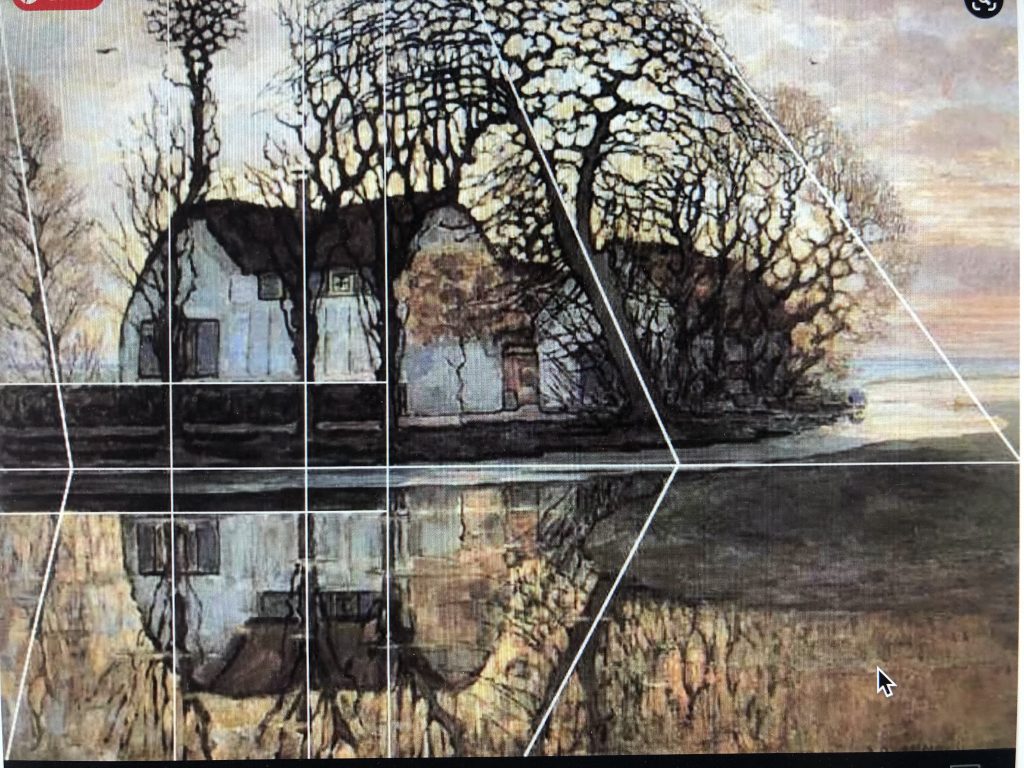
The ‘Farm Near Duivendrecht’ is one of the early stops on Mondrian’s artistic journey. Although this is still a representational work, you can see the forces of abstraction beginning to flex their muscles. Mondrian adapts the natural patterns of the branches on the trees to enhance their aesthetic appeal and uses the tree trunks and their reflections to form a structural backbone for the composition. The pattern of the branches, which would naturally have a random distribution, is restructured to form a balanced interplay between their shapes and the spaces between them. Mondrian’s impulse to balance opposing elements like horizontals and verticals or positive and negative forms is a key to understanding his work. He does it again by balancing the image with its reflection, an interplay between land and water, where the verticals of the trees cross the horizontal divide of the river. In this interaction you can begin to see the emergence of the ‘grid’ in Mondrian’s work (click on the flip icon to view).
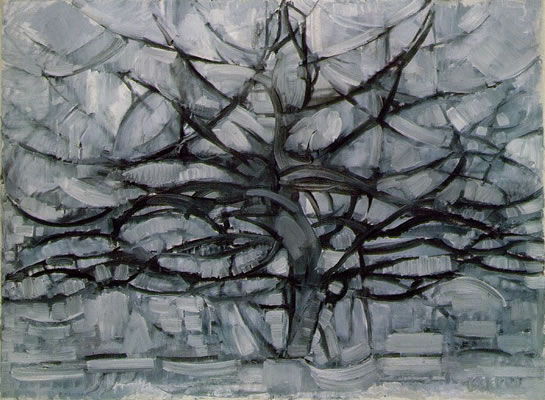
I then looked at his Grey Tree, 1912 to see if I find a development of his style into abstraction. I read on that this work exemplifies his early transition toward abstraction, and his application of Cubist principles to represent the landscape. “The three-dimensional tree has been reduced to lines and planes using a limited palette of grays and black. This painting is one in a series of works Mondrian created, in which the early trees are naturalistically represented, while the later works have become progressively more abstract. In the later paintings, the lines of the tree are reduced until the form of the tree is barely discernible and becomes secondary to the overall composition of vertical and horizontal lines. Here, there is still an allusion to the tree as it appears in nature, but one can already see Mondrian’s interest in reducing the form to a structured organization of lines. This step was invaluable to Mondrian’s development of his mature style of pure abstraction.” (The ArtStory.org)
I discovered the Kunstmuseum Den Haag, which has a complete wing devoted to Mondrian & De Stijl.
looking at detail in the landscape
During the drawing course with Londondrawing I was forced to look deeper and find lines, pattern and detail in things that took my interest. I looked at these works below for inspiration.
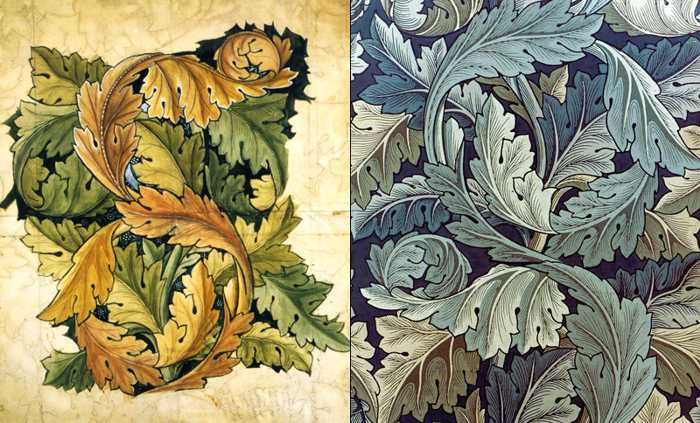
Pencil and Watercolor Sketch for Acanthus Wallpaper Pattern, 1874-75
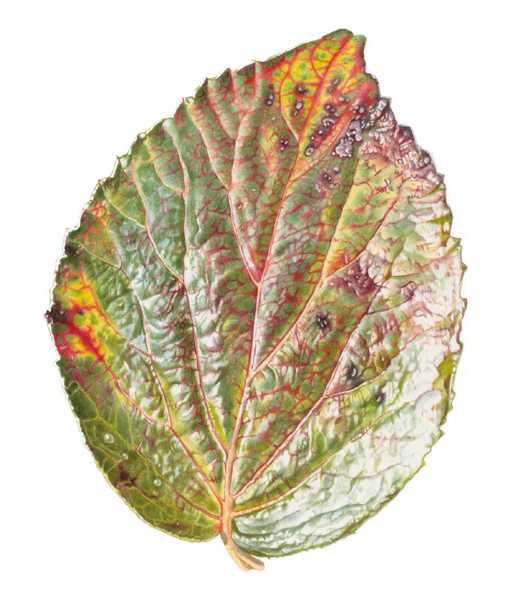
Kensington Gardens 1, 1979 (watercolor on vellum)
Observing a leave in detail and seeing fractals. On Artyfactory I read the following about above work: “For example, in the delicate growth pattern of the veins you can see the structural form of the branches of a tree. You can then expand your vision to a geological scale where the image becomes an aerial view as the veins turn into rivers and tributaries cutting their way through a landscape to the coastline. A more melancholic metaphor could relate the anatomy of the dying leaf to a Vanitas theme of mortality, as its veins hemorrhage a vascular red into the chlorophyll green of its decomposing skin. If we looked at our world through the same mindful spectacles as Rory McEwen, our sense of sight and the art we produce would be the richer for it.“
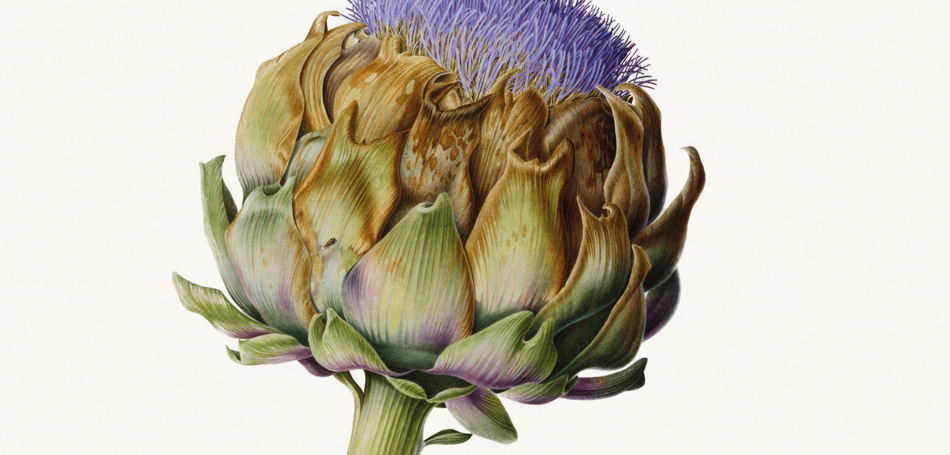
McEwen began to paint seriously in the 1960’s; primarily known for his watercolours on velum, he also worked in many other mediums including perspex, glass and metal. He created works of exquisite beauty, using the bare velum as a background upon which to float his flowers, leaves and vegetables.
Prompt for week starting 1 March is my drawing I did during the session with Londondrawing group.
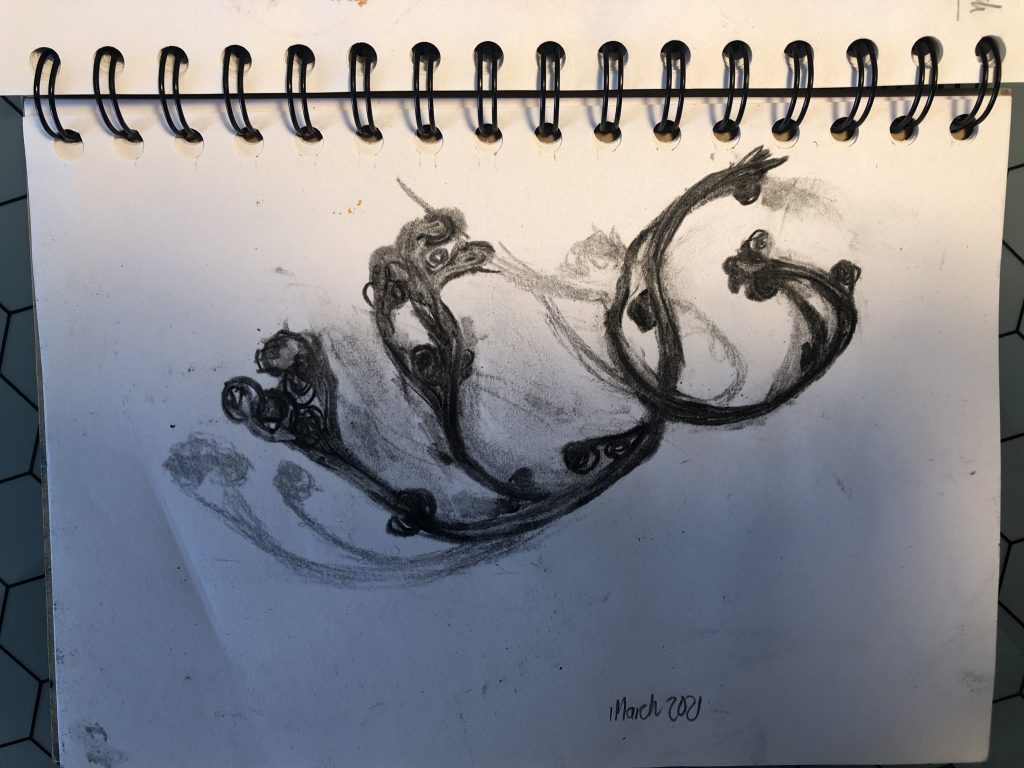
We listen to The Moldau by Czech composer B Smetana . He was inspired by nature, memories of his personal adventures, and a deep love for his country. The work is named after an actual river that runs from a mountainside, through the Czech countryside, and into the city of Prague. In his music, Smetana tells the story of the river’s journey as it passes people and events happening along its banks, it starts with 2 flutes introducing the music – could be the water running? He waved personal memories and impressions into a lush melody. “The river theme starts gently but then its melody swells as the river widens. You will also notice that Smetana changes the music to depict different scenes on the riverbanks. Listen for Smetana’s use of French horns and trumpets sounding like hunters chasing a deer through the forest. Listen for the violins performing a polka, (a lively couple dance) at a wedding party. And listen for the flutes as Smetana imagines mermaids in the moonlight.”
I look at my little drawing – so small and fragile, it can drift or float on water – it could be how nature has formed it, wind, rain. I do think I will make more drawings of this during the Mindful drawings sessions on Mondays with @Londondrawing (online sessions). I think of the landscape where I life – here is now rivers – only floods which comes down from the mountainous area, called whadis. The desert has flows which is caused by the winds, in the valleys one can easily ‘imagine’ a river flowing.
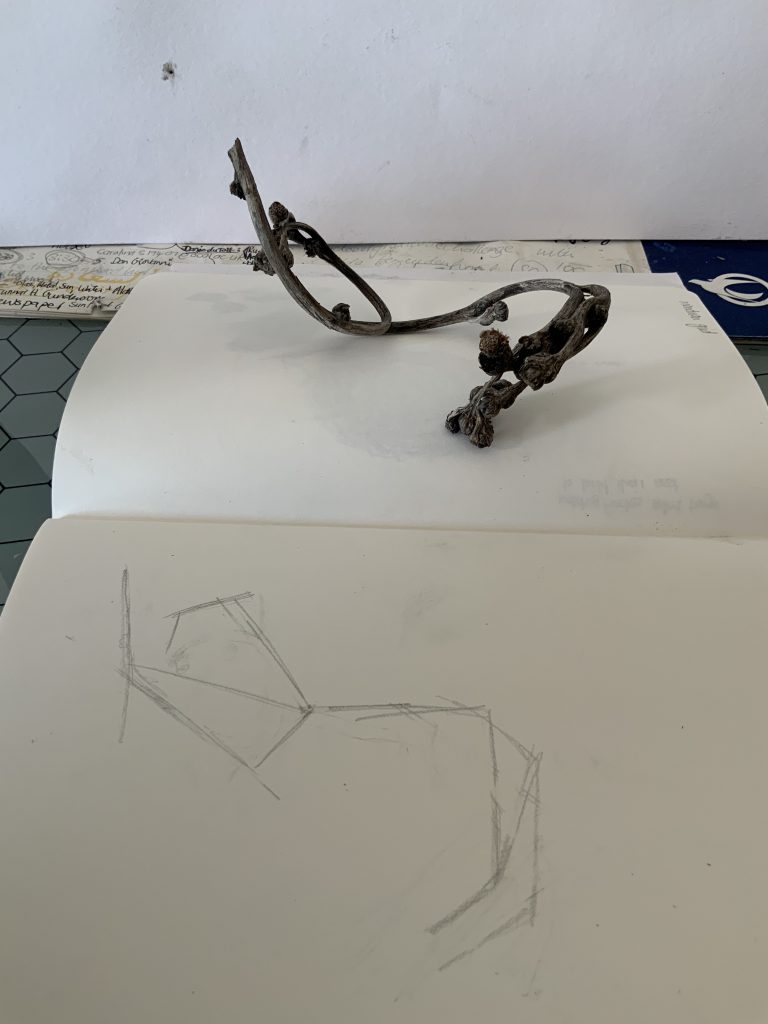
On 28 February the Drawing with Elements came to an end – 40 days of drawing was completed! Our last drawings was to look at Ephemerality and use ephemeral media to draw ephemeral lines, moving lines and observing nature. I loved to think about these transient effects I observe in nature and think how I can use it in media by drawings or paintings.
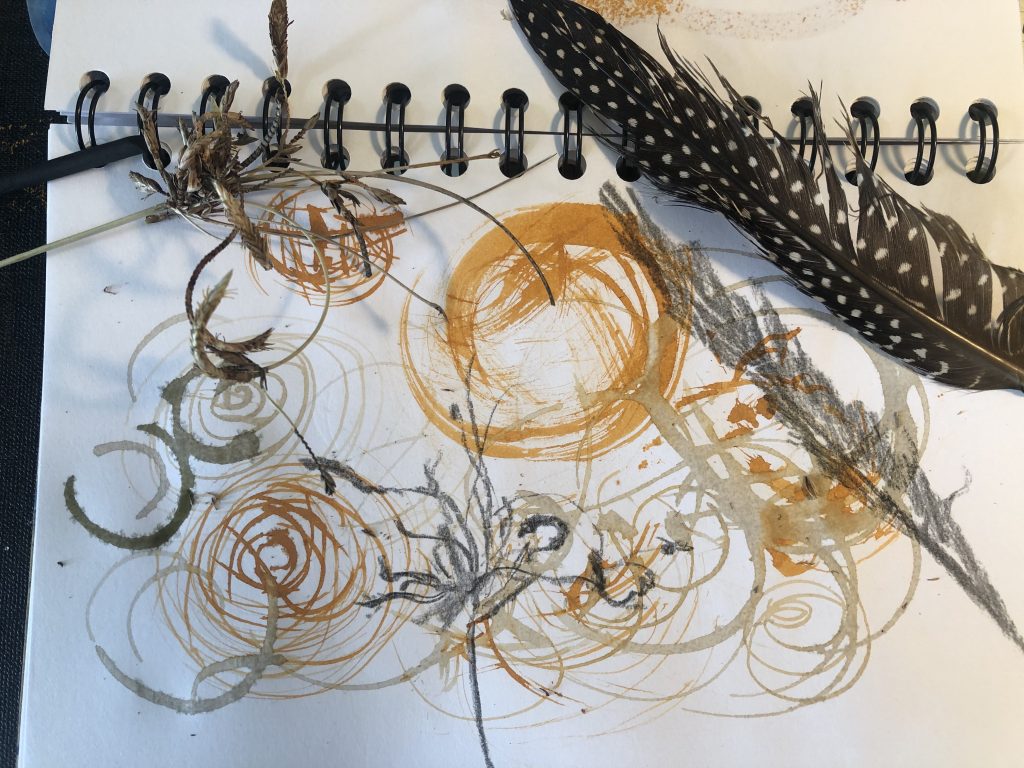
I took a piece of grass which I collected as well as a guinea fowl feather (walking founds?) to draw lines with ink. I eventually drew the two ‘tools’ I used to draw with, onto the marks as a memory of the process. I like the layers of mark making and how the ink moved over the surface. Later afternoon walk on 28 February 2021 and looking at ephemeral lines. I am also aware that our time here in Dubai is running out – still unsure about our plans due to travel restrictions, but I know these walks will be coming to an end when we leave and I decided to make the best use of time and try and spent at least 2 afternoons a week on a walk there. I have seen how the beach changed over the last 6 months and how the impact of having food stalls and camping facilities changed the landscape – on windy days it is still the windsurfers who dominate, and mostly families and young children still frequent the sandy shores, but on the hilltop the eateries have invited more sophisticated ‘viewers’ to sip coffee/tea/cold drinks and watch and experience the landscape. Dogs are not allowed any more and life savers are controlling the swimmers – marked swimming area is in the middle image below.
My drawing/painting practice has developed over the course – I feel having worked at that everyday has given me confidence as well as a deep feeling of connectedness with using these tools to make marks. I find the flow of charcoal and the art graff very much the same as with paint. The difference which I enjoy, is the temporality of these marks – I feel less precious about it, I feel my body connects and become part of the action. I can do it anywhere, on almost any surface.
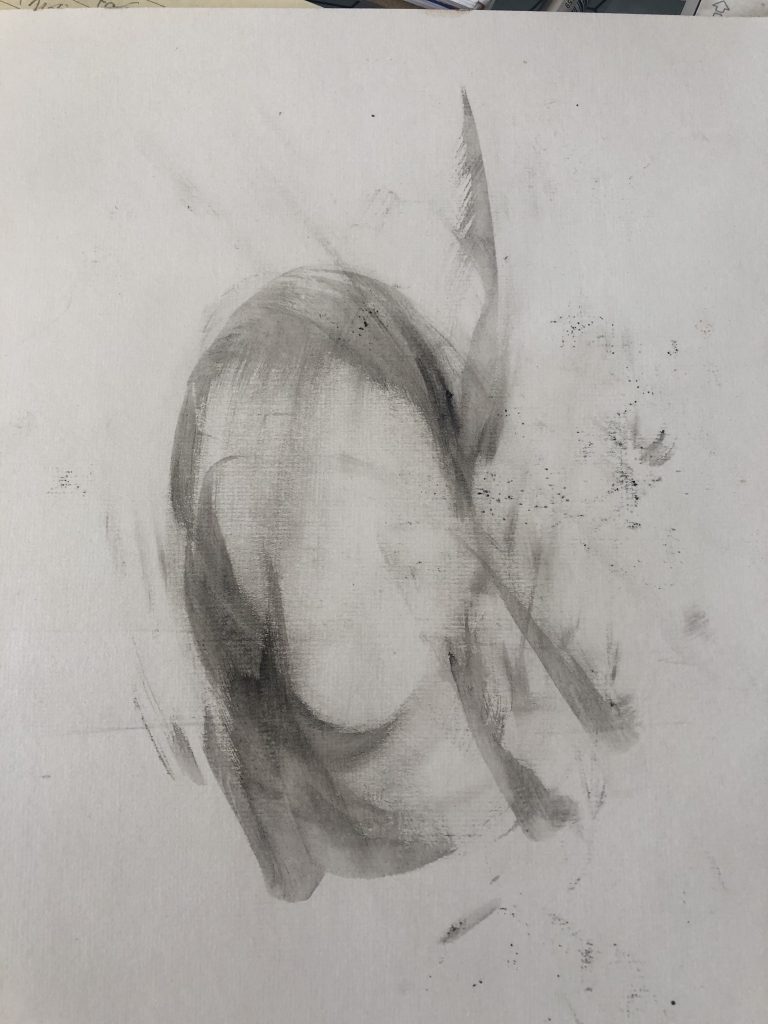
Above marks had me look at the materiality of my materials that I like – I see how I can use thin watery (diluted with OMS) layers of oil on a canvas and work with softer fluid lines to build up form – bigger brushes and scrapers. I like the ‘facelessness’ of the drawing – it can be anything and yet there is so much going on, tone, line, marks, form, depth – is it just that I am talking better to the lines? I do like that it is open to being figurative and abstract. Sometimes one should just walk away and come back later – see it different.
Looking at the work of Richard Diebenkorn. The reason these works interested me was the abstract expressionism I see in the work of relative flat landscape. Below I describe how he achieved this.
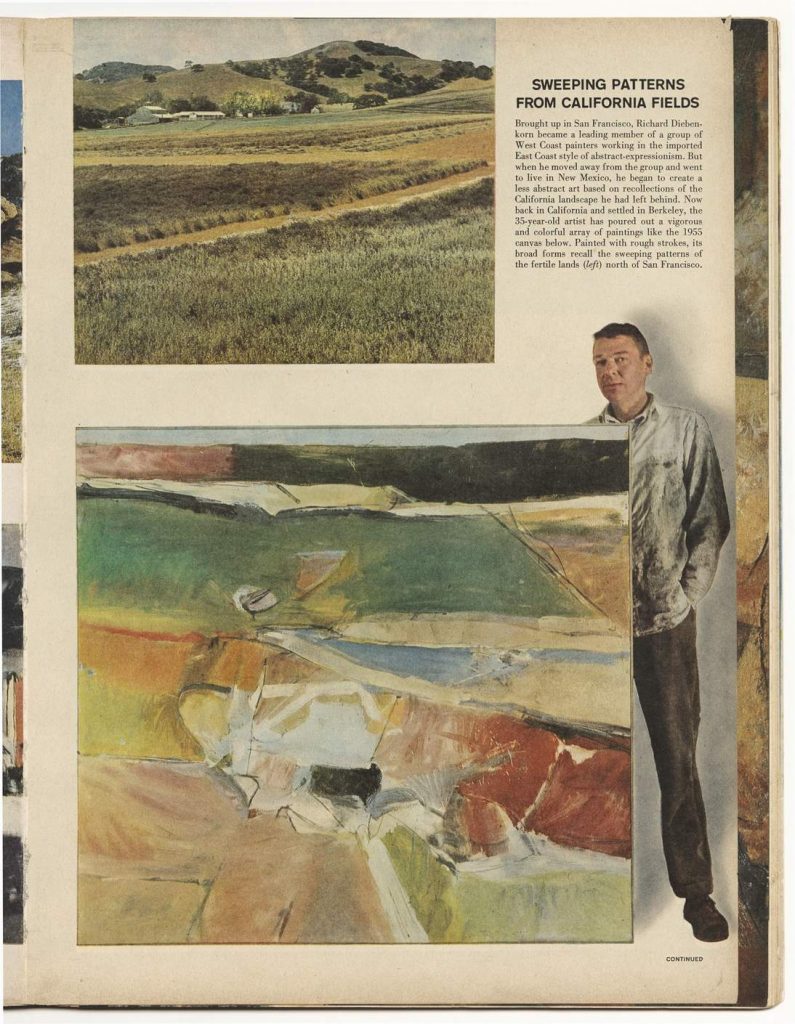
In the aerial perspectives Diebenkorn incorporated into his work modernist principles throughout to bridge the divide between abstraction and figuration. These principles were an emphasis on expressive paint handling and the flat picture plane. And he was still conveying a sense of place. In the Guardian I read the following:
In 1945 he was assigned to the photographic division and posted to Hawaii as a cartographer. But while he enjoyed working alongside a “jolly group” that included Walt Disney-trained animators, he found he lacked the requisite precision: his maps were always developing blots or bubbles. Anathema to the mapmaker, errors and mistakes would play a significant role in his own work, as would the cartographer’s imperative of capturing the world as it appears from above. Years later, he said: “One thing I know has influenced me a lot is looking at landscape from the air … Of course, the Earth’s skin itself had ‘presence’ – I mean, it was all like a flat design – and everything was usually in the form of an irregular grid.” (https://www.theguardian.com/artanddesign/2015/feb/28/richard-diebenkorn-royal-academy-exhibition-figurate-abstract-painter)
I can completely relate to his ‘anathema’ and his love for the skin of the earth like that of an irregular grid.
On a personal level I can note that Pieter van der Westhuizen lived his life in the area where we are moving to now – we call it the Swartland – a rural area, near Cape Town, with valleys planted with grain and sheep grazing in the veld, with surrounding mountains to the inland, and not to far from the coast. I love his etchings, but the simplicity of his colourful landscapes has always captured the essence of the place for me.
His personal history of art is as follows: He studied Fine art at UNISA, under Sakkie Eloff, Leo Theron, Robert Hodgins. In 1960 he worked under Alfred Krentz and in 1971 under Erik Laubscher. During 1979-80 he attended the National Hoger Institute voor Schone Kunst at the Royal Academy for Fine Arts in Belgium. In 1982 and 1985 he continued his studies at the Stedelijke Akademie in Ghent and the Ryks Centrum voor Grafiek in Kasterlee, Belgium. During 1983 and 1985 he studied wood-block printing in Japan. In 1988-1989 he exhibited with Marc Chagall, Yaacov Agam, Ben Avram, inter alia, in Madrid, Spain. He is regarded as the most popular artist in South Africa today. His works are in private and state collections in South Africa, Britain, France, Belgium, The Netherlands, America, Canada, Australia, New Zealand, Germany, Sweden, Denmark, Switzerland, Italy, China, Japan and Israel. Exhibited London in June 2000.
I have moved my deadline to hand in my assignment to Thursday 4 March, mostly to finish off this part of my parallel project and the drawing blog for March 2021 – daily drawing images still need to be uploaded.
Walking plans for rest of March 2021 which I will add to my blog as part of how it can influence my practice and work process:
- First Friday (monthly) walk with Walking the Land
- Lunch Break Resilience Walk on Zoom , with Anise Bullimore – 12 March 2021
- Woman’s Day March 8 March – virtual walk on Telegram @ 9am GMT, which meant 1pm here in Dubai. It was a warm day and I really could not relate to any presence of important women in my area. The activist in me convinced me not to take part and acknowledge my lack of understanding the role of a woman in Arabic culture. In the place I currently find myself I could not identify with the motivations of the walk here are no physical signs in my area that indicated to the importance or significance of woman, other than that they live here and care for their families, and that i will celebrate in my act of staying inside. The Telegram group had many walkers from the Ukraine (towns I have never heard of), London, Glasgow, Edinburgh , Berlin, Ontario, Canada…..I read all their feedback, viewed their photo images and really felt a bit lost in the culture I live in and wondered if there ever could be a march in this regard. Somebody chose to walk to Hackney Town Hall and celebrate the Hackney Flashers – there you go Jo Spence! I took a walk along the beach in the evening with my husband. I saw many young/older Emerati women at the pop up restaurant and gave a thought to the time spent outside with other girlfriends -woman. We do love to socialize. There were also (Emerati) couples, single men in groups enjoying the views and sharing of place, whilst mostly American pop music were playing over the loudspeakers. Every visit to the beach now a days are part of saying bye to a place I really enjoyed over the last 3 years. ( back home I read that a Femicide protest in Mexico City turned violent – politicking a march by the powers?)
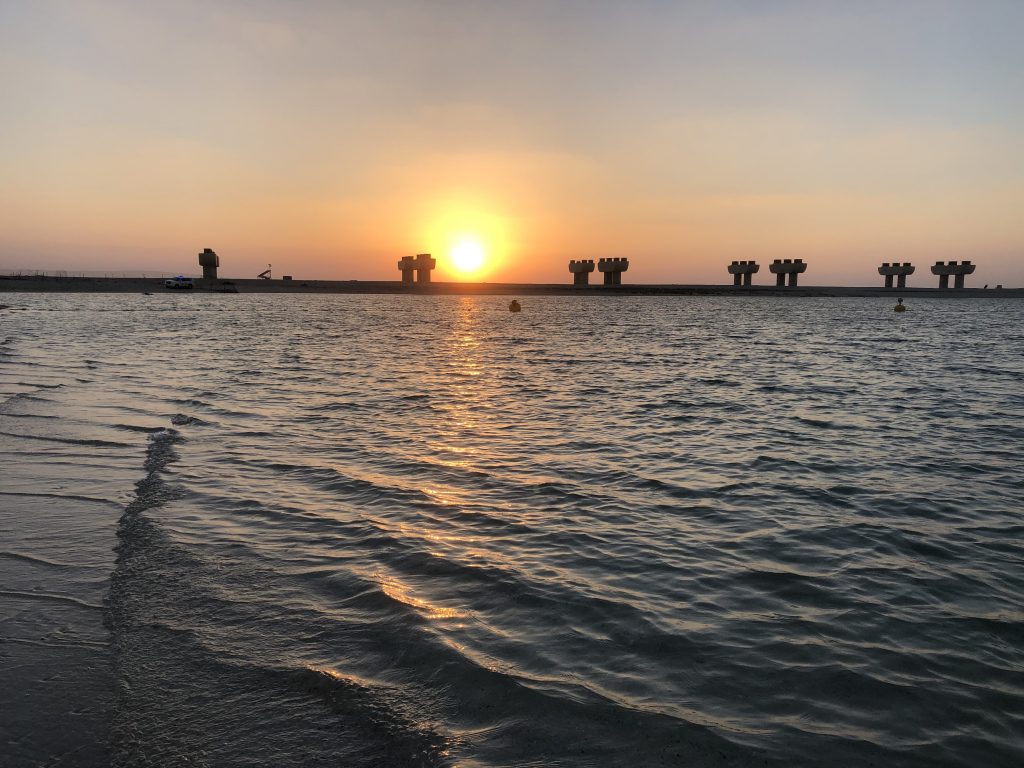
8 March 2021
Today I viewed an online documentation of a film installation, Being Human, and then listened to a discussion with the artist who created this work, Christopher Kulendran Thomas and assistant curator of Guggenheim, X-Zhu-Nowell (Monday 8 March, Culture Summit 2021in Abu Dhabi, UAE). I have given more thought to identity, specific cultural identity as seeing it as being fluent – it carries the past, which we can call being, but it also carries the future with possibilities – in this case, of becoming of change of transformation. In this I do understand it as being dynamic on the one hand, but also dependent on the powers of ideology in a larger geopolitical framework. In art, contemporary art I feel it is important to question being detached from difference. It reminds me of Deleuze and Guattari who sees subjectivity as a permanent process of becoming – saying it has no beginning or end, always something in the middle. They see the danger of identity (like division between classes, race and sex) as the conditions of domination and repression. Becoming is also temporary (fleeting moments?)
I believe my walking has brought home a stronger sense of involvement and process versus having a finished product. I am aware of my need to learn from other art practices, such as printing, which could even include screen printing on fabrics, doing pottery to use as part of installation ideas.
Artists whose practice I have looked at and learn from during this part of the course:
Richard Dieberkon
MOMA The Drawings of Richard Dieberkon (1988) – I have found access to a pdf document (213pages and published on the occasion of the exhibition
“The Drawings of Richard Diebenkorn,” organized by John Elderfield, Director, Department of Drawings. Here drawing and how the artist use this as practice is discussed in detail, with images of his work. The author states that it is assumed that drawing has the ‘reputation of being the most spontaneous of the visual arts” (Moma pdf, p 14) and under the heading, Thinking in Drawing and refers to drawing as being central to the artists achievement. I have recently discovered that by drawing daily I really improved my practice in terms of skills and development of works. From discussions mentioned in the book with the author it becomes clear that Dieberkon saw drawing as a very personal exploration of a temporal experience. ” Drawing can be re-traced. A work that is built from drawing is built from the history of its own making; it is its own autobiography. In Diebenkorn’s case, his drawings proclaim their history. He tells us frankly what it took to bring each drawing to its conclusion. ” (p 15) It is discussed that he is a painter, thinks foremost in paint (chroma and pigment) but drawing is of major importance – the thinking that happens as a main activity, and when he swaps his brush for a charcoal to draw onto his work. In this way the activity of drawing sustains the activity of painting by forming a contrast and complement to the spreading of areas of paint – a form of accompanying progress of a painting.
One can almost say that the drawing onto his paintings, articulate the subject and his intent.
I was particularly interested in his abstract development of his work – how his ideas became more abstract and how he used drawing in this development.
Below is a long ‘extraction’ from the document – I feel it is important as here lies so much I could learn from:
“But in the first abstract and particularly in the representational period,
they proliferate in their hundreds. In the first abstract period, these quickly conceived drawings are essentially spontaneous inventions; in the representational period, spontaneous records of observation of the model. In either case, success or failure is immediate and irreversible. Many do fail. For Diebenkorn, it seems, the quicker the line, the less meaning it attracts to itself along its course. In one important respect, however, whether they succeed or they fail is entirely beside the point. Progress in art is the result of risking incompetence, of taking such chances that failure is often inevitable. The important thing about these drawings is what the artist learns in making them.
By making hundreds of these drawings, Diebenkorn learns what constitutes his identity as a draftsman, what is habitual, what particular marks and movements seem most personally felt. In the first abstract period, he additionally learns about composing a surface, about pattern and movement across the surface, and about line—how it will be seen to refer in certain circumstances and configurations and not in others. In the representational period, he also thus accumulates knowledge of his models, learns which poses he finds most revealing, learns which models can best stimulate that revelation. These spontaneous drawings therefore exist in their hundreds for their occasional epiphanies. But they also exist because that is what an artist does, enjoys doing, and does for no other purpose than to keep active as an artist; for the craft and the ritual of art.” (p20)
Haecceity. (Quiddity inwardness, essence. Gist…)

Haecceity is a term from medieval scholastic philosophy, first coined by followers of Duns Scotus to denote a concept that he seems to have originated: the discrete qualities, properties or characteristics of a thing that make it a particular thing. Wikipedia
Going back to Deleuze and Guattari. Use the ideas below to critique own ideas
becoming-imperceptible opens the potential of the unforeseen and the unpredictable and in this sense creates the conditions for social and political change. Of course, some feminist thinkers and artists might have reservations about this strategy, saying that becoming-imperceptible leads to abandoning the feminist struggles for recognition and visibility. But the crucial thing here is to detach oneself from the old logic of molar stratification and move toward the flux of molecular becoming that can engender bodily modifications, political changes and artistic innovations. Deleuze was very conscious about this when he pointed out that “female authors, female directors, do not owe their importance to a militant feminism. What is more important is the way they have produced innovations in this cinema of bodies, as if women had to conquer the source of their own attitudes and the temporality which corresponds to them as individual or common gest” (Deleuze 2008: 189). In this sense, the becoming imperceptible can be seen as a practice of experimentation working on several levels: first, it is an attempt to abandon the anthropomorphic forms and defined gender identities and replace them with molecular transformations; second, it is an attempt
to abandon the old forms of representation and open the space for the crystalline regime of virtual images, creating and recreating the world. Even if such a politics of becoming-imperceptible does not belong to a safety zone and is not necessarily a successful visual strategy, it can equally disintegrate into chaos or it can make an unforeseen and unpredictable leap to a new social and political order.
(Audrone Zukauskaite 2015 Politics of Imperceptibility Philosophy Post-Feminism .pdf downloaded Baltic Screen Media Review, 2013. Volume 1)
Hanne Darboven
11 March 2021: Hanne Darboven (research on internet – to continue and work on)
In 1966 Hanne Darboven (1941–2009) moved from her native Hamburg. Her art practice centered on the serial inscription of numerical calculations derived from the Gregorian calendar and participating in foundational exhibitions of Conceptual art. After returning to Hamburg, Darboven lived and worked in her family residence while maintaining close connections to fellow artists in New York, particularly Sol LeWitt, with whom she exchanged letters until his death in 2007.
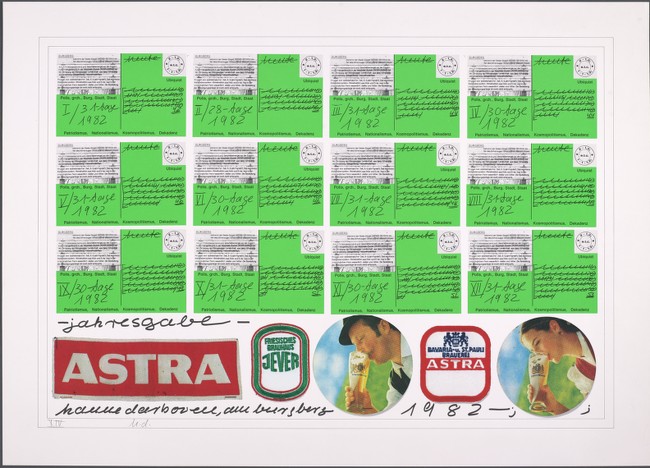
Look at her work :
- how her art engage and reconfigure the calendar and the postal system as a cultural techniques for the spatial and temporal organization of the modern world.
- Signs indicating her home address, Am Burgberg 26, came to figure in Darboven’s work in the 1970s,
- her art expanded to include the diversity of textual and pictorial materials which incorporate personal letters, picture postcards, and illustrated news magazines.
- One sees a disruption of cultural norms for the representation of time and place, due to or in response to the difficulties of reckoning with recent German history.
- Her research led to her creation of increasingly minimalist works.
- The construction of her abstract drawings soon came to rely on geometric or algebraic operations (addition, permutation, inversion).
- She played an important role in the development of conceptual art in the United States: this movement supports the idea that the essence of an artwork is its intellectual content and that the clear formulation of the project of a creation suffices for it to exist in the fullest sense; this affirmation is closely linked to a rejection of the production of objects (paintings, sculptures).
- In 1968, after the death of her father, she began work on dates, which she transformed through the calculation of the horizontal sum, in unique digits known as “K-Wert” [K-values], with the aid of her Konstruktion (a system for extracting a digit from any given date). I saw the work and tried to make sense of the values (added up to 18, looking for collerelations?)
- She eventually abandoned the correlation between numbers and drawing, and theorising the passage of time was to become an essential element of her œuvre.
- In 1980 she revived the musical practice of her childhood and started to correlate digits and notes.
- By know rewriting played a major role in her work.
- From 1975 to 1982, she undertook Schreibzeit (“writing time”): 3 000 pages arranged into seven folders, the majority of which comprised passages from widely varying texts that she transcribed by hand.
- She included excerpts from contemporary newspapers and magazines (notably the weekly paper Der Spiegel), but also aphorisms by Georg Christoph Lichtenberg.
- Beyond the choices that she established, her personal interventions in theses texts were very rare. Through this assemblage, she aimed to show the imbrication of art and politics, from Bismarck through to the consequences of fascism within the young Federal Republic of Germany. But it was not a question of merely writing out texts word for word. She often replaced “units of meaning” by undulating lines.
- One can come to the conclusion that the temporality of the gesture of writing predominated over the constitution of any meaning that would be expressed by the words.
- Her writing projects became explicit tributes to philosophers (Evolution Leibniz, 1986), to inventors, to statesmen (Bismarckzeit [Bismarck], 1978), or, to artists (Homage to Picasso, 1995-2006; Quartett’88, 1988-1989,
- She also dedicated works to four women: Gertrude Stein, Virginia Woolf, Marie Curie, and Rosa Luxemburg); finally, sometimes even to ideas (human rights, the city of New York, the ideas of the Enlightenment).
- “I see myself as a writer, which I am, regardless of what other visual materials I may use. I am a writer first and a visual artist second.” This is apparent in her work which features, over and over, her own handwriting in which she transcribes the writing of others, including Homer’s Odysse, as well as work by Sartre and Heine. This project is reminiscent of the scribing of God’s words by monks. Performed in a dimly lit scriptorium in a monastery, this work was done for the sole purpose of creating an imprint of God’s words upon the soul of the writer. In his book Cassiodorus (1979),
- Darboven’s practice was to scribe every day for hours — just as a monk would, as if in silent prayer. This act of scribing might also be likened to a Book of Hours, of making one’s own private Book of Hours.
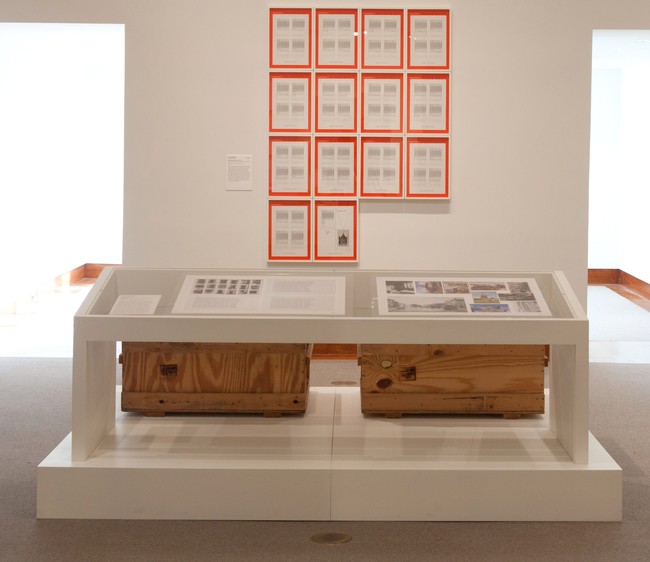
The work above juxtaposes materials from her art with materials variously related to historical events and everyday occurrences that took place during the period framed in the work’s title. One of these panels displays a grid of New York City doorways borrowed from a conceptual art project by the American artist Roy Colmer, who photographed the doorways in 1975 and paired them with a typewritten index of corresponding street addresses. The other features a grid of picture postcards, many from locations important to Darboven, including the Harburg district of Hamburg, where she lived, and Denmark, where her mother was born.
What can I learn?
Here is so much – I feel my tutor has really directed me to someone I find to intriguing – as I feel I am always onto things – going down rabbit holes that interest me and I have not really found a way in my art practice to relate to this ‘trait’ of me.
- She aligned her own history with her interest in the writing of history. I can see ways I can learn from this.
- Dates which was important brings in a notion of temporality in her work, always a link between her own and that of world history. I see how this becomes more interesting for a viewer who can almost trace back to the origins of the work.
- There is tension between personal time and the overall passage of time – choices of highly personal or emotionally charged subjects and how she treats them in the almost mechanical works.
- Working in this way – reminds of part 1 where we looked at exercises in self restraint – doing a series or repetitive work, like a personal quest. I remember my tutor wondering if I see repetition as a form of ‘punishment’.
- Everything is very rooted in the daily life, the things she collected and kept around her, place could be seen as her home (happenings which we all endure – the joys as well as the sufferings) – and connected to the passage of time
- The temporality of the gesture of writing predominated over the constitution of any meaning that would be expressed by the words.
My tutor also suggested I look at Rebecca Horn’s work, who is best known for her installation art, film directing, and her body modifications. I read that her artworks explore the relationship between the human body and its surroundings, political and historical memory, and human vulnerability.
She has a large collection of works which spans over her lifetime of working. I looked at Einhorn (Unicorn), a body-suit with a very large horn projecting vertically from the headpiece and other works.
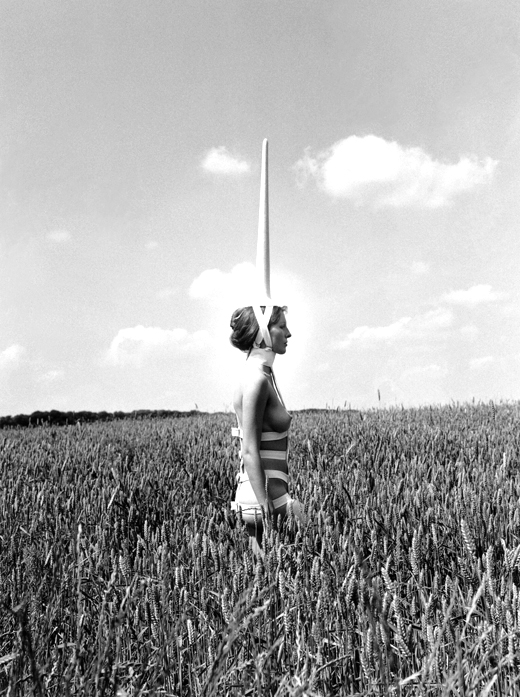
The unicorn was a medieval symbol for purity, chastity and innocence. This work was designed for a performance by a friend of the artist. Horn wrote: ‘the performance took place in early morning – still damp, intensely bright – the sun more challenging than any audience… her consciousness electrically impassioned; nothing could stop her trance-like journey: in competition with every tree and cloud in sight…and the blossoming wheat caressing her hips’. This account emphasises both graceful movement and the element of self-exposure that is often found in Horn’s work.
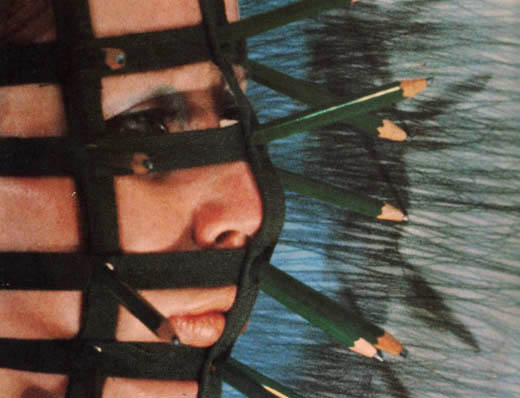
Strapped around the face, this mask transforms the wearer’s head into an instrument for drawing. Horn has described wearing it: ‘All pencils are about two inches long and produce the profile of my face in three dimensions…I move my body rhythmically from left to right in front of a white wall. The pencils make marks on the wall the image of which corresponds to the rhythm of my movements.’ The spike-like pencils make this one of Horn’s more threatening works.
Walking as an embodied experience and placed in context with Transformation
Looking at what I have been doing to bring my walking into my art practice has made me aware of how I use my body to relate to experiences of daily life. I focussed on awareness and ecology of place but also how it makes me feel. In the last part of the course about Transformation I became aware that many bodies that walk, do not always do it for experience or pleasure, it can be the only way to survive or caring for your family – low paid laborers walking to work, migrants fleeing from war zones, women having to walk to fetch water, gather wood, find food…this list is endless, as well as the difference in circumstances of how that walk takes place, things like safety, accessibility comes to mind.
I became aware of place as an embodied phenomenon, and in areas where the history of a place was destroyed (war/apartheid forced moves of communities to other areas) oral histories and personal attachments give people a sense of place. In a recent workshop with OCA we looked at the work of Ebony G Patterson. Her work, “While the dew is still on the roses“, was discussed and we were encouraged to learn about her work practice, the narratives, and how she uses a garden in her practice as both a space of beauty but also violence and mourning.
In listening to audio and soundscapes online, and those shared by friends, I found evidence about how people specifically relate to place as a process rather than it being a ‘biographical account of their history in place’ as Jones and Evans suggest(Rescue Geography: Place Making, Affect and Regeneration 2011)Here the authors suggest that there is an inward-looking that takes place when walkers describe walks, whether it is hard or strenuous or just leisurely strolling. Place in their research was mostly around urban surroundings and they outline an idea of ‘rescue geography’ as a technique for capturing the embodied relationship between communities and urban spaces prior to redevelopment. They concluded that “capturing existing place association can help to create more authentic regeneration schemes which respond sympathetically to landscapes already soaked in affective connections” (2011) Markus Hallensleben suggests that there is a growing awareness of the performative relation between body and space, as it can be observed in feminist or materialist studies. (2010)
Can I make my practice a more embodied experience?
Sunday 14 March 2021
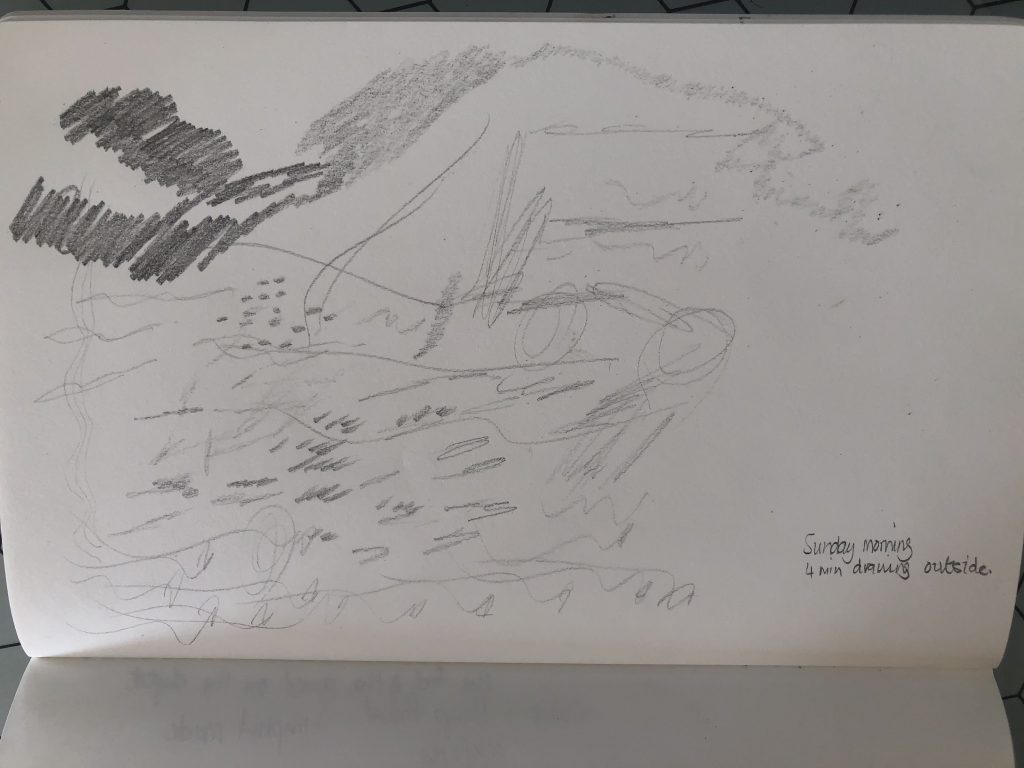
Drawing sound 4 minutes 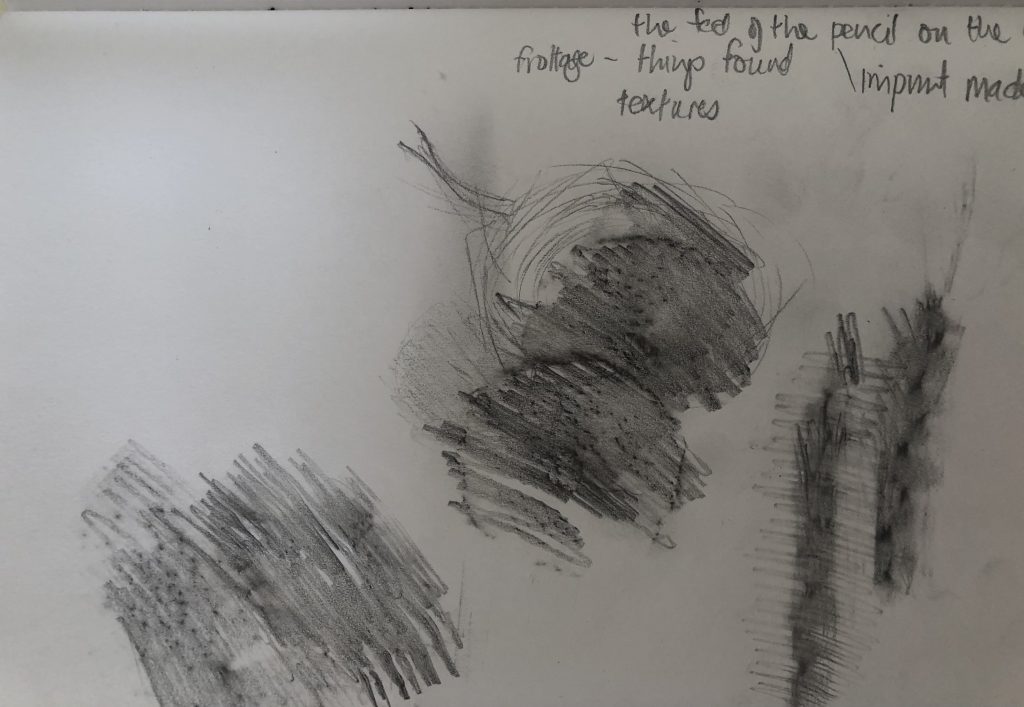
Frottage as imprint of things found on walk 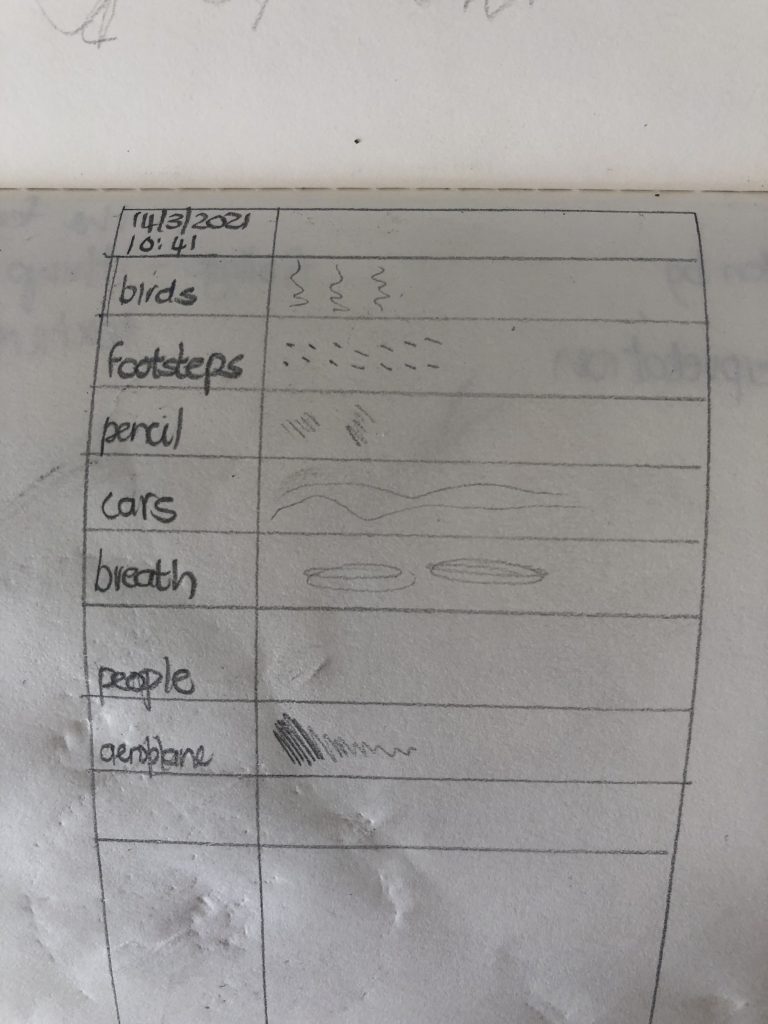
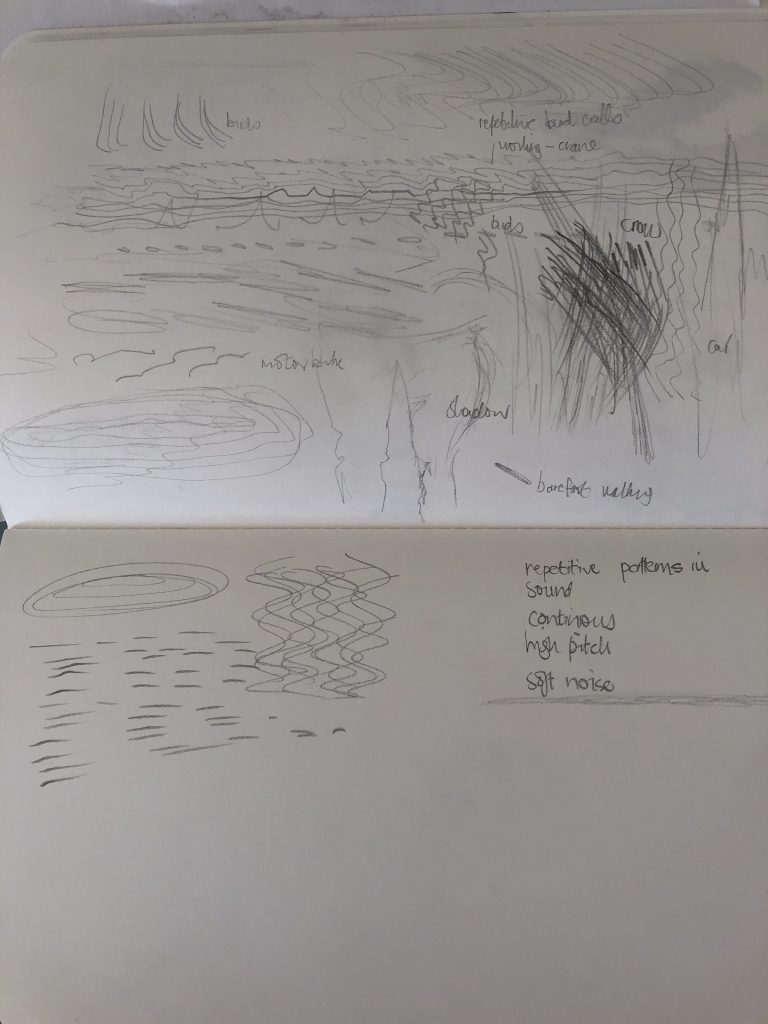
Thinking about the idea of documenting this process: daily photos of drawing, add time, place, and notes if any. I was more aware of sounds that are monotonous, repetitive, ongoing noise which has low and high pitches, sudden sounds, and background noise. Different birds were more prominent today – the crows were noisy, as well as a big crane working to ‘plant’ electric road lights coming into the compound. This made me aware of changes to the landscape – more development and how it will change over time. I wondered if my husband comes back after 4 months what difference would he notice.

I can document the sound experience by taking a writing tool and paper and use mark-making whilst I walk. I can document the place (GPS Coordinations), duration, date, and sounds heard, and identify marks used. I would like it to be spontaneous as well as have a form of research based in documentation of what happened.

This is such a flat landscape and only the trees around the compound can act as a sound buffer. During the drawing, I become aware of certain sounds that are constant, like car noise from the big motorway, which is about 8 km from our compound, and I felt to make lines that are weaving – background and how after a time one starts hearing other sounds which is pleasant and that the background moves to the back of the awareness of sounds. People living in cities are constantly exposed to noise if they walk outside or open windows/doors. I value quietness in my surroundings. I did the above drawing from sounds outside my studio – in the first one I walked on the patio and for the next drawing I sat down in my studio – the sliding doors are wide open. I felt the session made me mindful and aware of place. The flow of noise can make lines of texture, soft/hard on a drawing. I also wonder if I should look into the corporeal capacities of the body? I know that there have been studies looking at how music affects the body in that the sound triggers reaction by the body (embodied reaction?) and possibly also our sense-making of place/space? (look at: https://www.brown.edu/Departments/Joukowsky_Institute/courses/archaeologiesofplace/files/7168399.pdf)
During above drawing I considered rules:
- making smaller drawings,
- I decided that I can only lift my pencil if I am ready to move/draw a different sound.
- Make 2 drawings, one whilst walking and the other whilst sitting.
- Consider a blindfolded drawing when inside
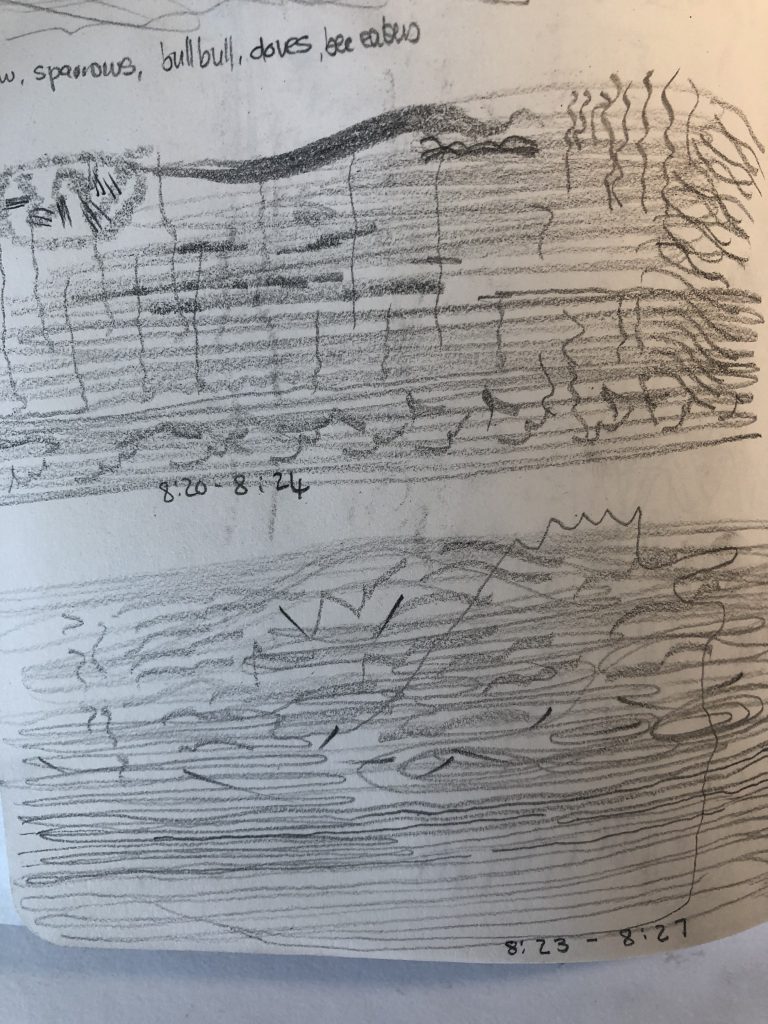
Sound drawings of 17 and 18 March 2021 whilst sitting in studio 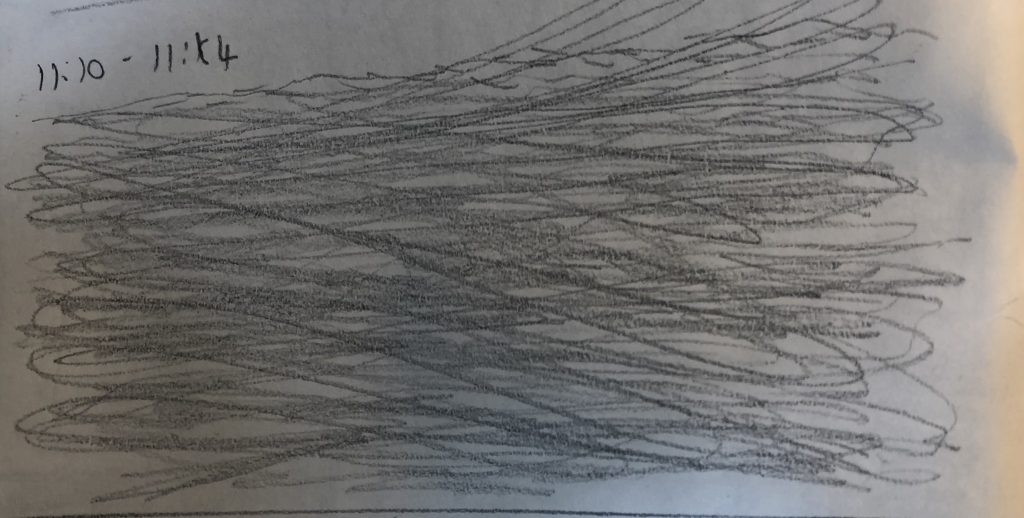
Sound drawing along the beach 17 March 2021
My research in article suggest (2011: 856) suggest in walking interviews that ‘rather than place being bounded, inward-looking and resistant to change, place becomes a dynamic concept, interpenetrated by connections to other social and economic worlds’ (2012: 2320). As opposed to a point on a map that is circumscribed, place becomes porous and emergent.
How we think about space/place: O’Neill (pdf Corporeal Experience: a Haptic way of Knowing, p 3-4) writes about haptic perception which is a psychology term to describe a holistic way of understanding 3-dimensional space. Haptice comes from the Greek term, which means to lay hold of. So is describes various sensibilities of the body in its ways to position itself within a space or position. So is much more that just a visual spatial perception, it will involve the integration of other senses, like, touch, balance, sound, movement, memory. Apparently James Gibson, a learning theorist stated that these have been overlooked by researchers as they are not ‘namable sensations’.
A question that came up: what is a humanistic geographer?
“Humanistic geographers offer us insight into the dynamic and deep-rooted relationships between people and location that are reflected in their topistic perceptions. Our understanding of space is influenced by the passage of time and our actions and interactions with an environment over time. A “time-space routine” is a set of habitual kinesthetic behaviors that take place in a locality over an extended period, according to geographer and environmental behaviorist David Seamon.15 He describes a set of integrated move- ments that support a particular task or larger aim as “body-ballet,” and suggests that when this is fused in location with a time-space routine, it becomes “place-ballet.” Tuan suggests that topophilia (love of place) demands total physical engagement with the land, and that, through the repeated occurrence of ordinary events, one can accumulate a strong sentiment for a place.16 The significance of participation and reciprocation in haptic sensing is reinforced by Paul Rodaway:
Focusing on the dimensions of touch in individual experience also reminds us that this geography is always, ultimately, in reference to . . . our body, and each space and place discerned, or mapped, haptically is in this sense our space and because of the reciprocal nature of touch we come to belong to that space. In this sense the sense of place is grounded in the participatory quality of haptic geography.”
Later in the article:
“Some people, for example, are more tactile or kinesthetic, some are more visual, some rely heavily on positiv e
reinforcement from other sources, and some depend upon learning by trial and error. Rodaway establishes that these sensibilities are indeed culturally variable, and that, in contrast to the haptic geography of Japanese and Arabian cultural behavior and urban space.” According to O’Neill Americans in general reflect “a greater reliance on visual cues in the environment over tactile ones.”
https://www.brown.edu/Departments/Joukowsky_Institute/courses/archaeologiesofplace/files/7168399.pdf
Eugene V. Walter describes topistic as an adjective associated with place, as spatial is associated with space. The term might be thought of as placial. Placeways: A Theory of the Human Environment (Chapel Hill: University of North Carolina, 1988), p. 20.
For a discussion of learning styles, see Malcom Knowles, The Modern Practice of Adult Education (Chicago: Follet, 1980) and Howard Gardner, States of Mind: The Theory of Multiple Intelligences (New York: Basic Books, 1983).
14 March 2021
On Instagram I came upon a Dutch (lives in the Hague) artist , Zaida Oenema (b 1980) whose work I really feel related too. She shared her cuttings which will form part of a dyptich. I could see drawings in the background of the image, which she said will be ‘transferred’ to the cutting (by drawing). It intrigued me and I felt I want to read more about her work when I find the time. I feel this is the right time to do a short research into her work. On her website I read the following: “Since her graduation in 2009, Oenema slowly let go of photography and video-performances. Now she makes drawings with varying tools and materials from pencil and biro, scalpel or soldering iron, to wood and resin.”
I tried to observe one of her recent works closer by on her website. It is called Field (shadows) and is a Paper cut-out, cut with scalpel and drawn on with graphite, on 225 grams paper. 50 x 65 cm each. The piece consists of 3 works, see 2nd image below.
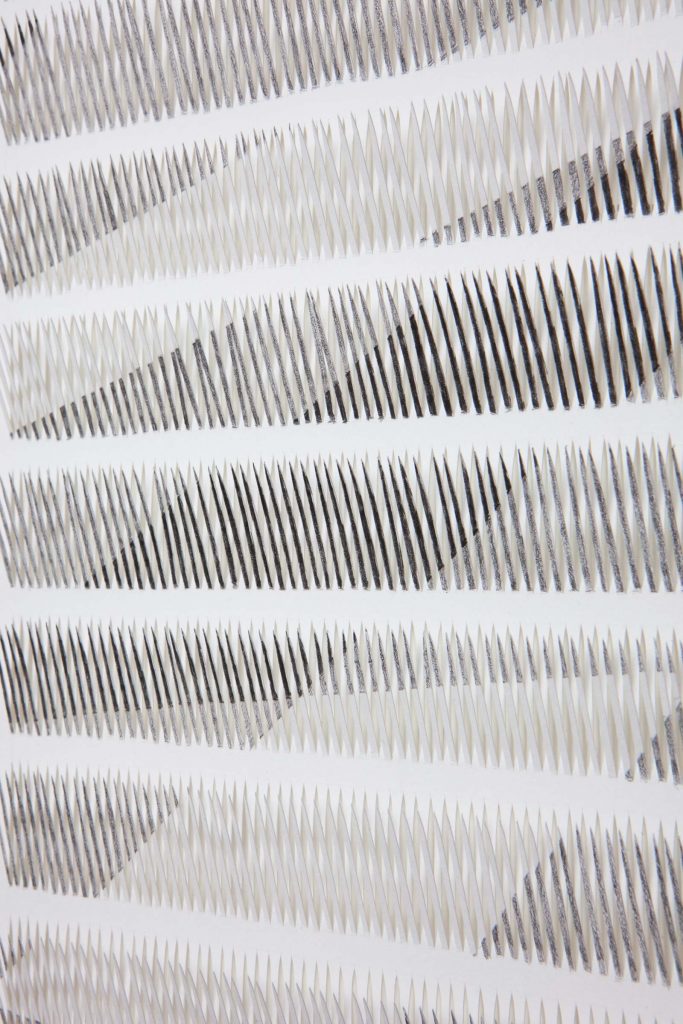
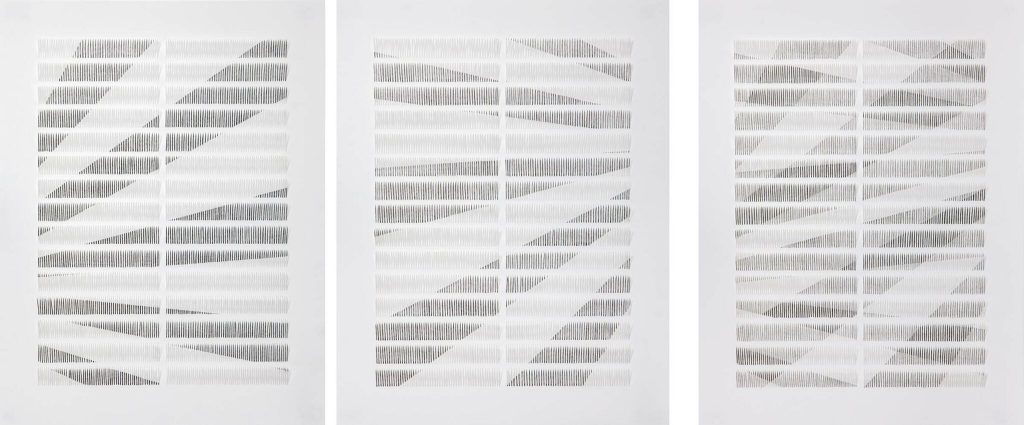
I presume the images are shadows as thrown on window blinds. In Dutch she calls the work, Luiken (windows?)
In duo-tentoonstelling The Sound of Silence laten Zaida Oenema en Lenny Oosterwijk fotografie, knipsels en tekeningen zien die geïnspireerd zijn op de natuur.
De gedetailleerde tekeningen van Zaida Oenema zijn gemaakt in een stressvolle periode. Haar verlangen naar een uitweg naar stilte groeide in hoog tempo. Stilte in letterlijke zin van het ontbreken van menselijk geluid, maar gaandeweg ook een verlangen naar stilte als een equivalent van rust en vreugde. In de knipsels gaat Zaida Oenema een stap verder en probeert ze niet zozeer de plek of het verlangen naar zo’n plek te tekenen, maar zoekt door het minutieus werken met een scalpel als een een vorm van concentratie-oefening de stilte op.
Reflecting:
I feel I have come nearer to a place of doing/working. I realize in art there is a lot of theory, history, conversations about and around art and its influence on culture, and therefore also on social movements and transformations. I think the fluidity of this is now much more obvious it becomes the doing, or making of art and social action. I am asking myself if I am correct if I look at this practice within art, as experimental? I feel art is becoming part of the sharing experience as well as reaction to global social injustice. I had an issue with taking a moralistic view on social/political questions I would like to address in my work, and think that through social interaction with community groups I can become part of a transformation process. I think we live in an era, due to pop culture, media, social network media that everything must or should become ‘viral’ (hastagged), but here one find a place where you create sustainable value in a process.
Hallensleben, Markus (2010) Performative Body Spaces, Corporeal Topographies in Literature, Theatre, Dance, and the Visual Arts, Markus Critical Studies, Volume 33 p14 https://www.semanticscholar.org/paper/Performative-body-spaces-%3A-corporeal-topographies-Hallensleben/d3e3d71554289958be2a868aad4ea0993416449c (accessed online on 12 March 2021)
Jones, Phil, and James Evans (2011) “Rescue Geography: Place Making, Affect and Regeneration.” Urban Studies, vol. 49, no. 11, 2012, pp. 2315–2330. JSTOR, www.jstor.org/stable/26151001. Accessed 13 Mar. 2021.
16 March 2021: I have enrolled on a Coursera course, Art of the MOOC: Activism and Social Movements today. The idea is merging public art and experimental education. I will have to make social projects and my online tutors are Pedro Lasch and Nato Thompson.
The course contains an introductory model (week1), and 3 sections focusing on a specific topic. Section 1 is Activism and Social Movements (week2-3) and Section 2 is Aesthetics, Art History and Cultural Institutions (week 4-5) and Section 3 is Embodied Knowledges (week 6-7). There is a Facebook page for community/student learner use as well as Forums where peers and course instructors interact.
